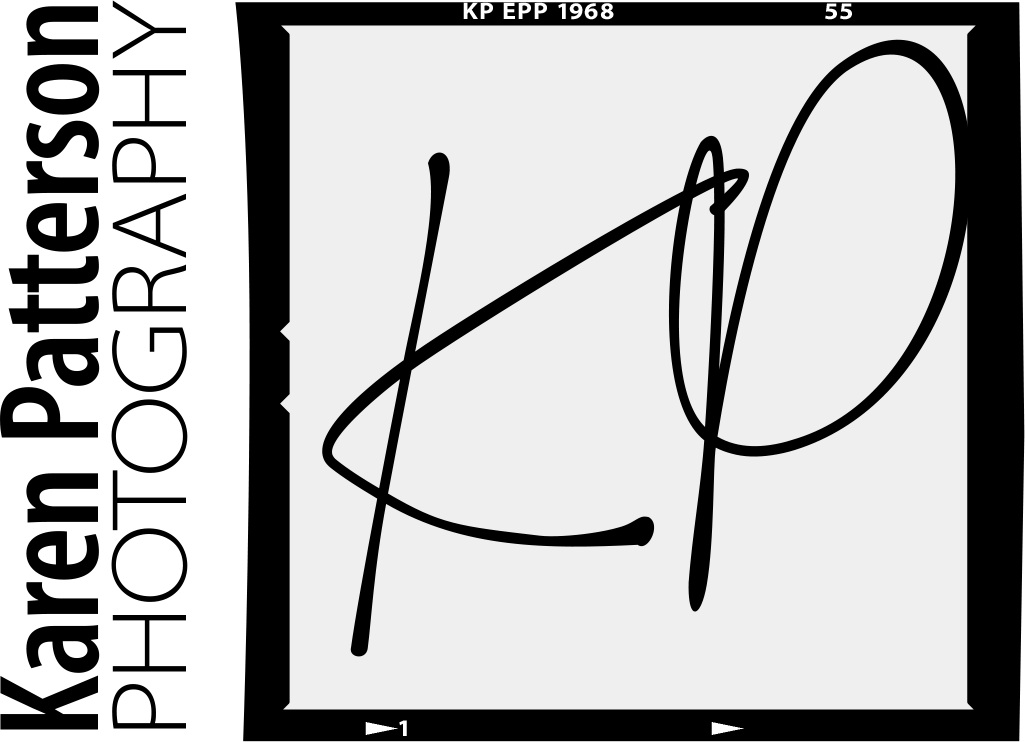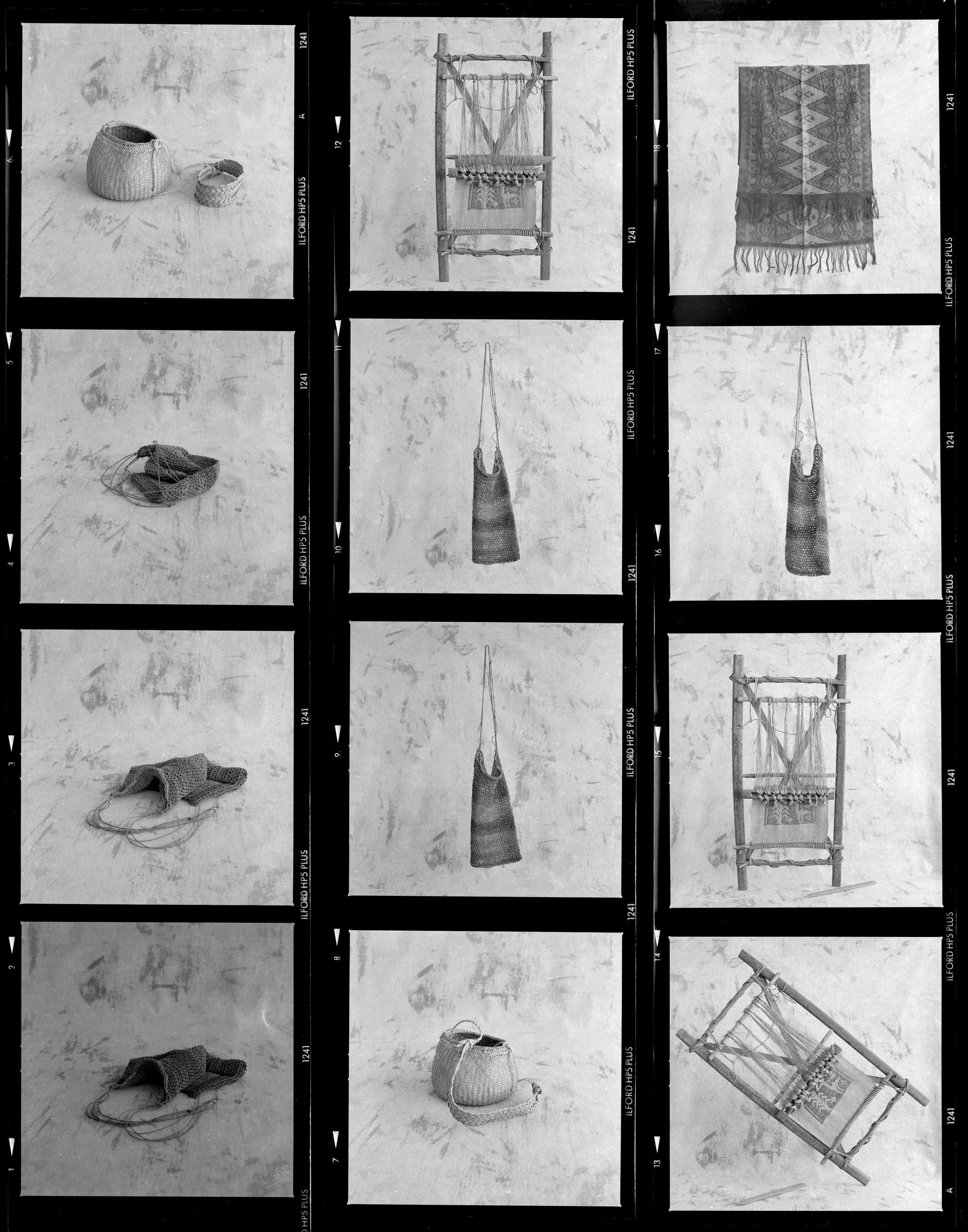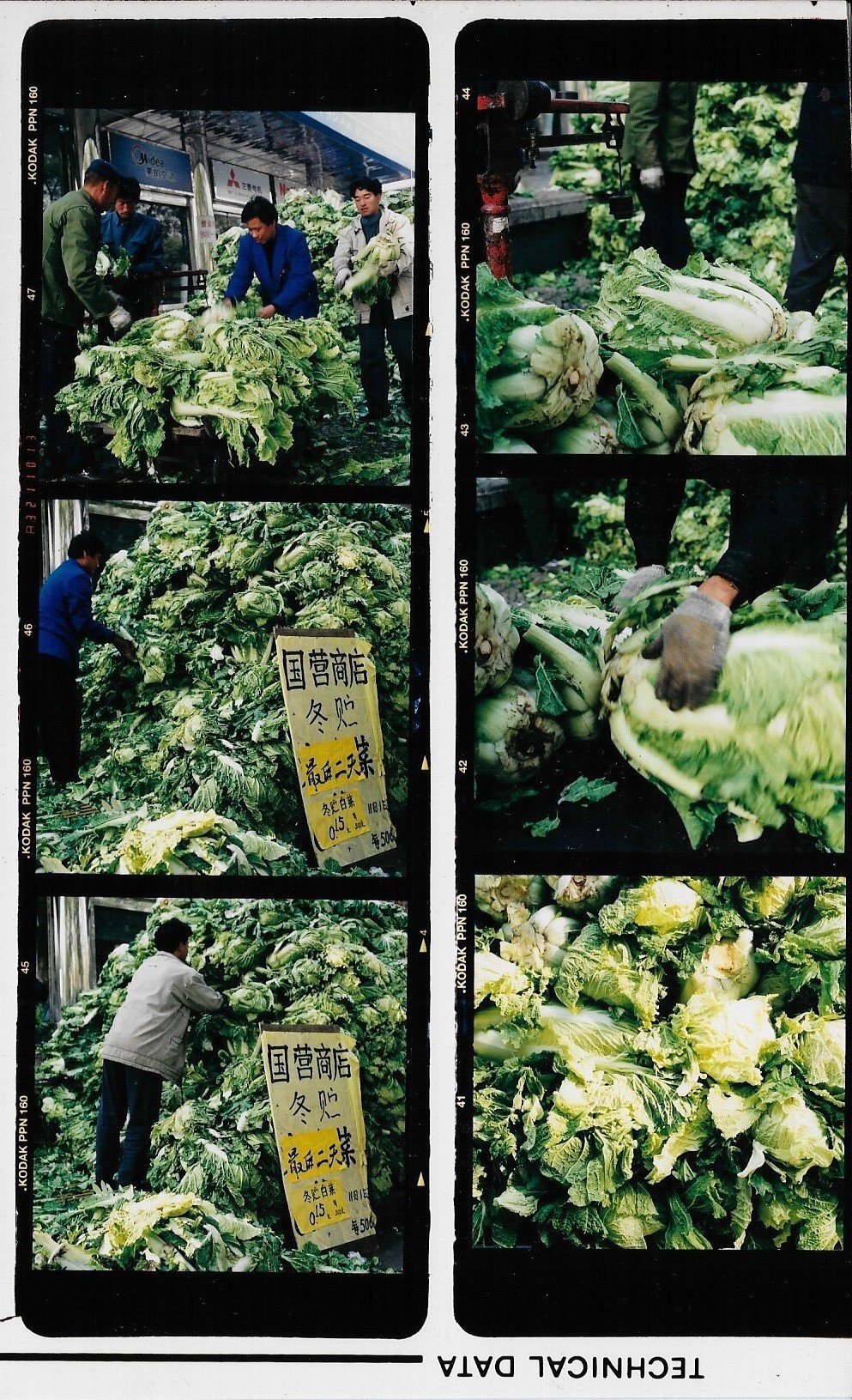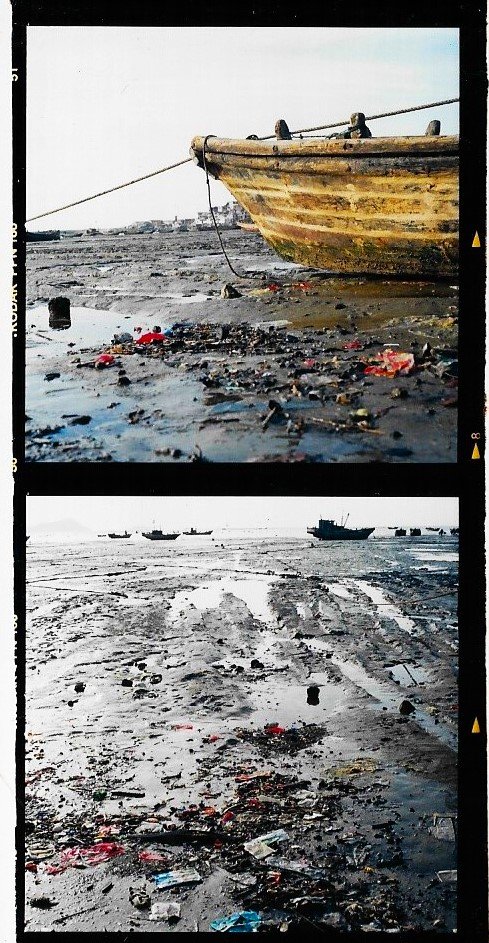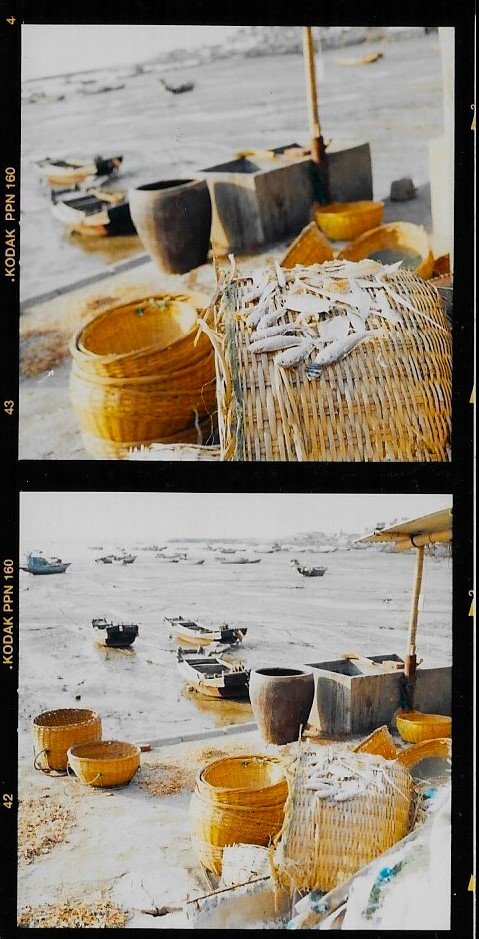Projects
Over the course of my interest in photography, I have enjoyed creating art works that tell a more specific story or illustrate a concept. Some have attracted the attention of curators and buyers, and others have not. I do not go into a project with an end goal in mind necessarily; sometimes it just happens and is about having a camera in my mind or hand at the time. I like the fine-tuned focus that is required for a project, but I also just like going out and capturing that which catches my attention. Key for me is to be open and nimble with timing.
Mazatlán, Mexico
The Malecón
The malecón is a place that never fails to inspire me, and I'm sure that it amazes everyone who visits it. Whether you're walking, cycling, rollerblading, skateboarding, or driving by in a Pulmonia, bus, or a 'human cattle car carrier' - also known as a practical los caminones, the experience is always unique. I've walked along it and cycled its full-length multiple times. Each time, I discover a new or interesting perspective on the sea, the beach, and the abundance of human and animal life - don't forget the many dogs accompanying their owners! There is so much movement to see 365 days of the year that saying there is a lot to see is an understatement.
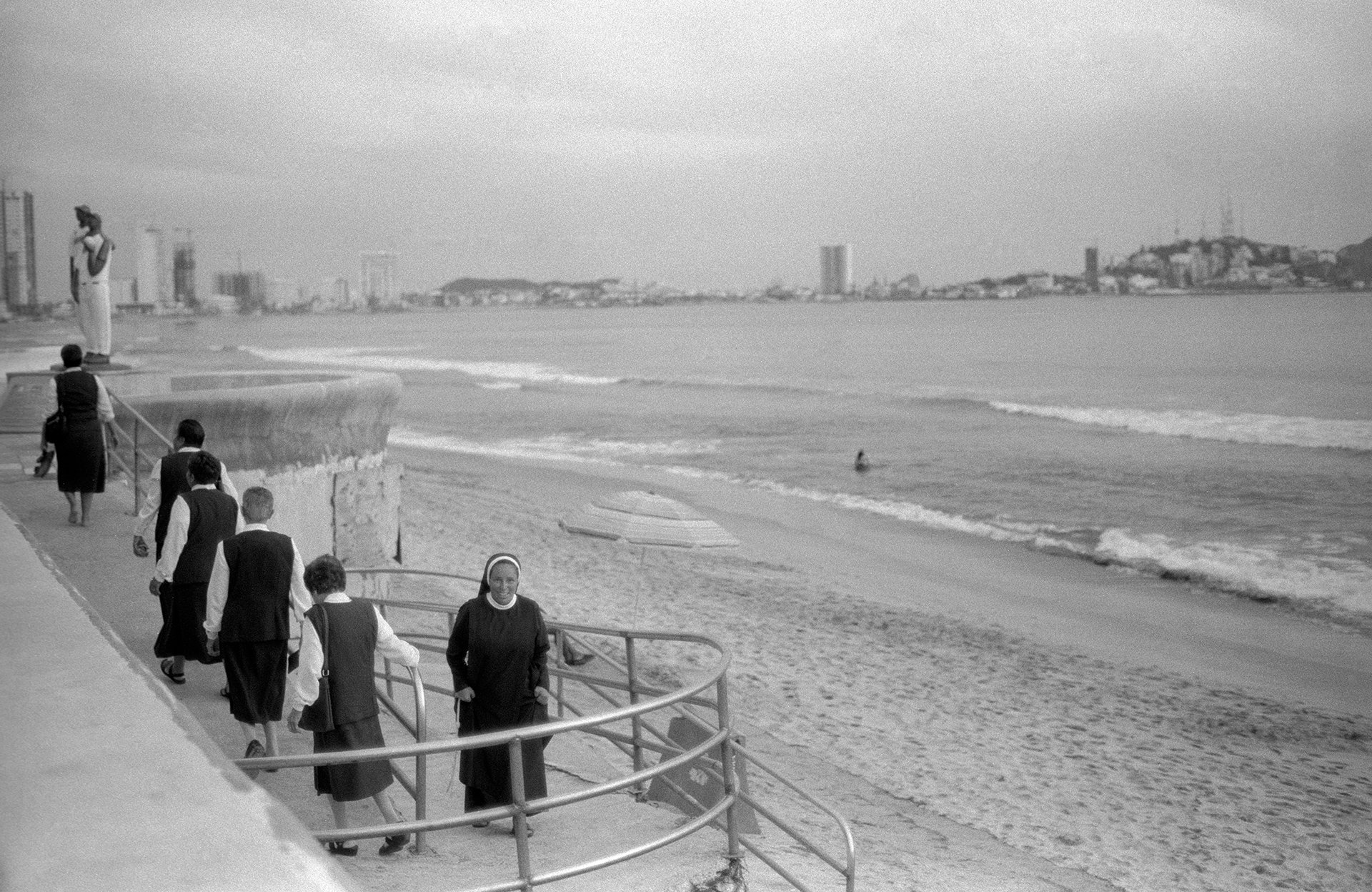
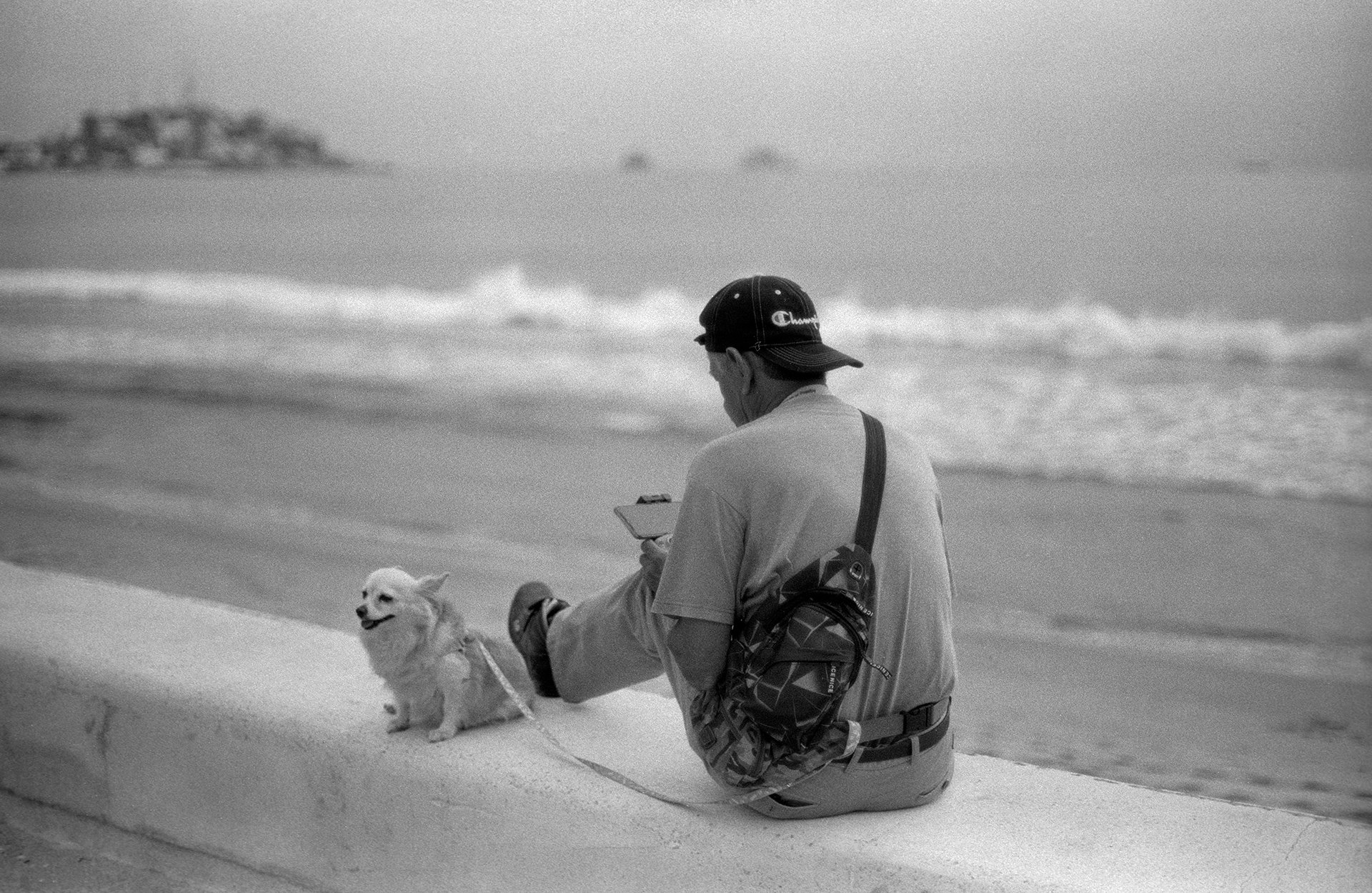

The Pino Suárez Market
Markets in Mexico are an integral part of the local culture, providing a vibrant space for buying and selling goods while offering insights into daily life. These markets offer a wide range of products, and you'll likely find everything you need here. The market has a rich history as a cultural and economic hub, which is worth exploring in more detail. Despite the many grocery options available, the market has retained its original purpose and remains a vital part of the Mazatlán community. So, take your time and enjoy your visit!
Garden Pots
It is easy to notice that Mexicans have a great love for gardening, plants, and growing things. With a perfect temperature and light for a wide range of flora, an abundance of greenery is common. Even those without a large yard can still enjoy botanical beauty by using clay pots to create a portable garden. It is common to see fruit trees growing out of balconies or patio pots. These aesthetically pleasing pots and their lively contents deserve to be captured in portraiture. The wall behind them, with its peeling paint, adds an additional layer of beauty to the scene.
Maguey
In the lovely park near where I live in Mazatlán, there is a private grove of maguey plants growing on a patch of grass, which are well-tended by the landowner's gardener. I find them fascinating as they have spikes but seem so gentle compared to an actual cactus. The bluish color of the maguey plant is also intriguing as it has influenced the colors used in Mexico for thousands of years. I decided to capture them as portraits as part of a larger study, as they are so expressive from a wide variety of vantage points and camera angles. I also read that the maguey plant offers many benefits to humans.
Agave was an important resource to many native Americans, however, it was the people of the central valley of Mexico that venerated the wild succulent for its diverse abilities to provide food, fiber, shelter, paper, soap, and a ritual drink known as 'pulque' for the ancient civilization of Teotihuacan, the City of the Gods.
— Maguey: A Sacred Plant in the City of the Gods
After reading this, I was reminded of the bison that roam the plains, even though it's more of a comparison between flora and fauna. Anyway, these distinct plants are abundant throughout the city, and I imagine they also thrive in other parts of the province where the conditions are ideal.
Background
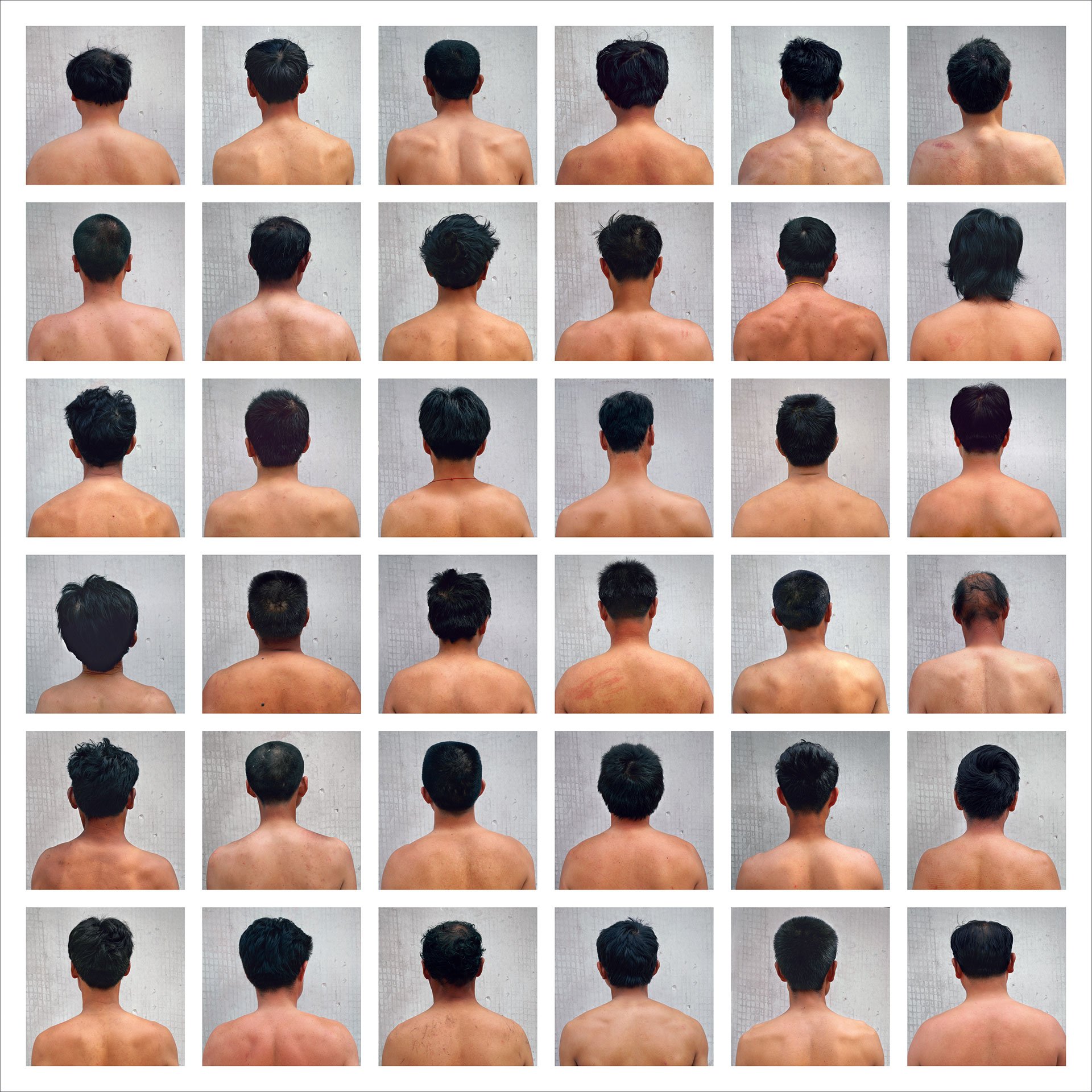
Year: 2005
Medium: Hasselblad, Medium Format, Color Photograph
Living in mainland China since the mid 1990s, I was a witness to the growth of a great nation, albeit at the expense of many poor people, lovely spaces and the changing and corrupting of the society’s values. I was particularly interested in the migrant worker population that was transitioning around the country, east to west, north to south, and back again, to build the luxury and unaffordable apartments, highways, and high-end shopping malls. Sure, they also made the lower end projects, but the irony was more in their building up of the lavish. Furthermore, many of these communities of migrant workers lived in temporary housing located on the construction site, thin walls in the summer (hot!) and winter (cold!), and crazy shift work hours! Because these people were migrant workers, following one on the heels of one construction boom after another all over the country, they did not have any residential rights or access to many resources that the local citizens enjoy, or even schooling for their child (most wives and kids stayed back in the small village or home town). They were, in a sense, faceless bodies built so that the ‘haves’ in China could continue to ‘have’: people see through them.
I decided to create this project in the summer of 2005, with the help of Wu Yuren, my husband at the time and father of my daughter, who helped me locate a construction site that had what I was looking for and negotiated an ease of acces. I did not want to just march in; so, there was a process and a compensation that was reasonable (food and water, in fact). They were shy at first, but as I photographed more of these men, they would help me wake others who were sleeping or help convince those who were too shy. It was a wonderful day collaborating with these strong men. They stood proudly and were most gracious for the time and attention paid to them and their work.
Click here for link to Calgary Herald article on “Background” at the Athens International Art Show
Click to view larger.
Biracial Doll Project
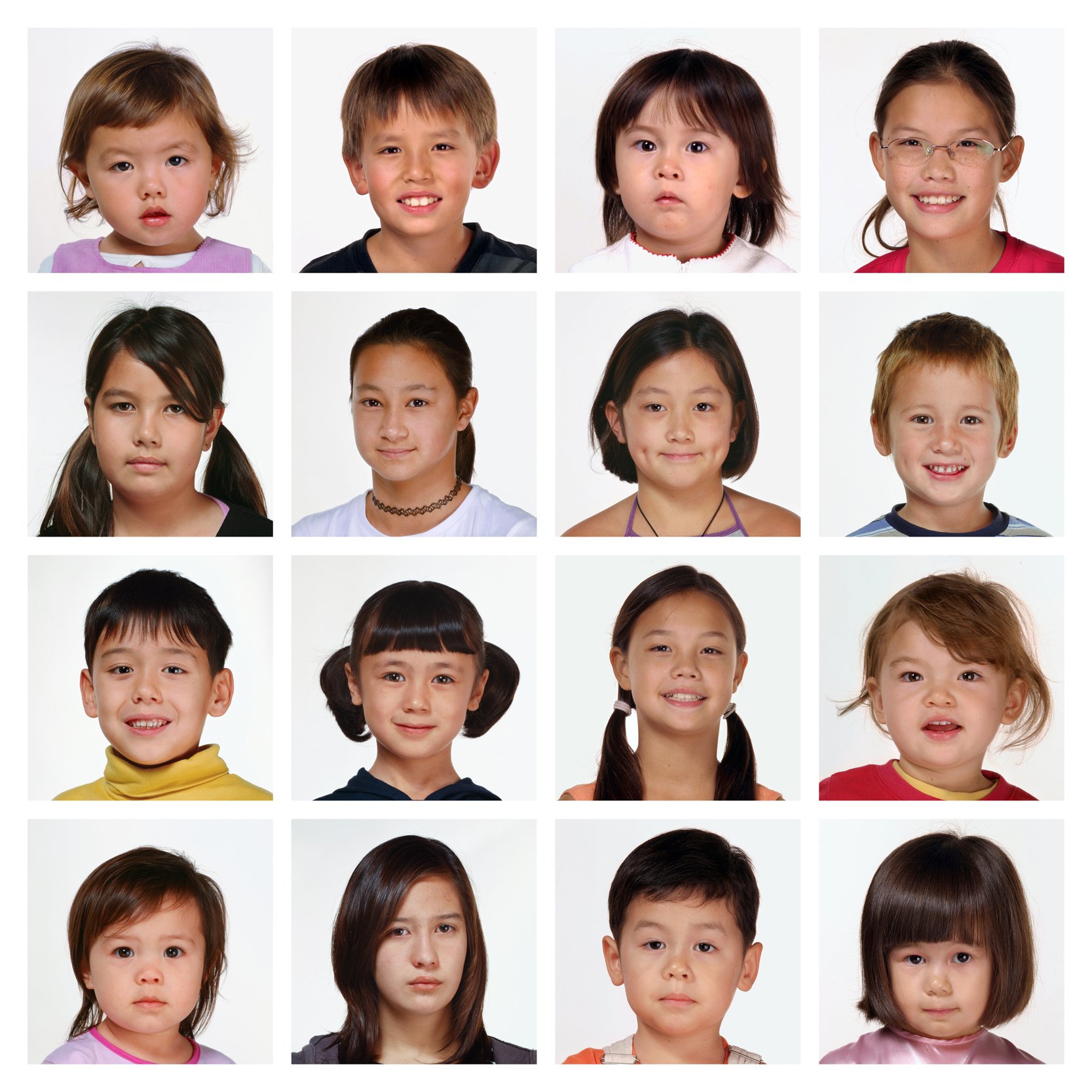
Year: 2007
Medium: Mamiya, Medium Format, Color Photograph
Of all the photography projects that I have made, this one garners the most queries. Why would I photograph sixteen kids and call it the “Bi-racial Doll Project”? It all started when I found myself in China, and pregnant with my first child. After my daughter was born, the cross-cultural ‘differences’ in how we rear and raise our children really hit me, especially that I had a ‘half blood’ baby, a lovely girl born of a Caucasian mom and Chinese dad. Pretty much as soon as leaving the hospital with my bundle of joy semi-wrapped in a pink blanket, I was bombarded with questions about my baby, inundated with unsolicited advice about how to hold, wrap, feed, clothe, ad nauseum my baby … apparently, it was a huge no-no to even leave the confines of my home within the 30 days, and so ill-dressed, and that my own ankles were exposed, surely I was going to catch a chill and perish. According to complete strangers, I was a horrible mom!
I asked other moms about their experiences of childrearing practices in China. Fortunately, I knew a dozen or so western moms in Beijing who had half-Chinese babies. I soon realized that I was not alone, as we were told directly that because our babies were half Chinese and half Caucasian, then we most certainly were holding and raising a ‘super baby.’ How so, you ask? Well, according to traditional Chinese thinking, our half blood babies were “better, smarter, happier, prettier, faster, skinnier, funnier, cuter, more intelligent, etc. ….” It was as if having a half Chinese baby was some sort of lucky talisman or something: a good thing.
Advice on how I was raising my baby was not provided by folks in our circles of friends necessarily, it was by the random passerby, the bike repair man down the street, the couple in the small convenience store on the corner, it was everywhere. Three years on, I decided to use my photography art practice to process this cross-cultural phenomenon: define it, confine it, and get control of the feelings that I was harbouring. I decided to document these kids in a single portrait, to at least show that there was wide variation in how they presented physically. Hopefully, this would provide some evidence that the kids could most possibly present differently in terms of who they were, how they approached school, sports, hobbies, and not be able to be categorized by someone’s concept of ‘super baby’: challenge the local belief that half-Chinese babies are some sort of freakish dolls. Hence, the Bi-racial Doll Project was born.
Click to view larger.
Beijing Station

Year: 2000 - 2004
Medium: Hasselblad, Medium Format, B/W Photographs
This project came about as a reflective response to my own experiences of living/working/studying in China for more than 7 years. I had chosen to focus solely on foreigners living in Beijing, as it is the community I understand, and I am connected to the most. As a foreigner in Beijing, I am intrinsically interested in what others are doing here and why they came to China in the first place...The transient nature of people’s lives here also fascinates me: everyone passes through, but their duration of stay, place of residence, and purpose for being here are varied, not to mention the culture and background that they have brought with them from afar. This is what I was interested in capturing in a single portrait.
Participants were photographed using black/white, 120mm film in a surrounding of their choice. It could be either in or outdoors and did not have to be their place of residence. As a further requirement, they were to bring something to the photo that they absolutely ‘love,’ be it a person, a thing, or an expression. It could be words on a page (large enough to be seen) if a thing or a person was not available. Also, it did not have to be something that was acquired in China, it could be something that was brought from outside. If they decided to bring a person, the participant had to make sure that the person they brought was made aware of what they were getting into, and that they agreed to be included in the portrait. Lastly, participants were required to write down their reasons for choosing what they did and how they felt about being photographed.
This was a volunteer project, and all participants did not need to have any previous ‘modeling’ experience. Each participant was furnished with one 5x5 black and white image of themselves from the shoot as “payment and thank you” for their participation.
Artifact

Year: 1993
Medium: Hasselblad, Medium Format, B/W Photographs
This series, Artifact, was created towards the end of my Cultural Anthropology degree at the University of Calgary. I was beginning to wonder about how culture was examined and presented, mostly from a ‘Western perspective’, and especially how items were created into artifacts vis-à-vis presentation in museums. Many of the items photographed were collected from peoples around the world who were currently using them in their everyday lives. Taken out of context, the items give the impression of backwardness, or some sort of quaintness. If these items are created by people and are used by people today, then is the process of putting into the museum an indirect way of including the people in the exhibit? This is what was on my mind at the time of making these images in 1993.
Click to view larger.










Outsiderinside
Year: China 1994-1996, 1998-2011
Medium: Nikon FM2, Hasselblad, B/W & Color photographs
The 15 years that I spent living/working in China allowed me to intensely experience a range of cultures, learn and become fluent in Mandarin Chinese, and capture in my mind and on film a country on the verge of immense economic, social, political, and environmental change. I feel fortunate to have been there during those years and to have both my 35 mm and 120 mm cameras beside me on that journey, living in the rural countryside, small cities, and massive metropolises such as Shanghai and Beijing, respectively. Walking out my door on any given day was grounds for witnessing something that warranted focusing my lens, for there was so much going on all around me. I just needed to be prepared with a camera on my person and open to seeing. ‘Outsiderinside’ became the name of my photography practice while I was in China, as it became evident early on that I was very much an outsider living inside China; this persisted despite my learning the language, marrying locally, owning real estate, and opening several businesses. When it came to making photos with my camera, it could be a blessing or a hindrance, depending on how those around me reacted to this obvious ‘foreigner’ asking for permission to take one’s photo. Outsiderinside therefore held the best, most accurate connotation of who I was as a photographer in China.
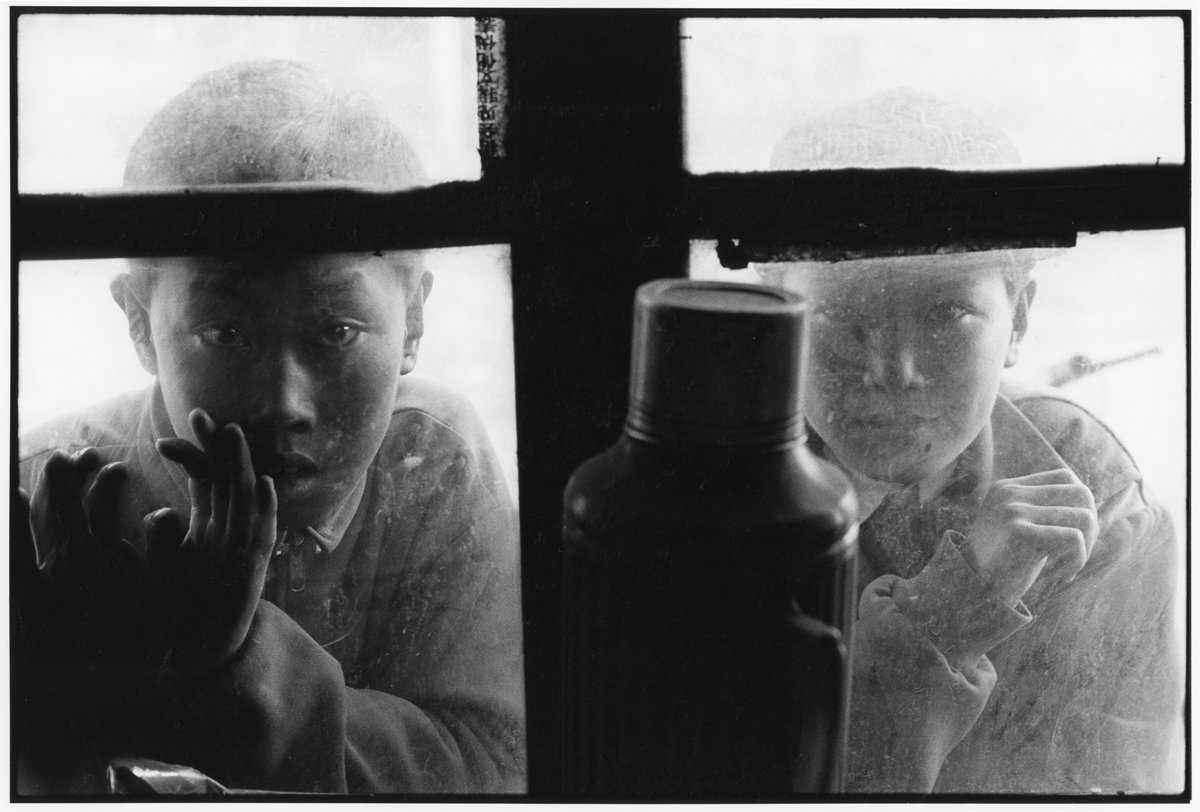
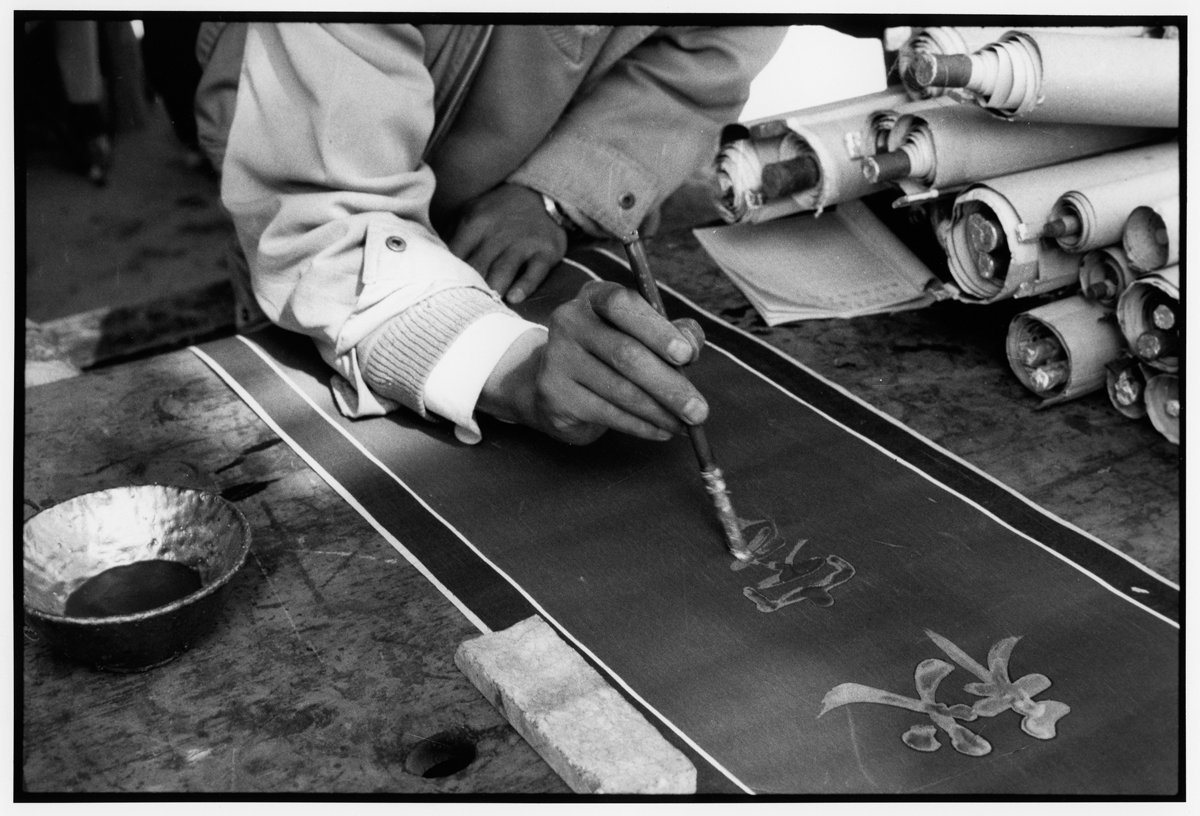

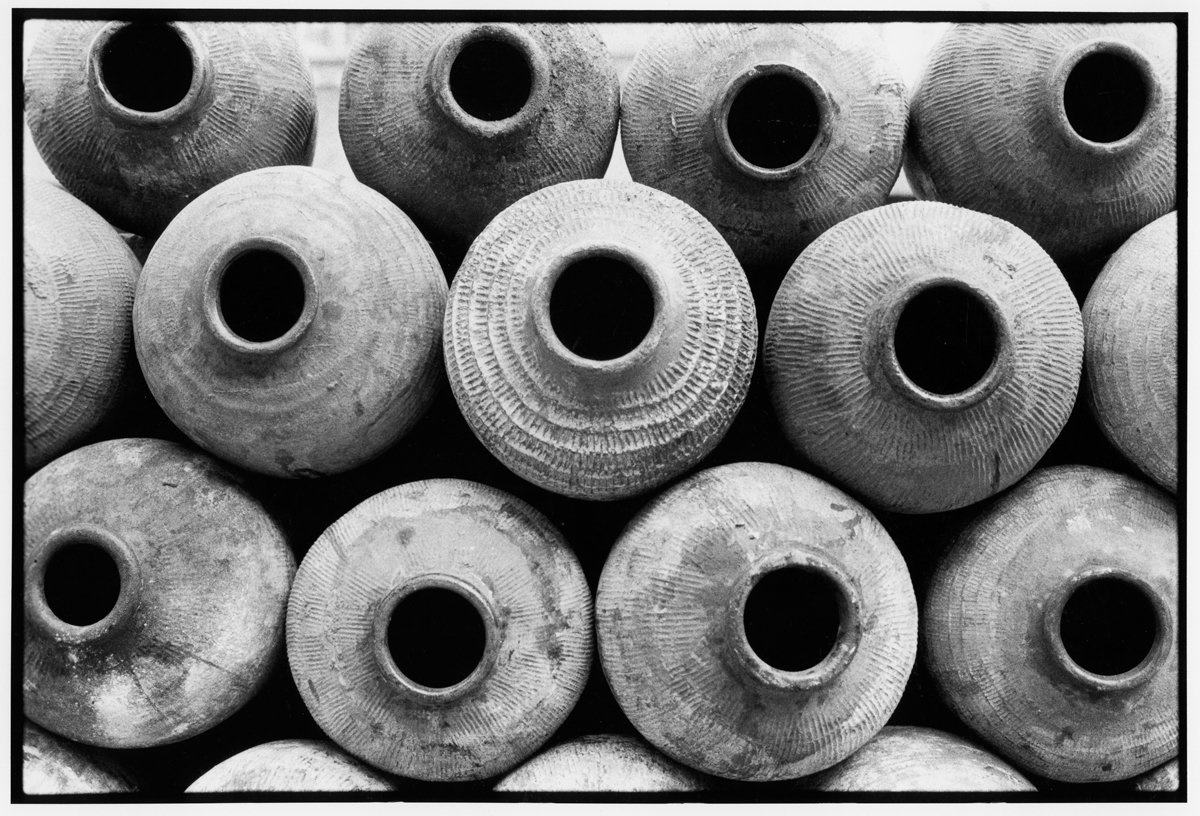
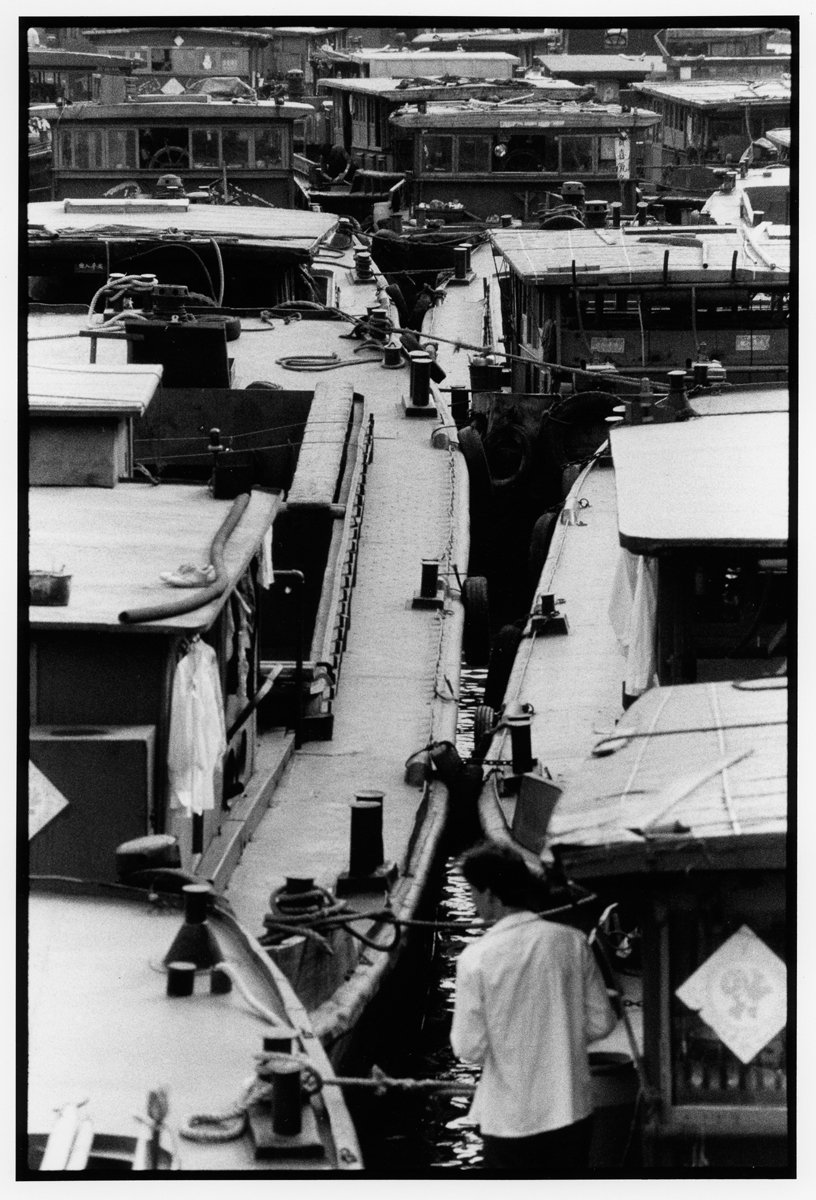
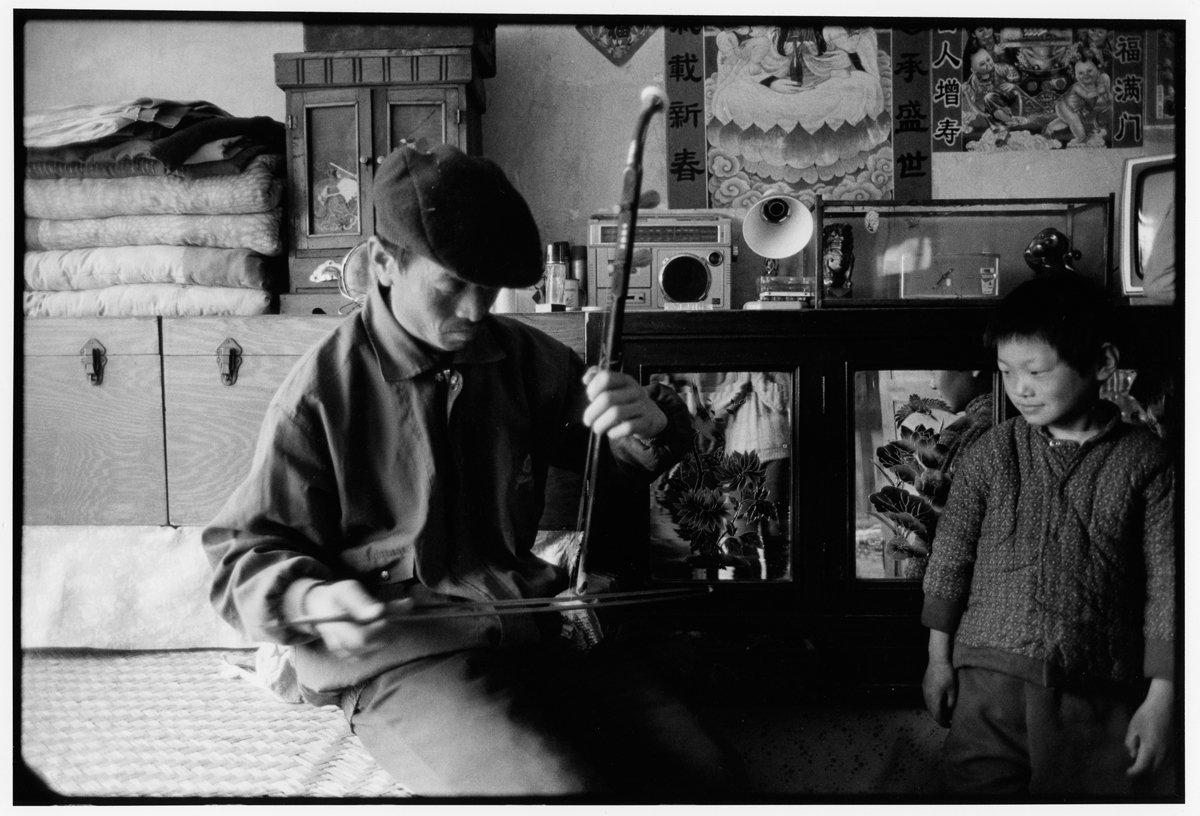
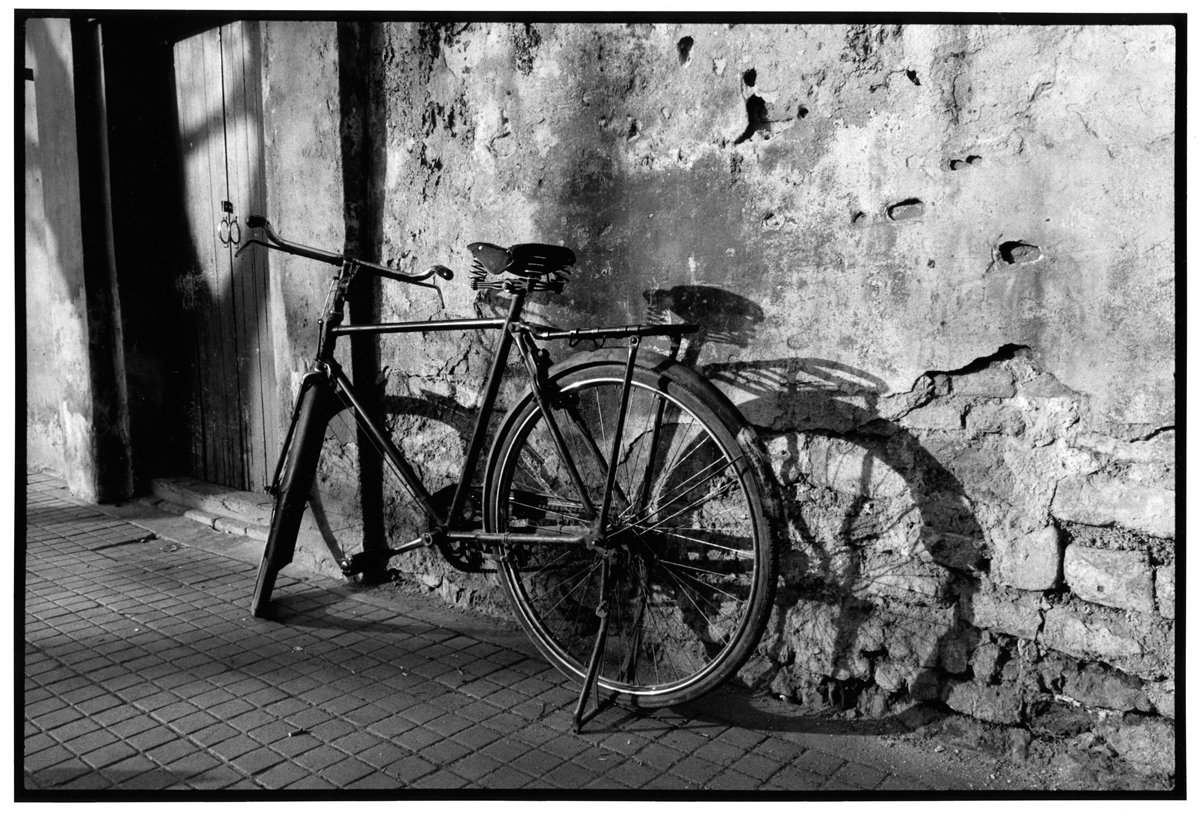
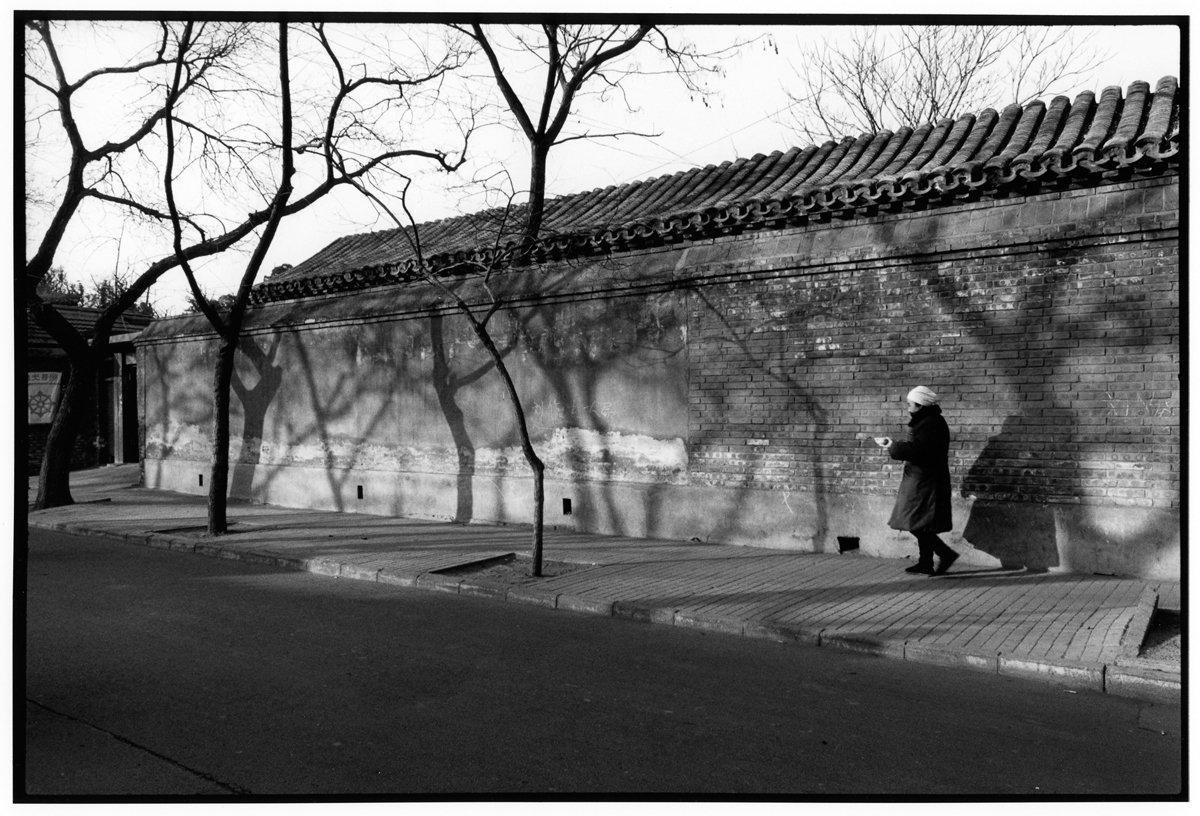

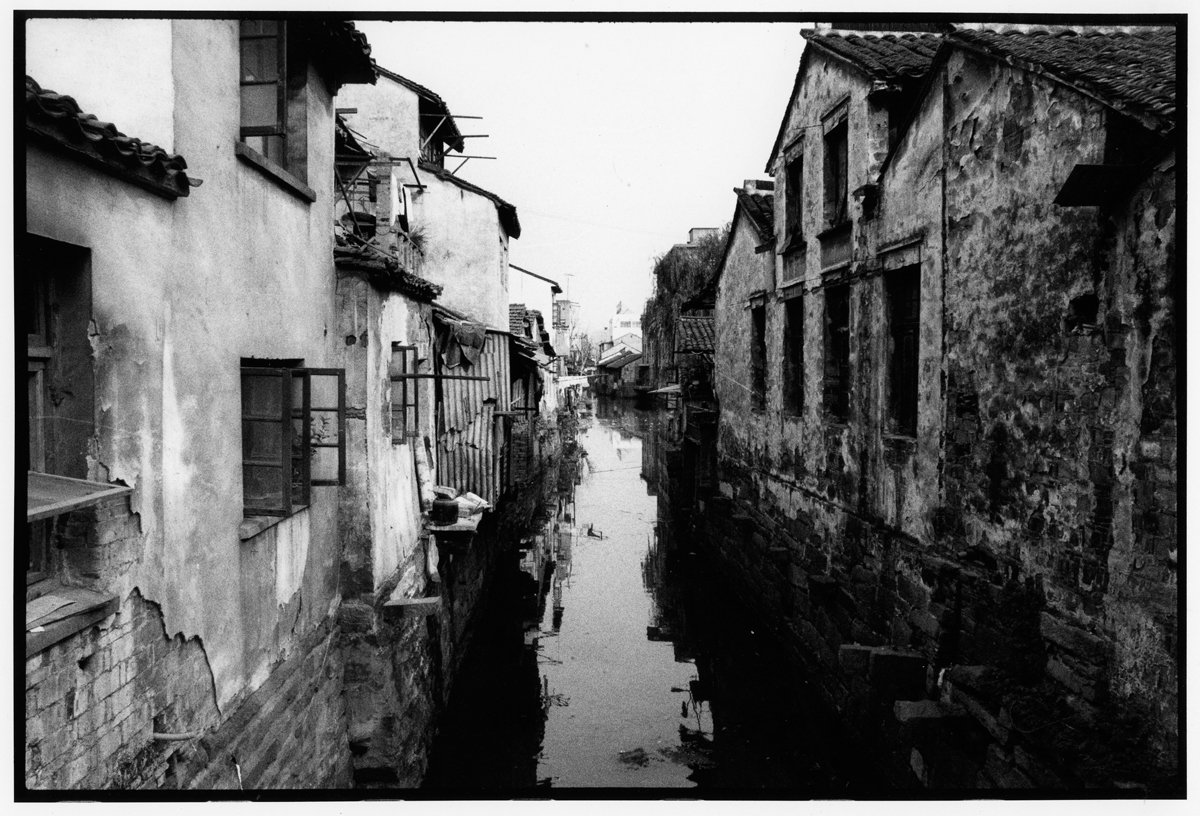

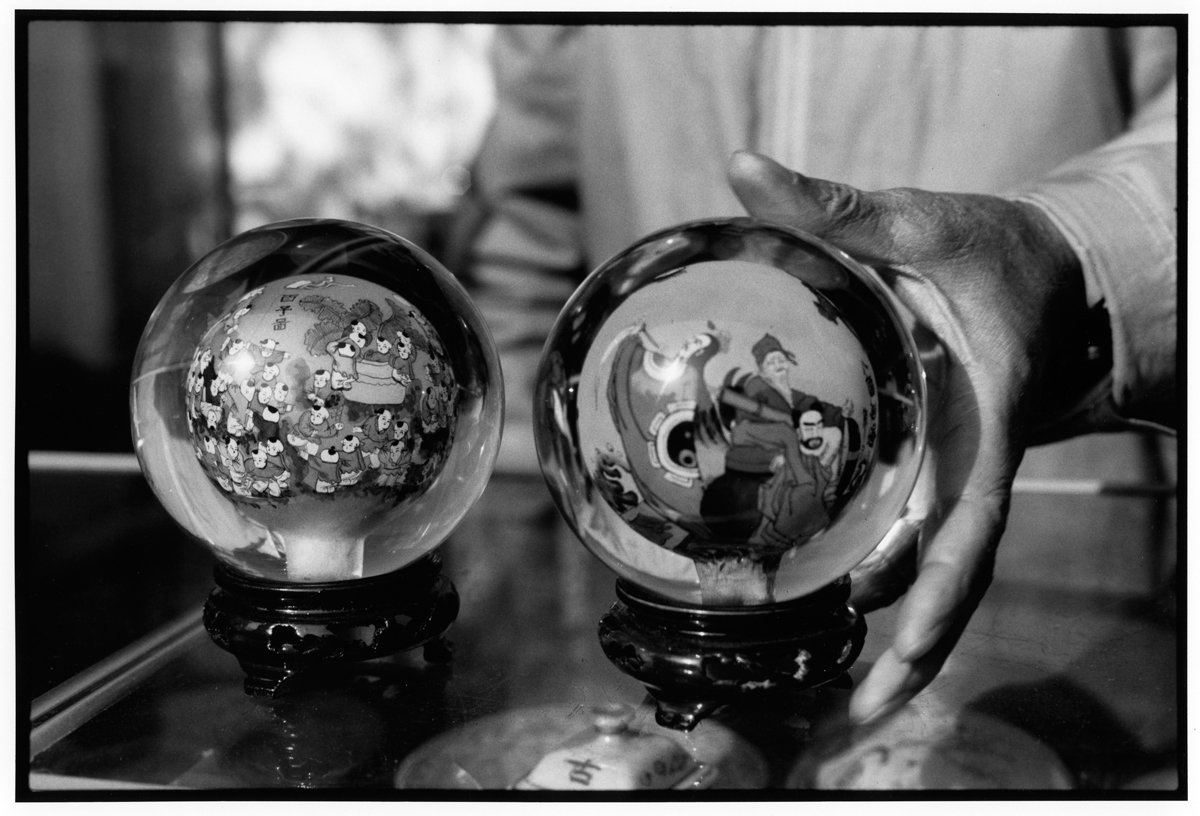
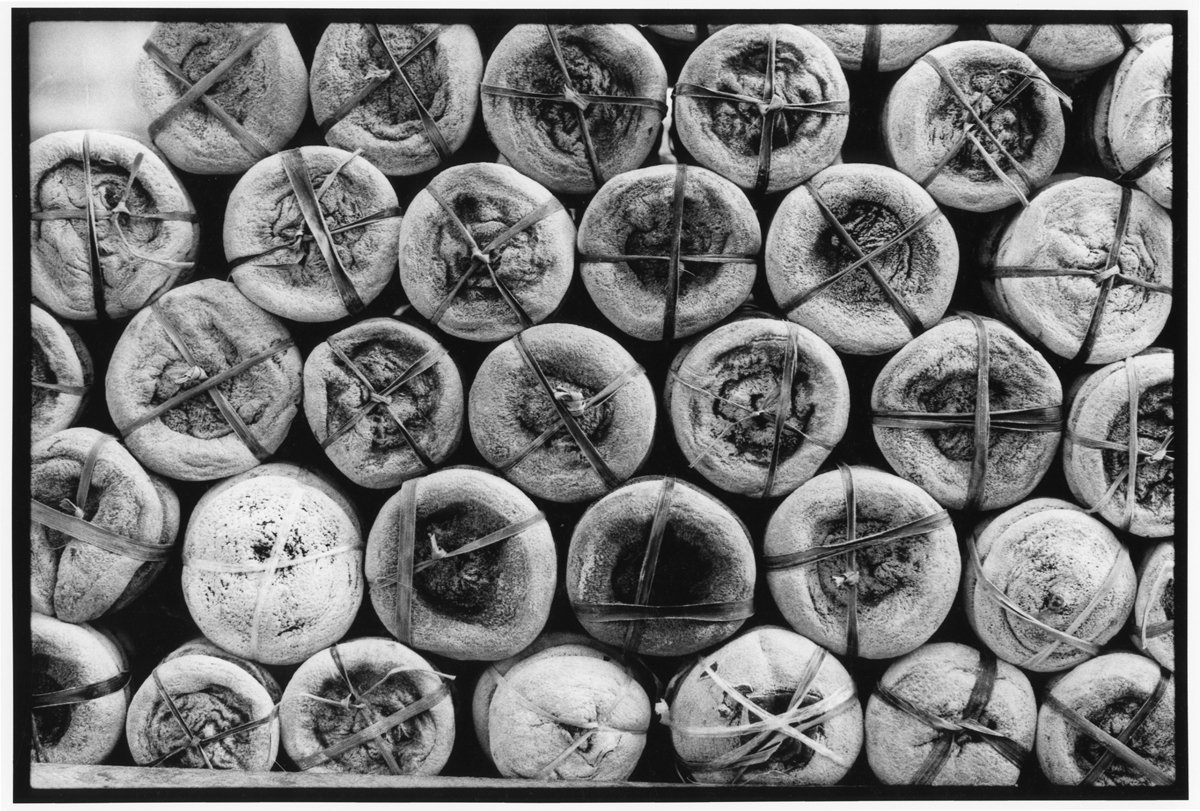
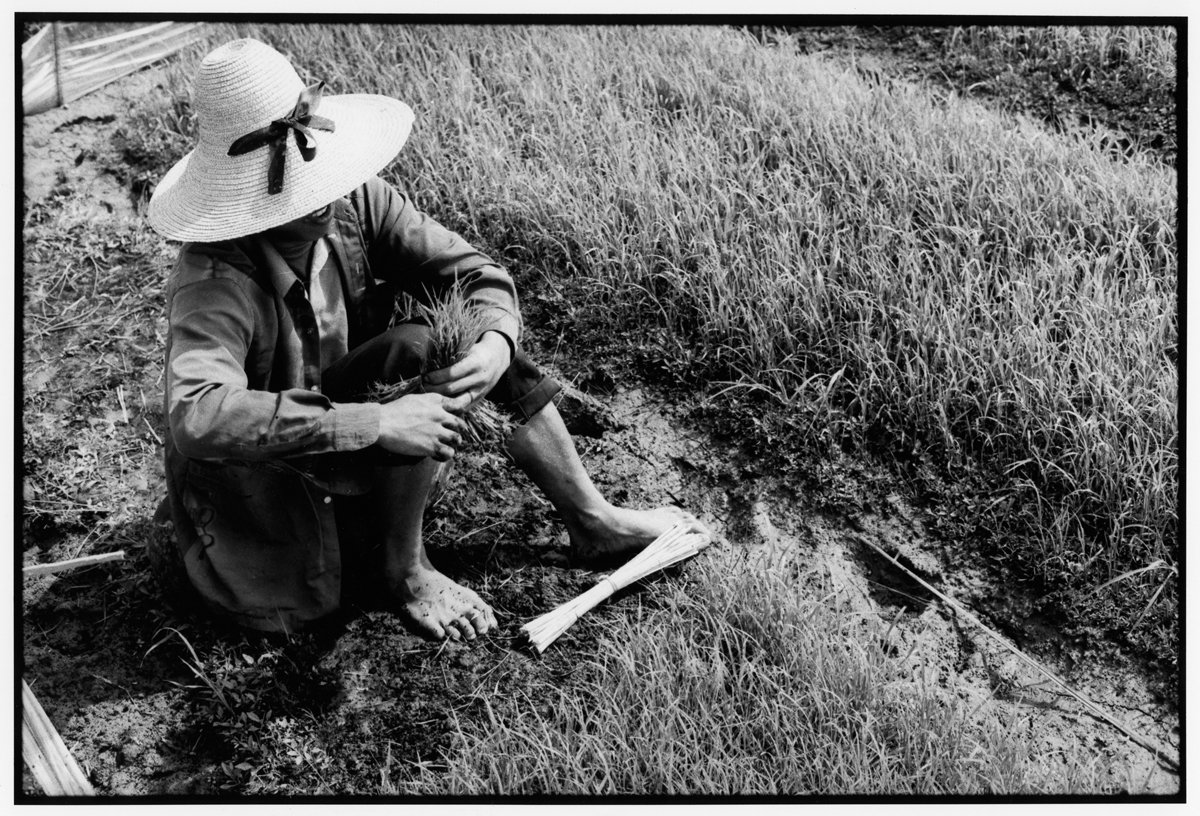
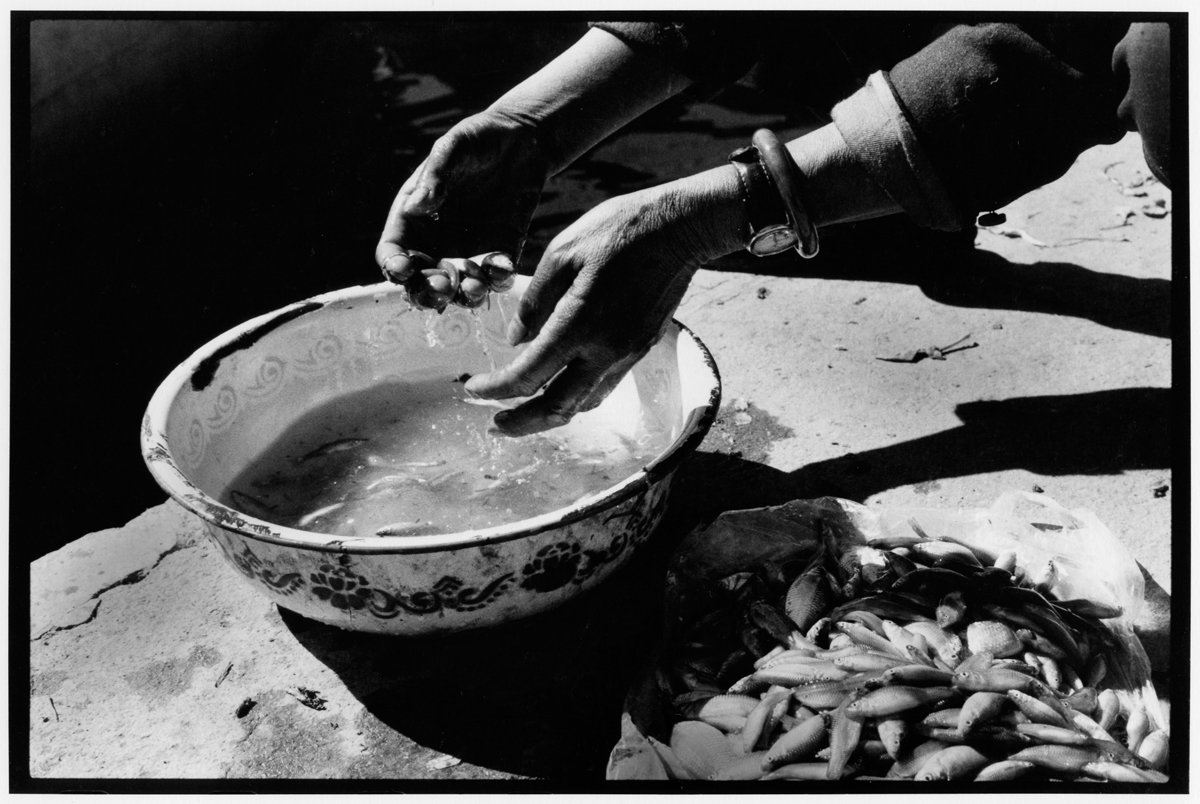
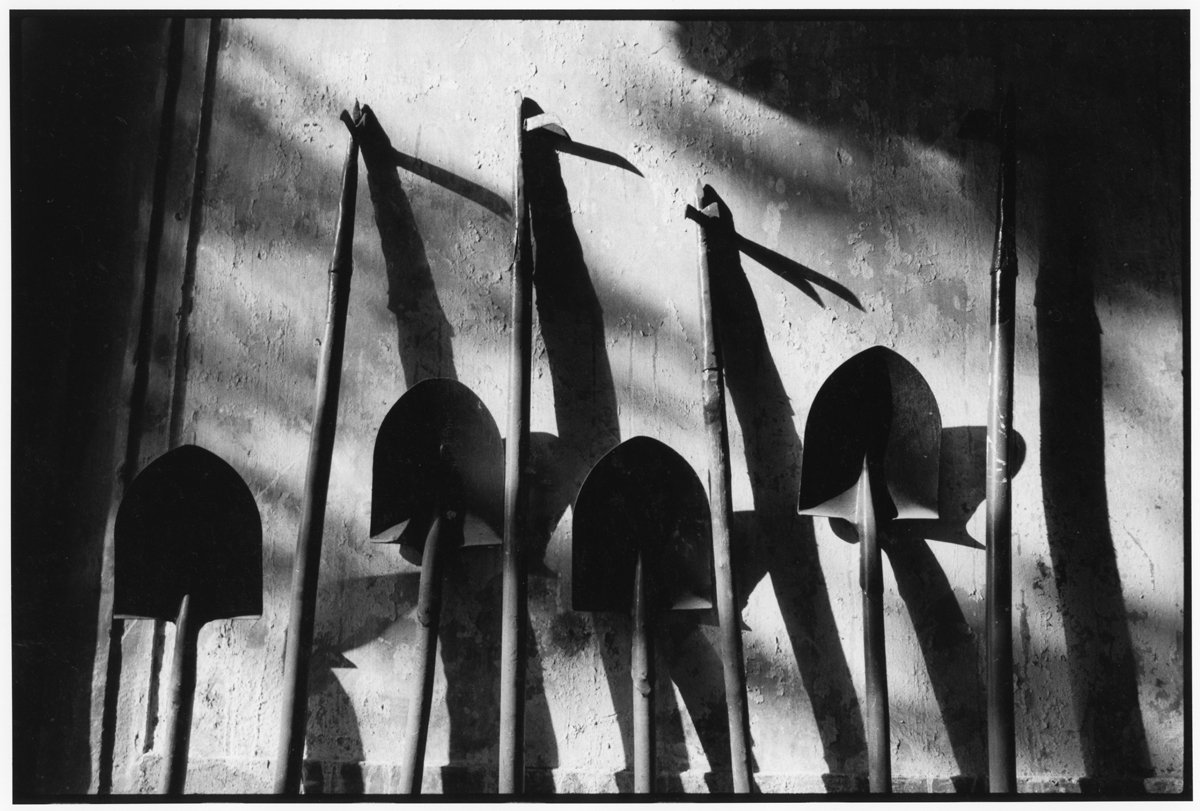


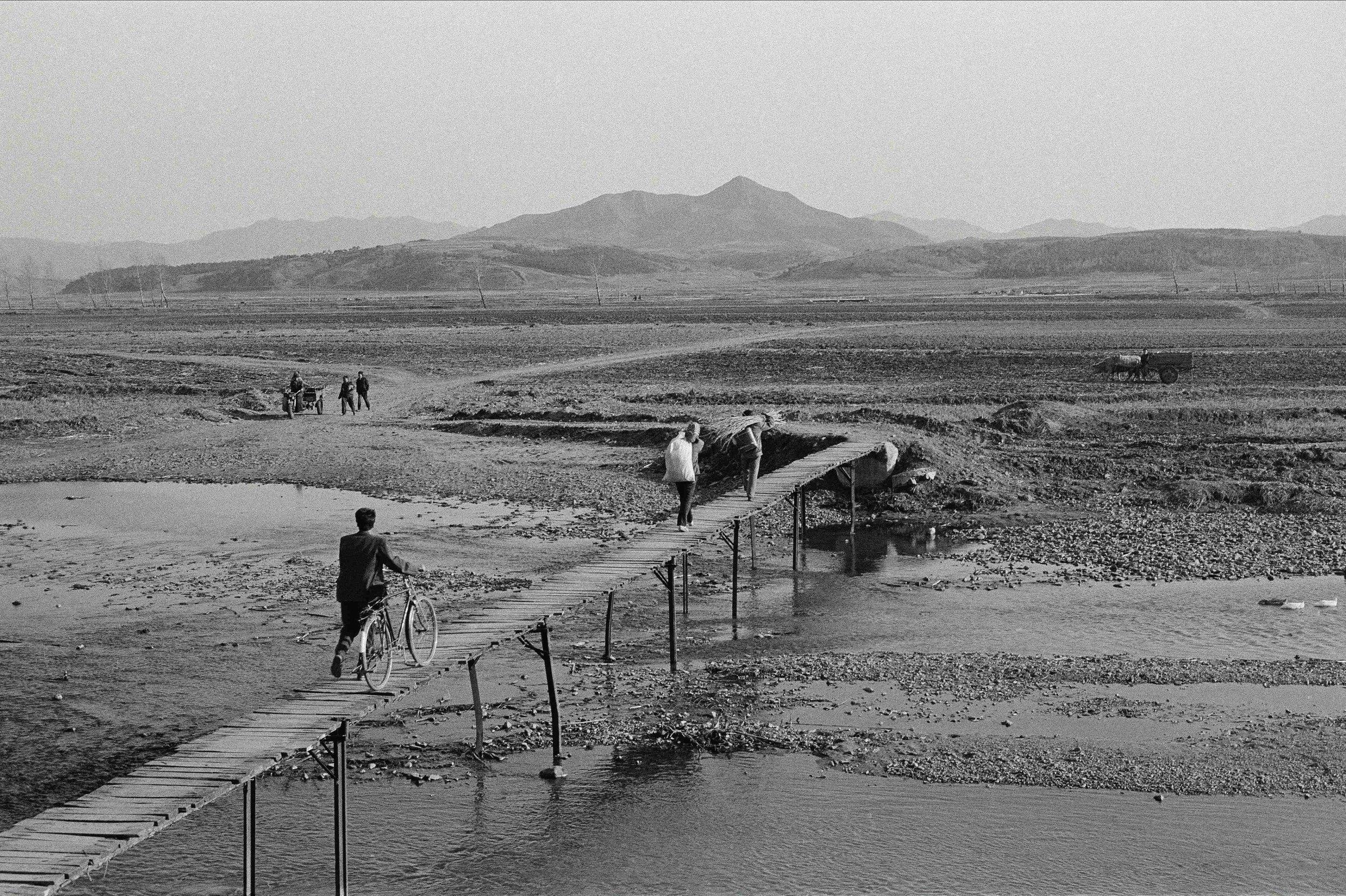
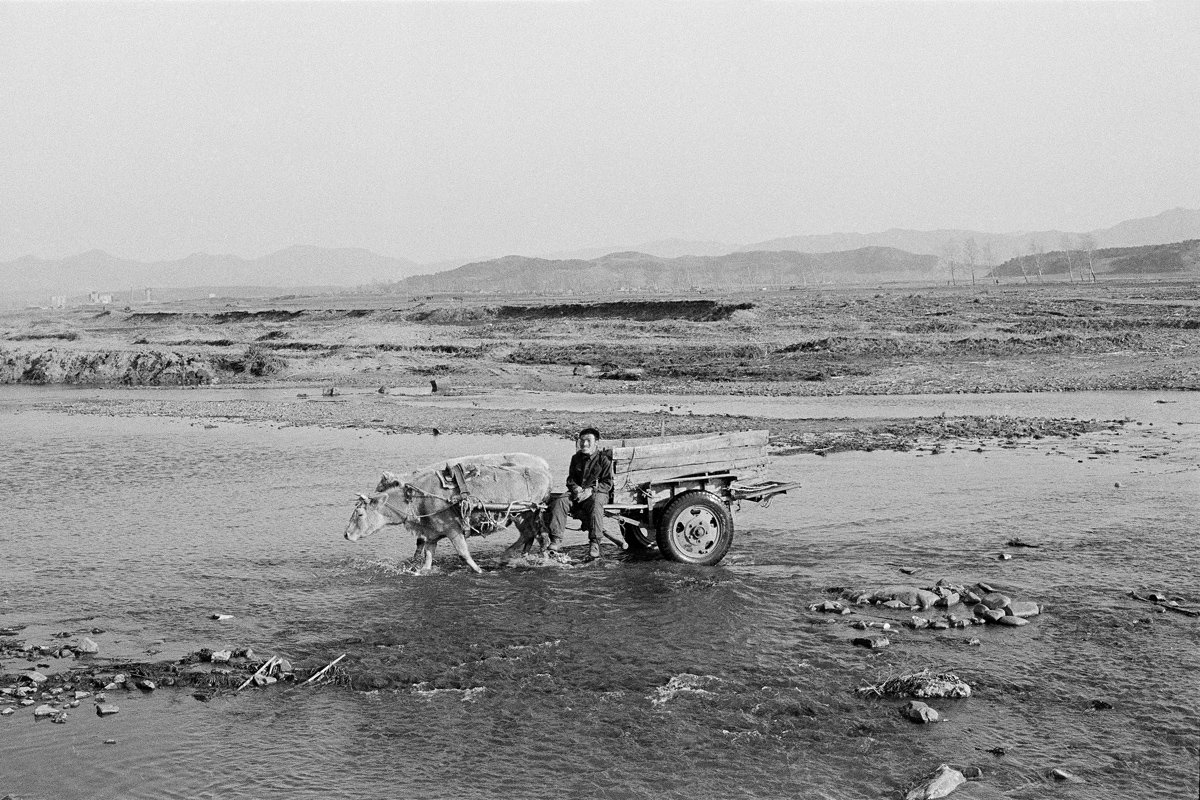
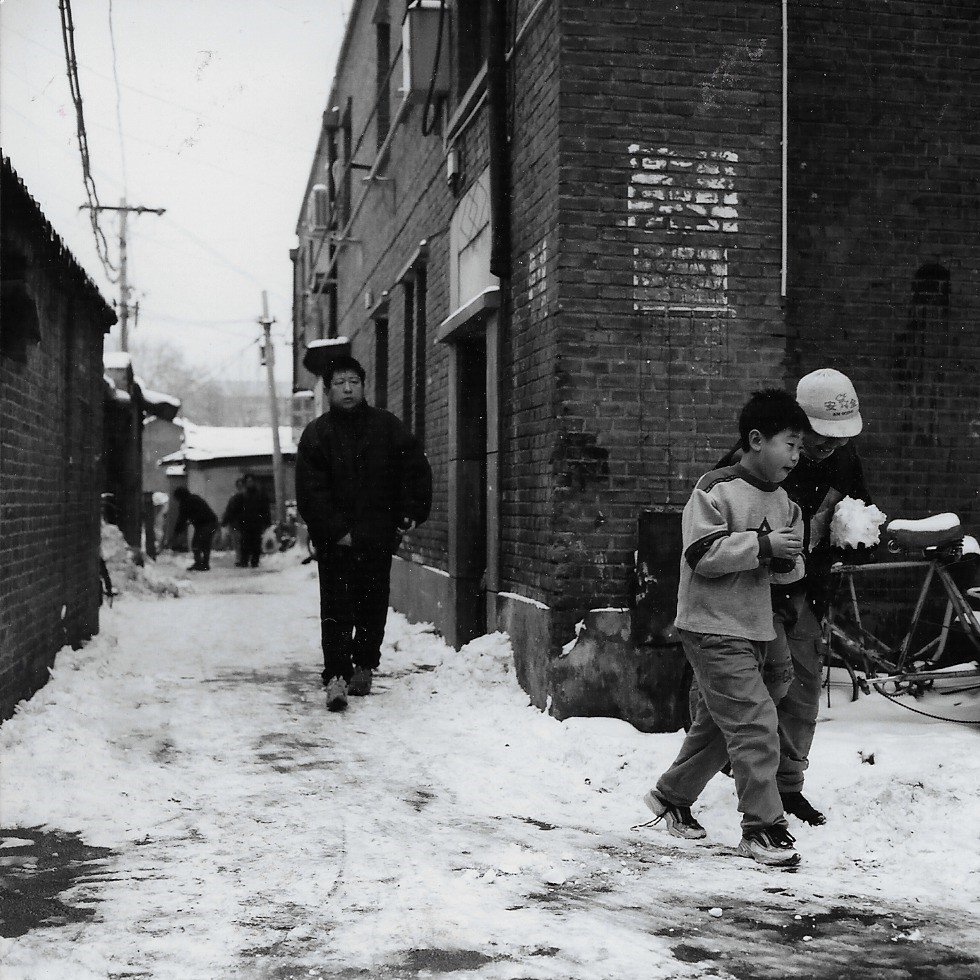
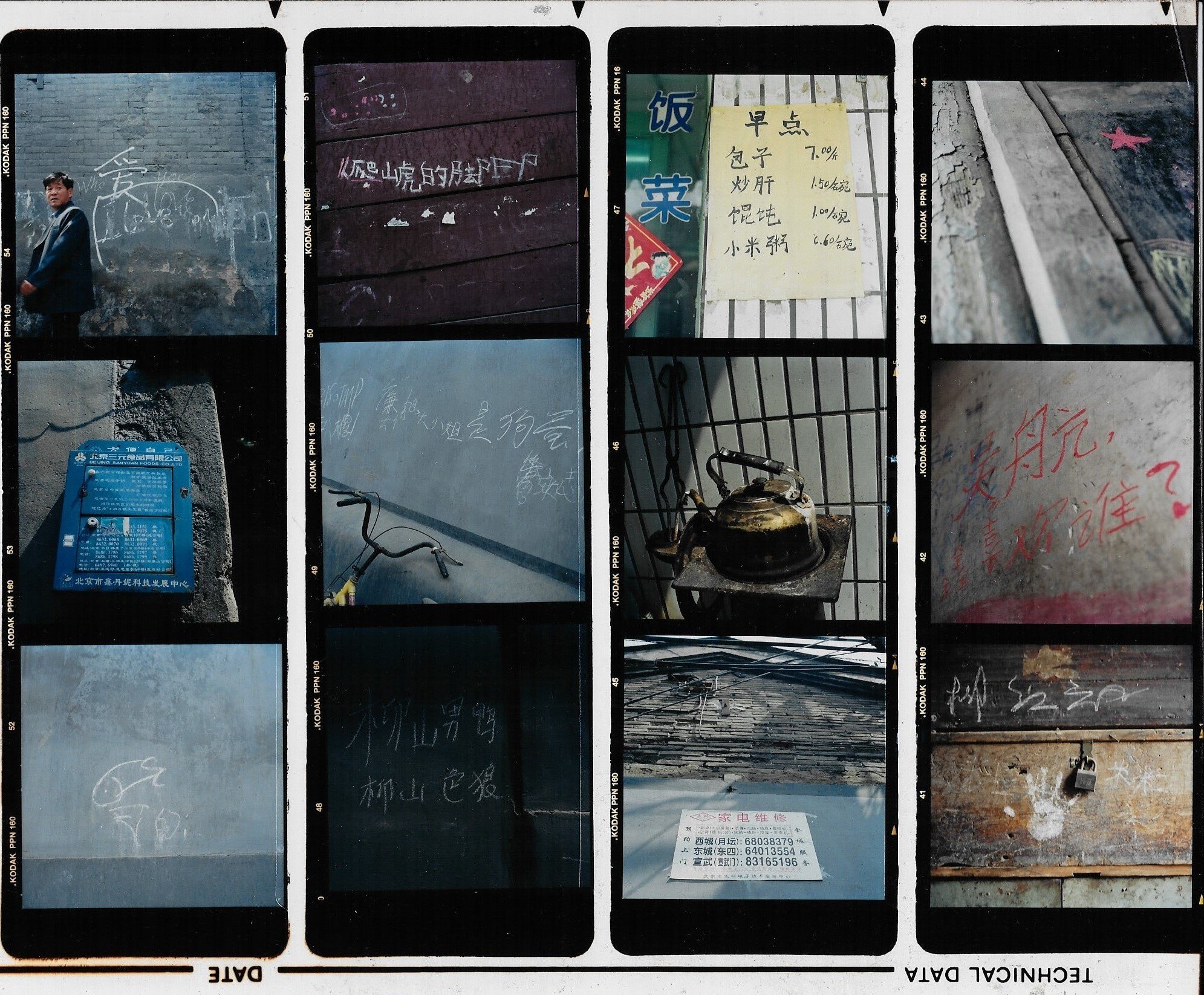
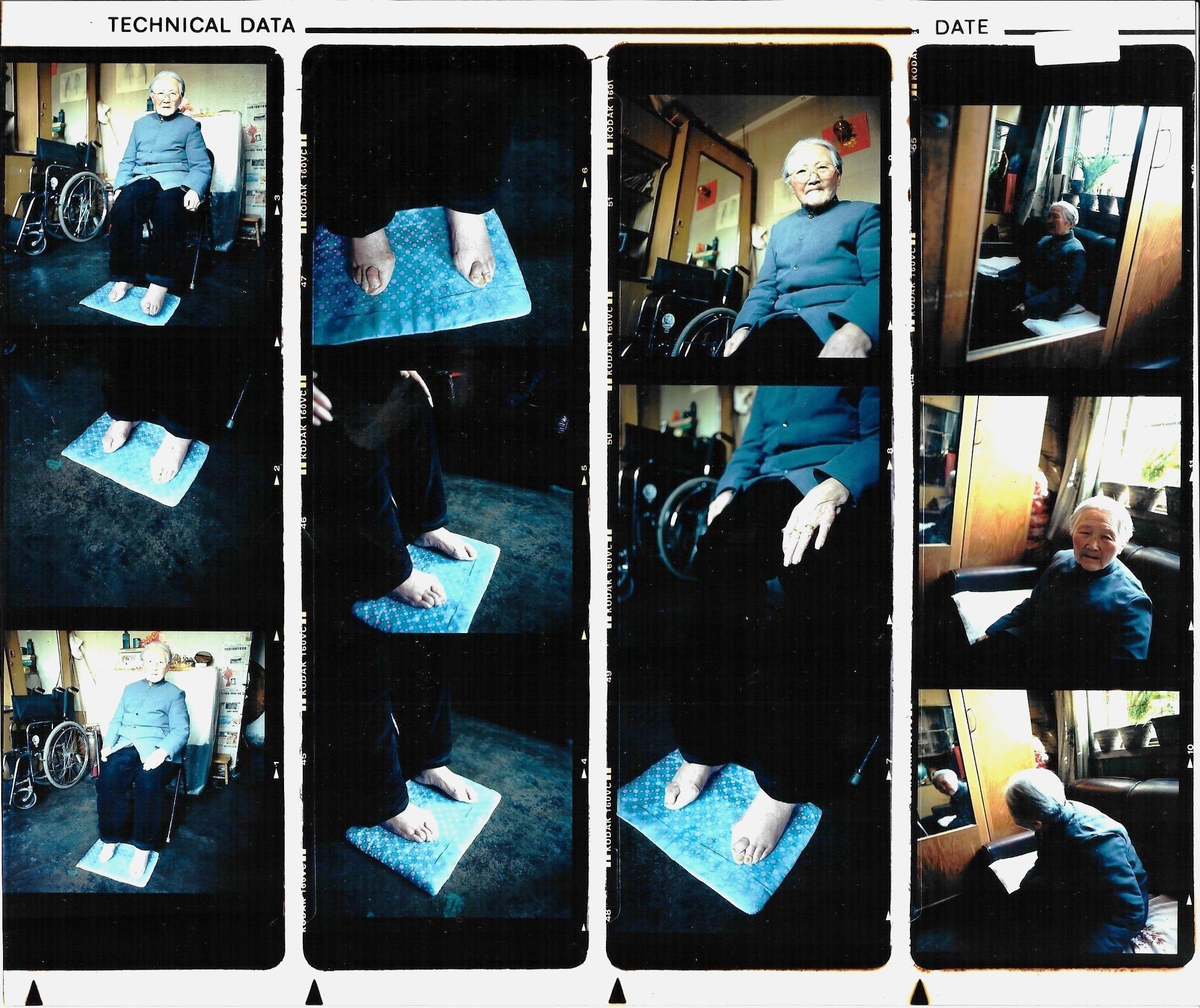


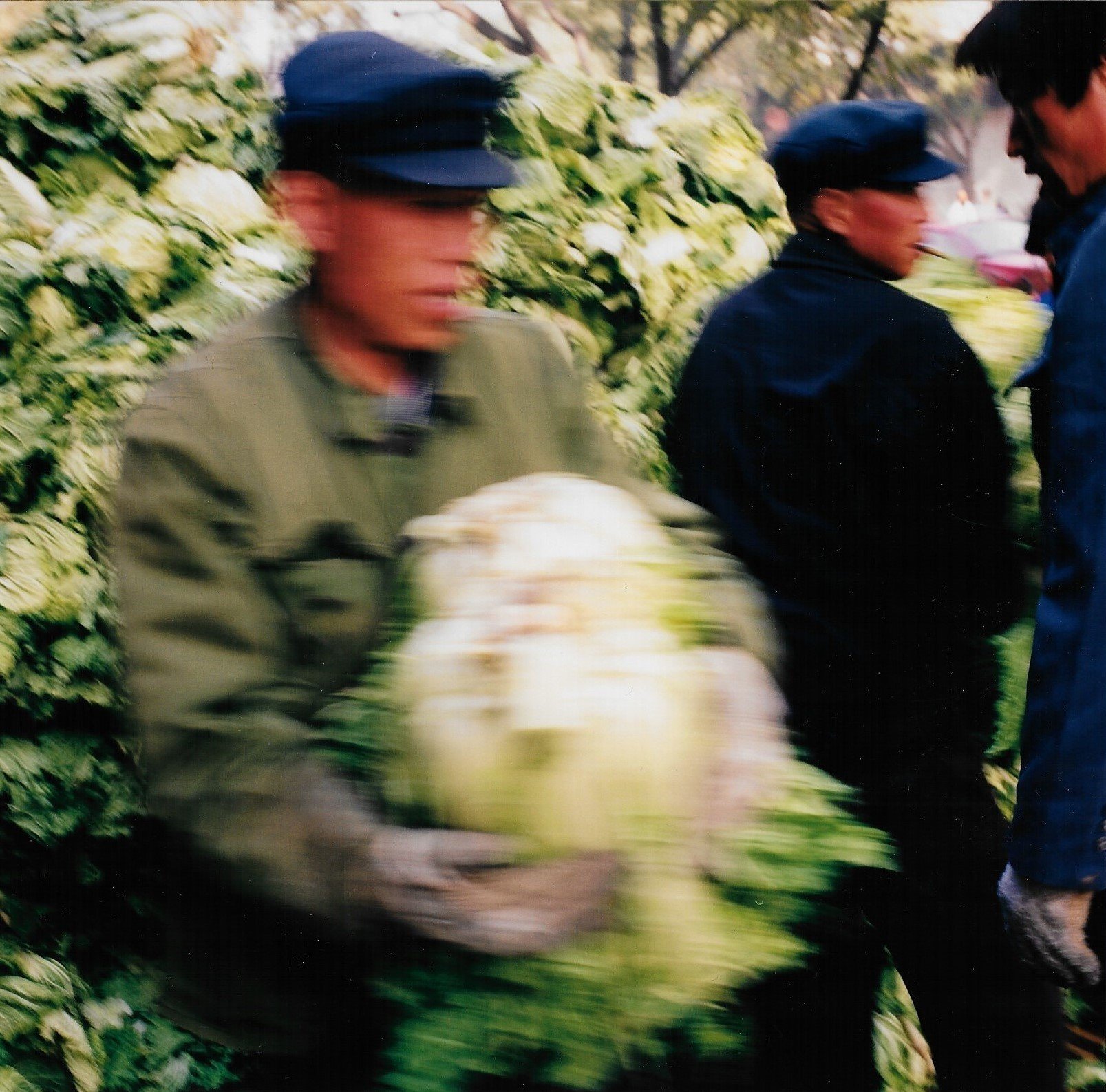
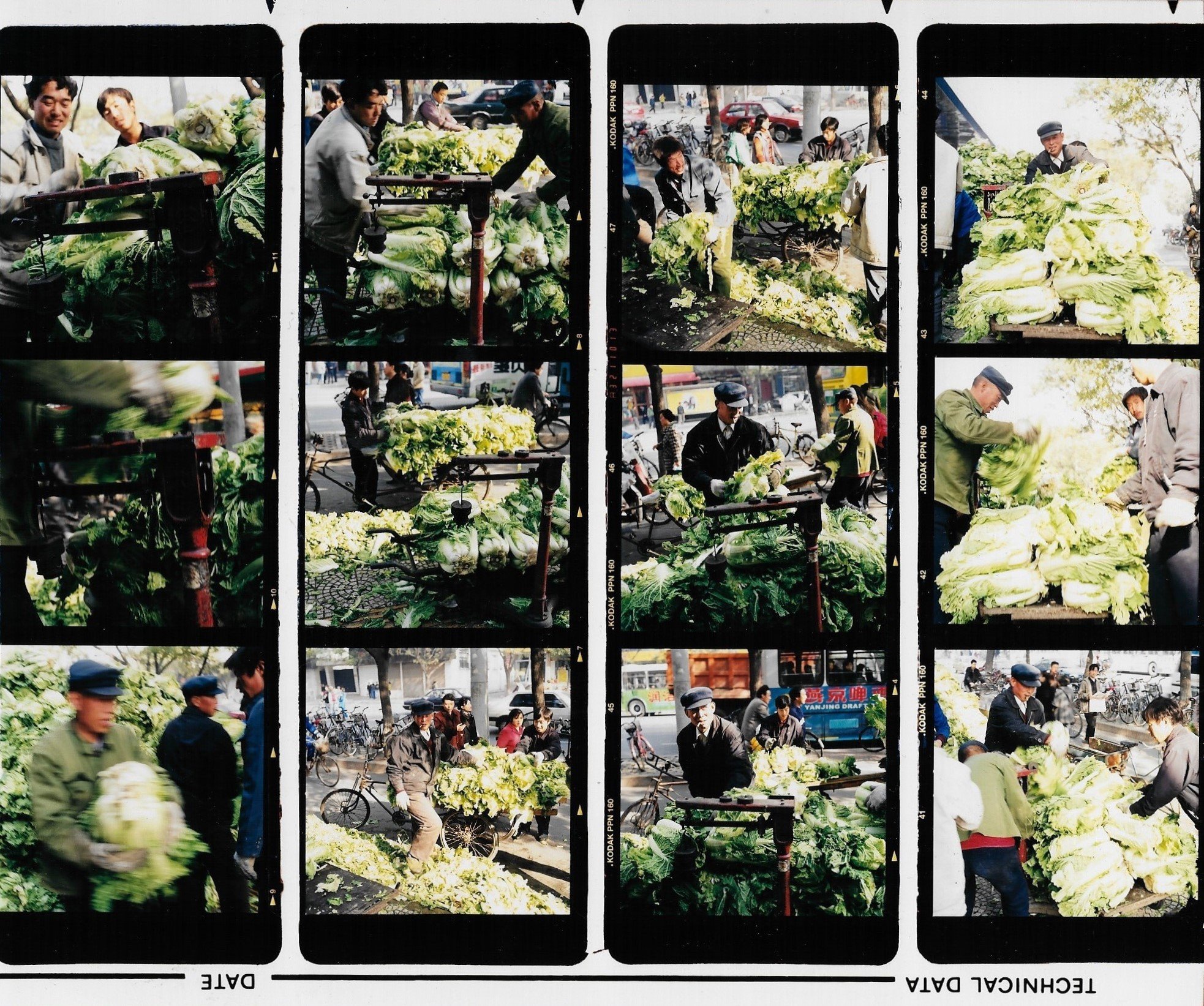
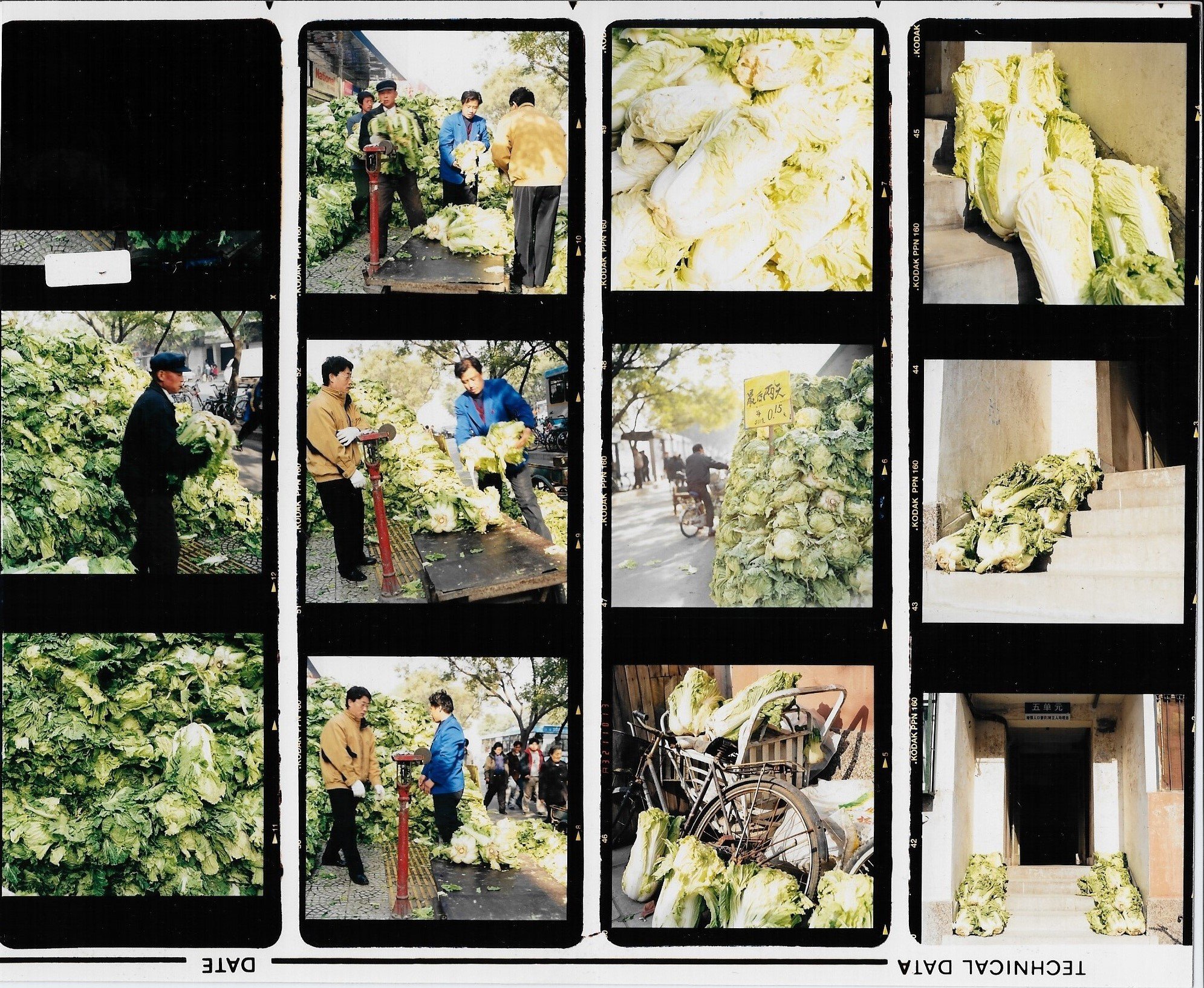
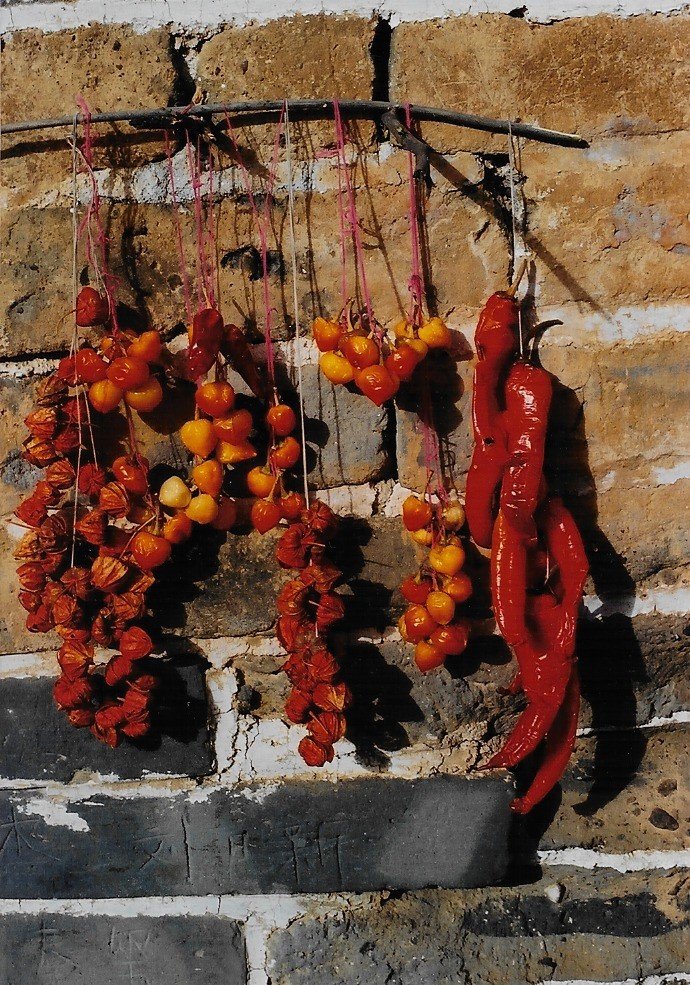
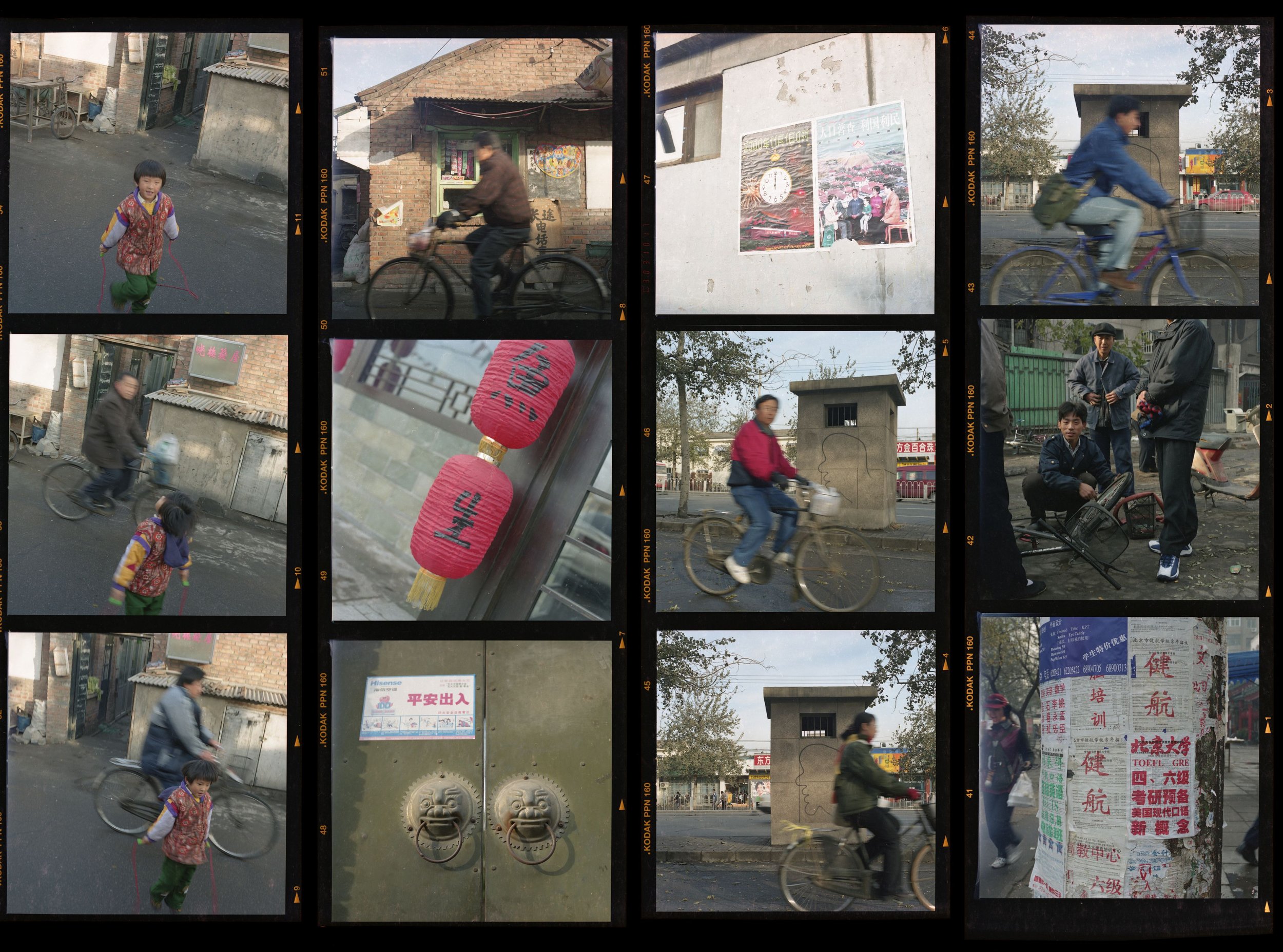
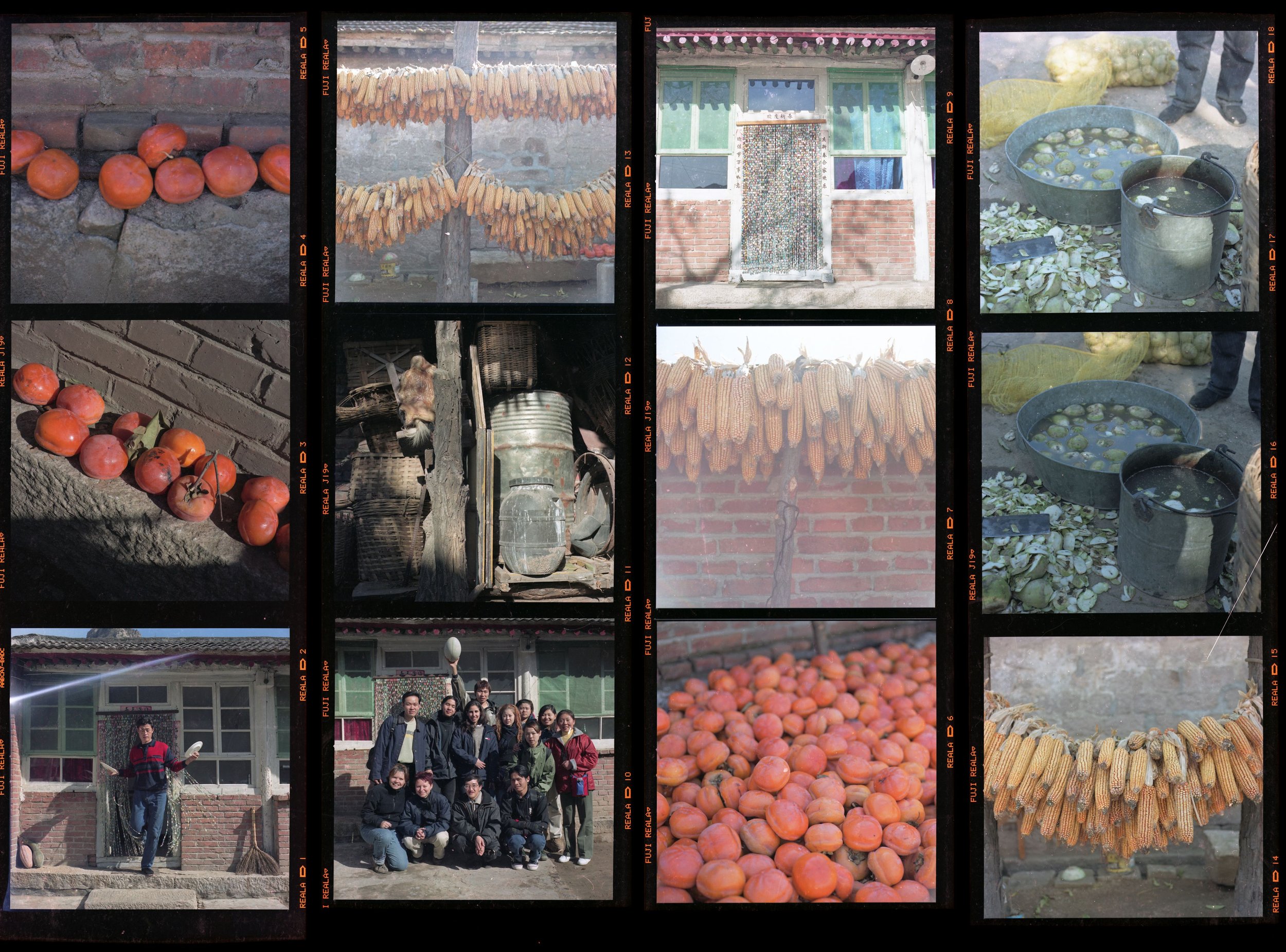
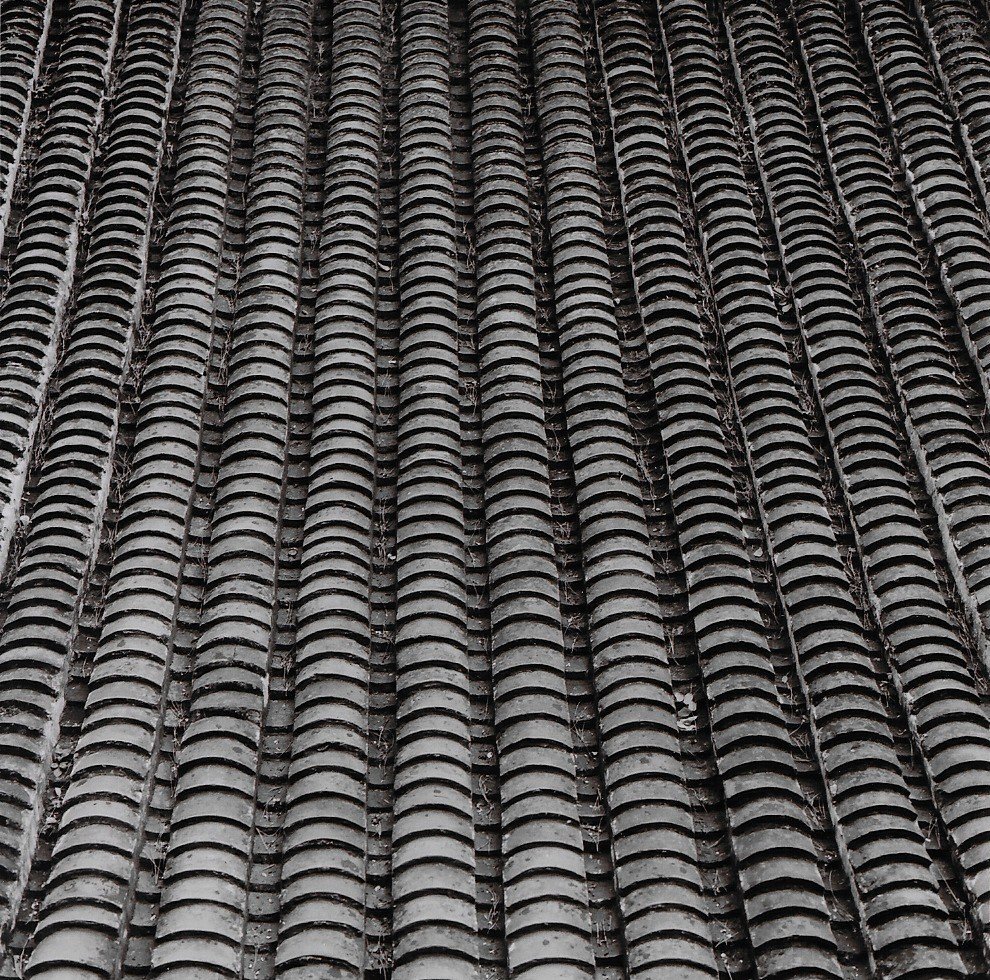
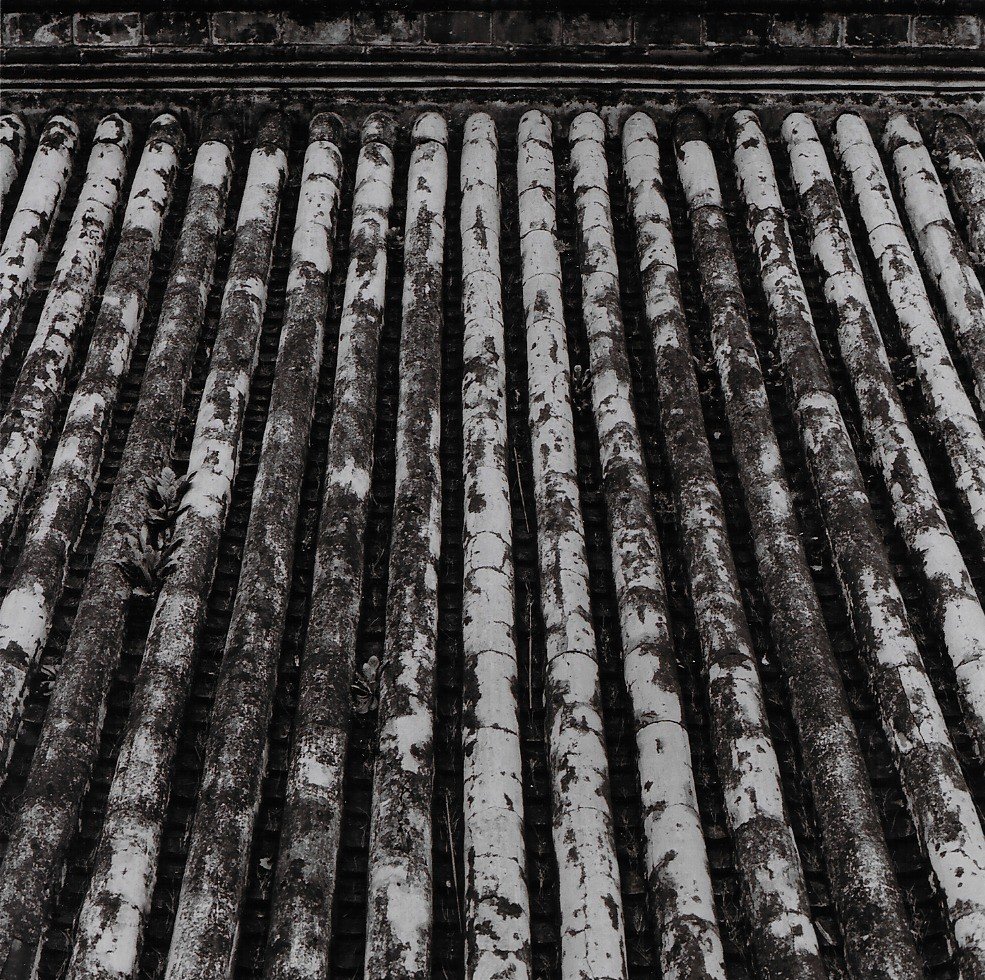
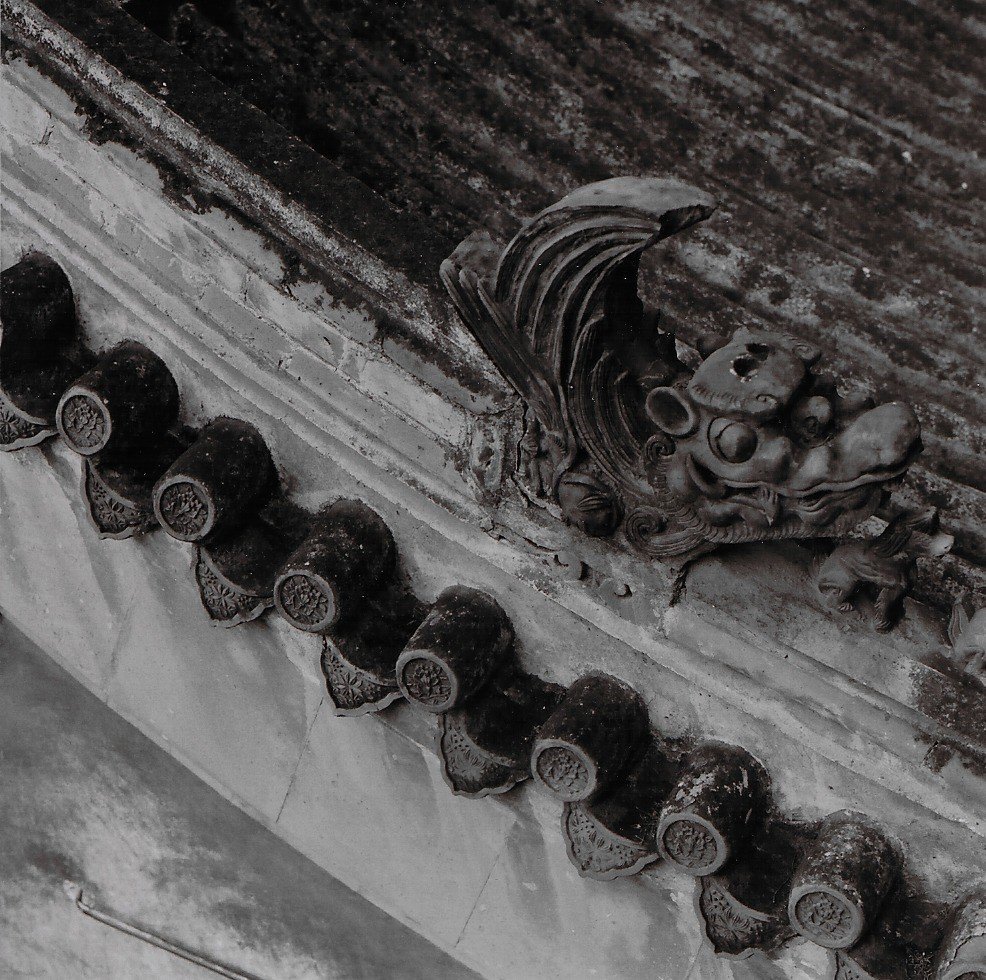

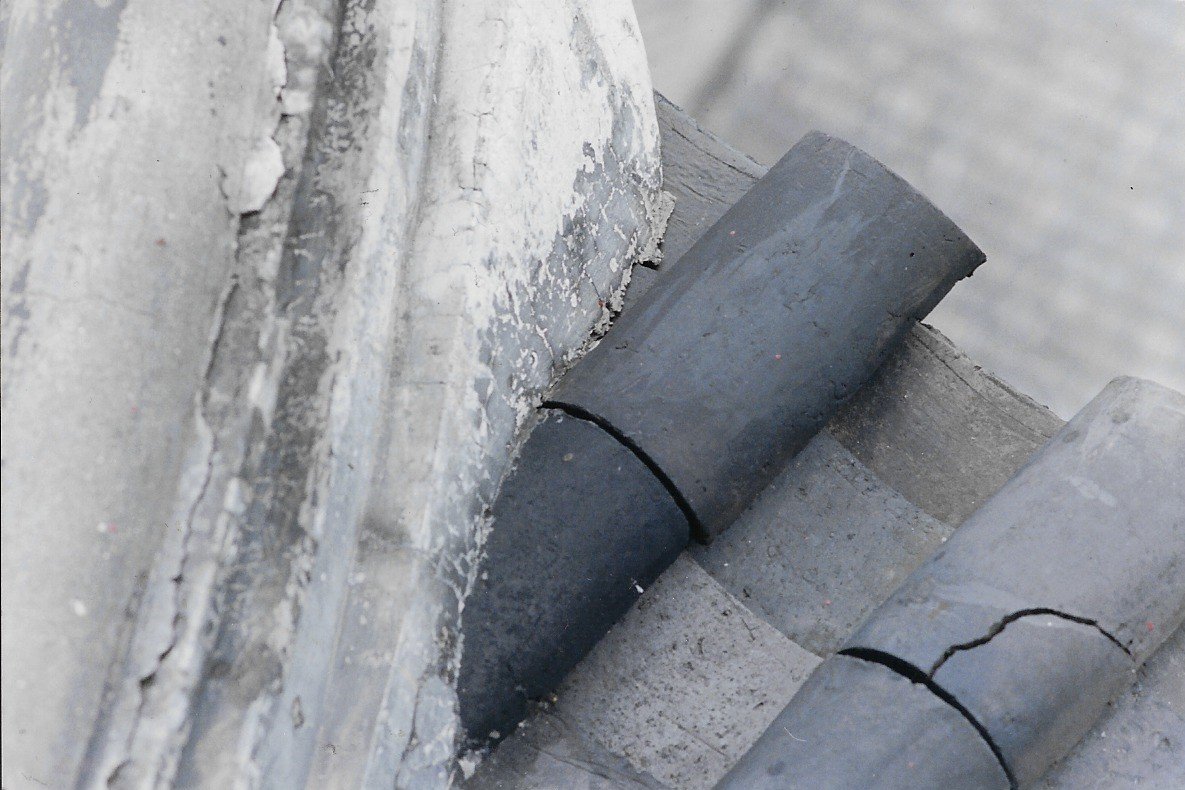

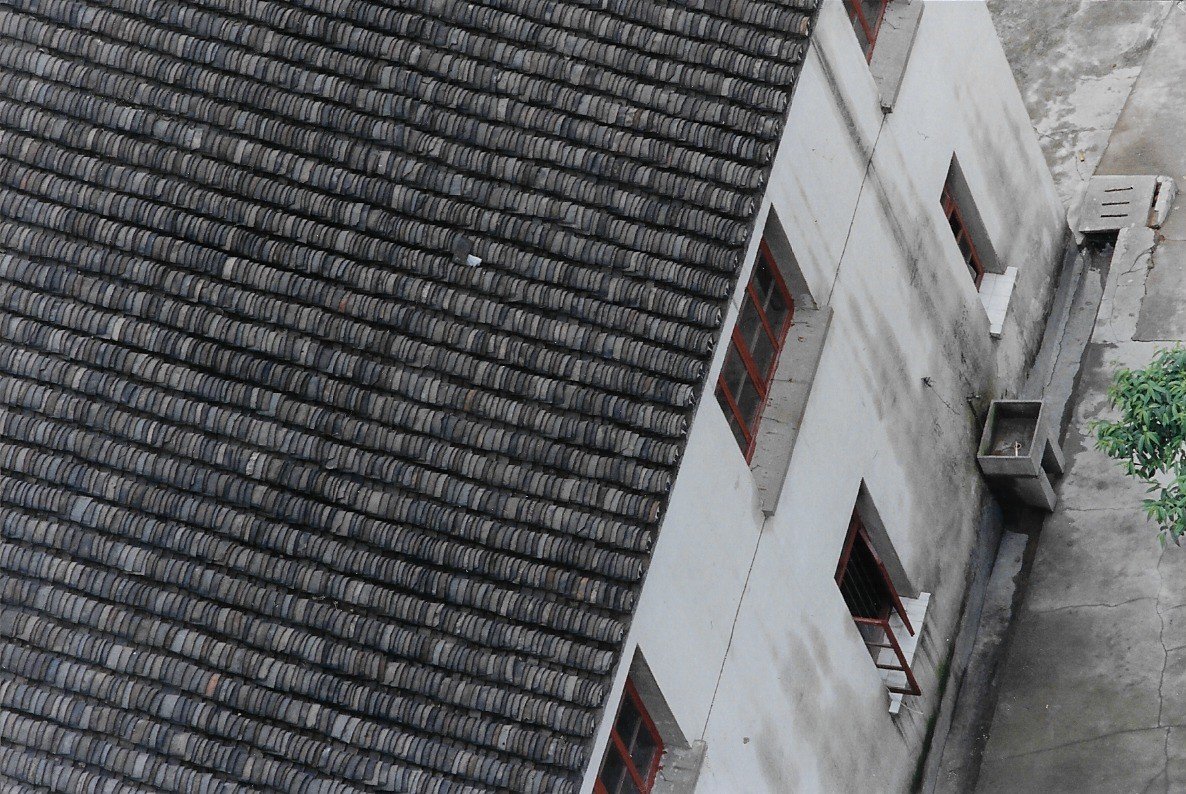
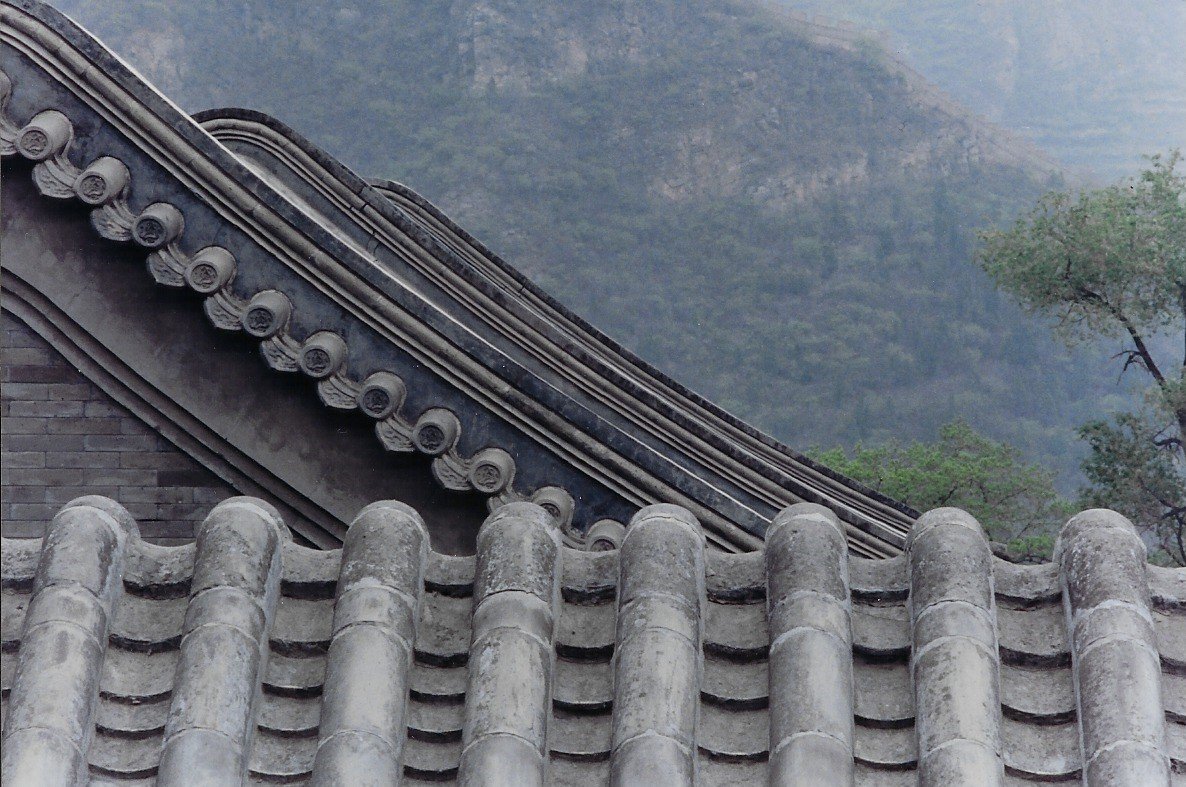
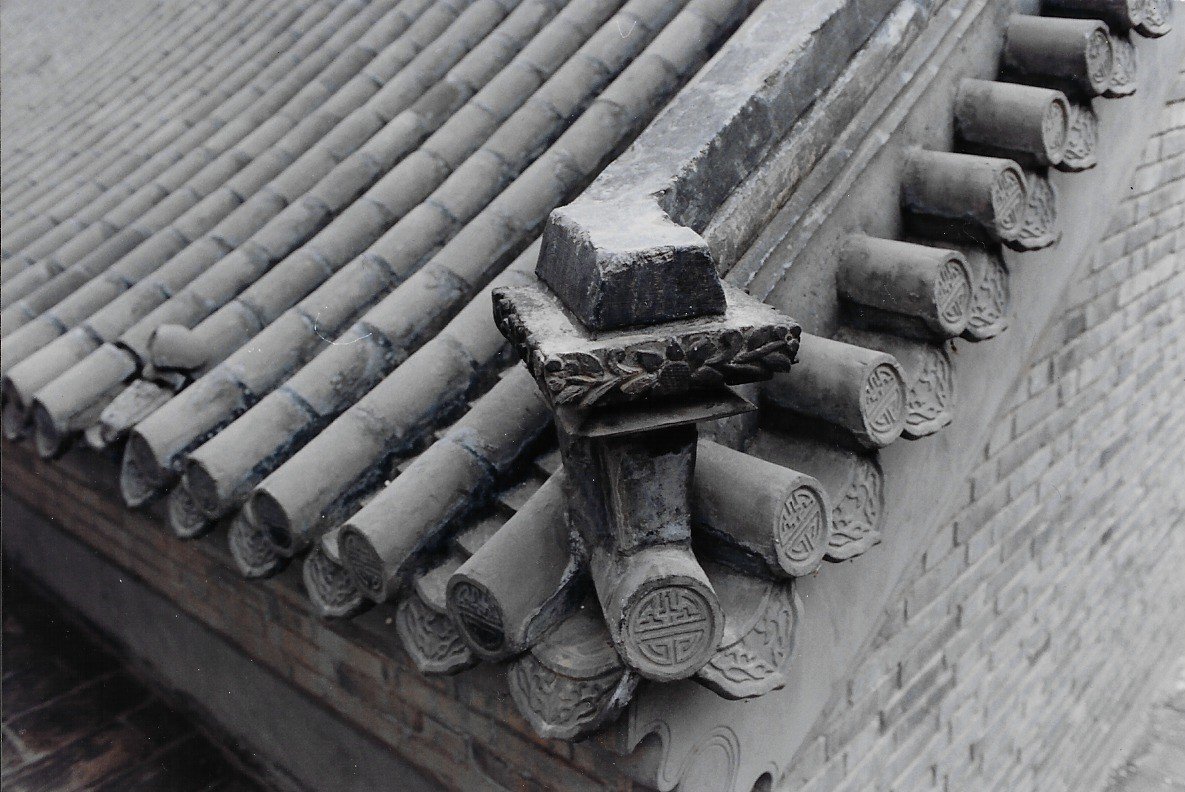
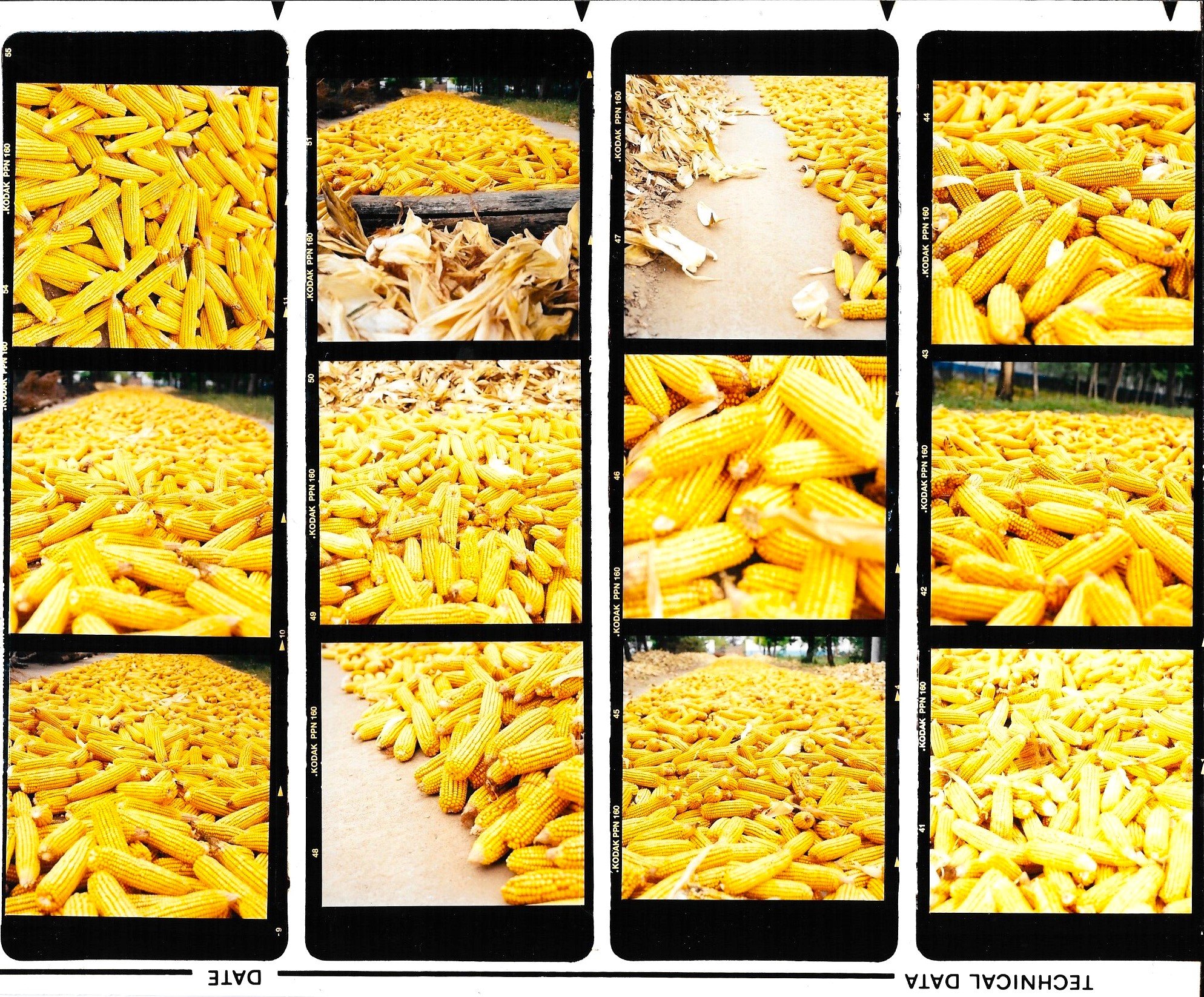
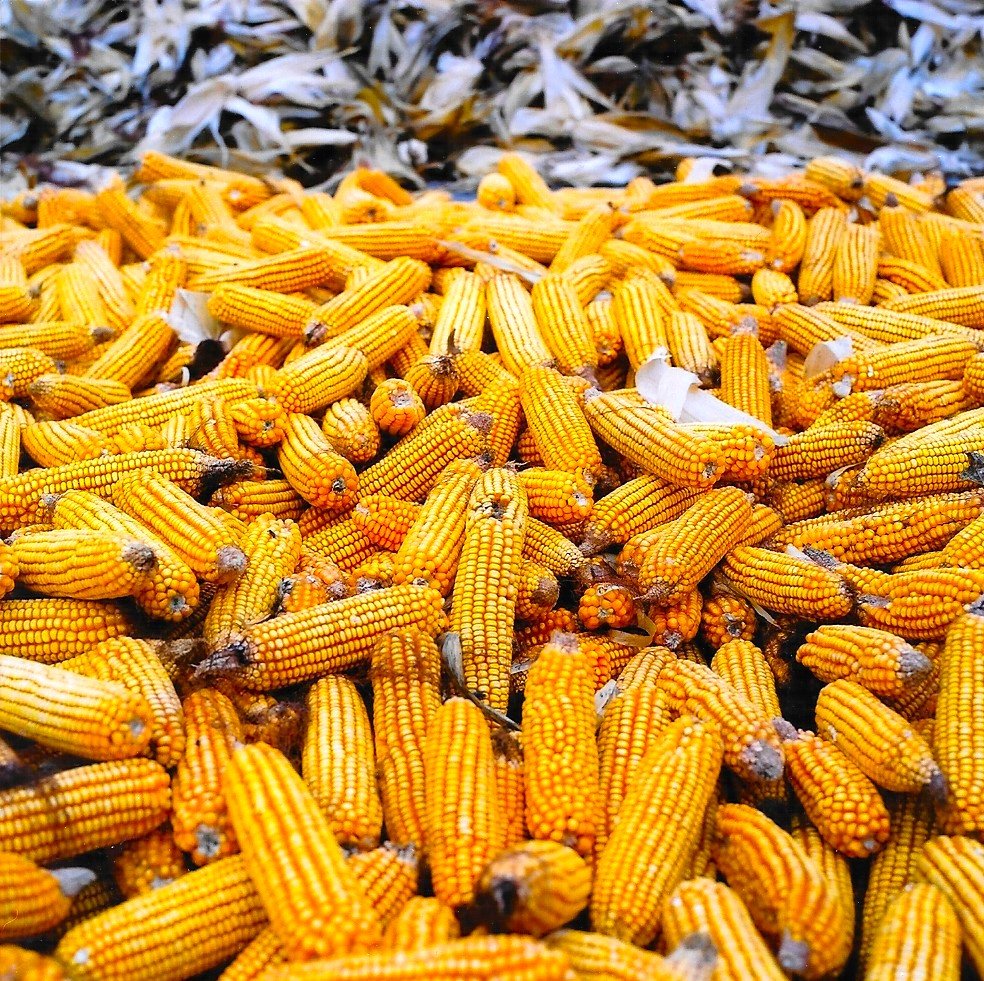
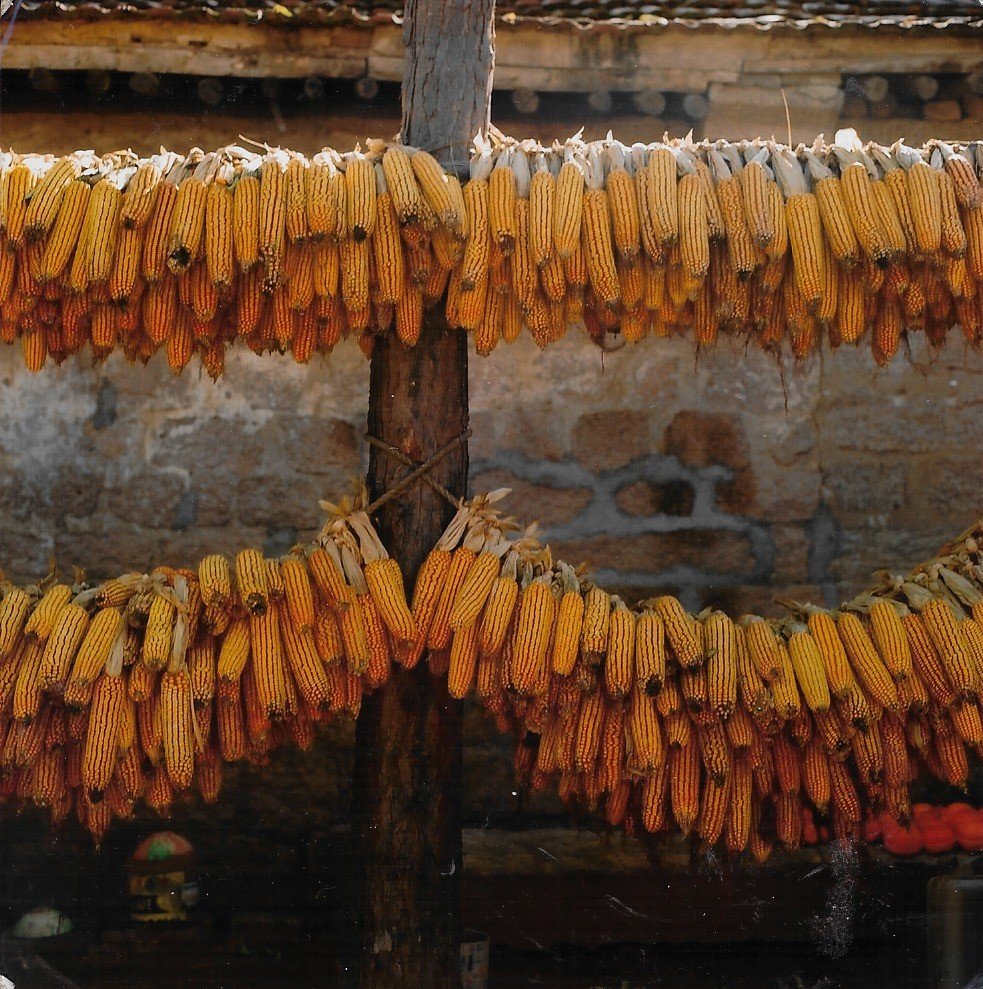
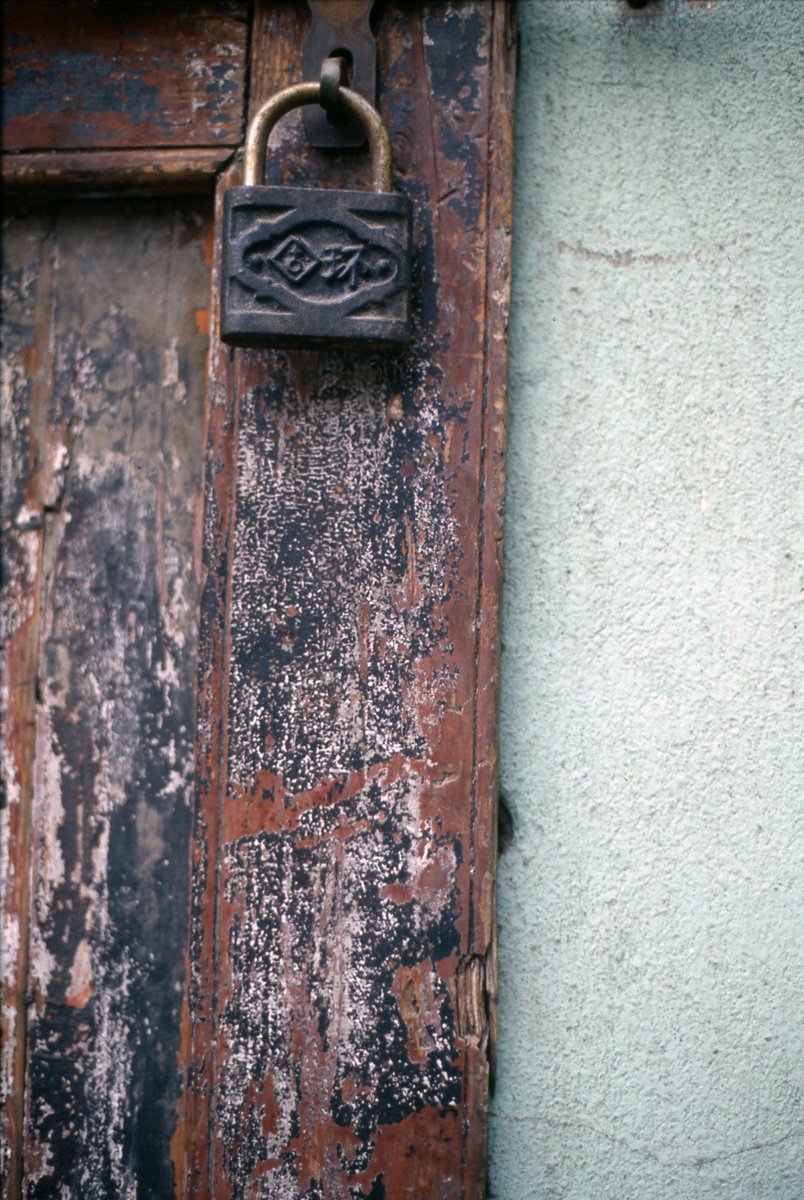
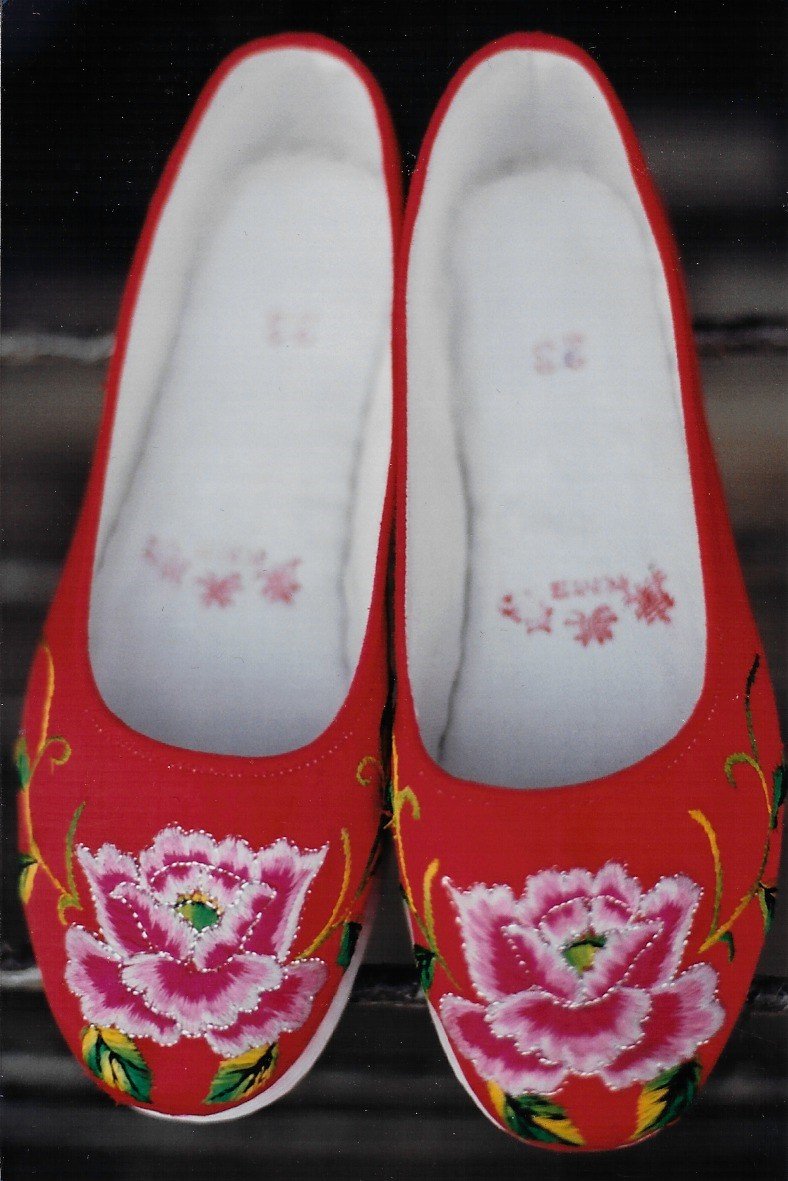

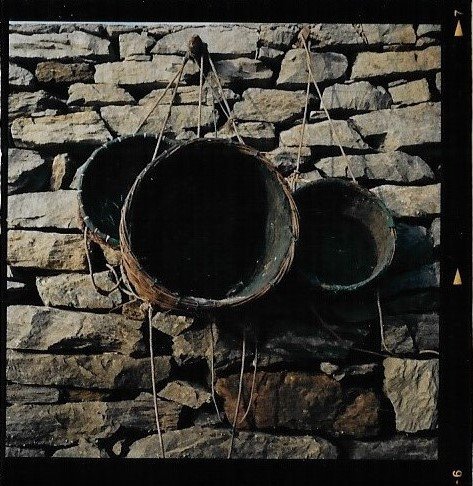

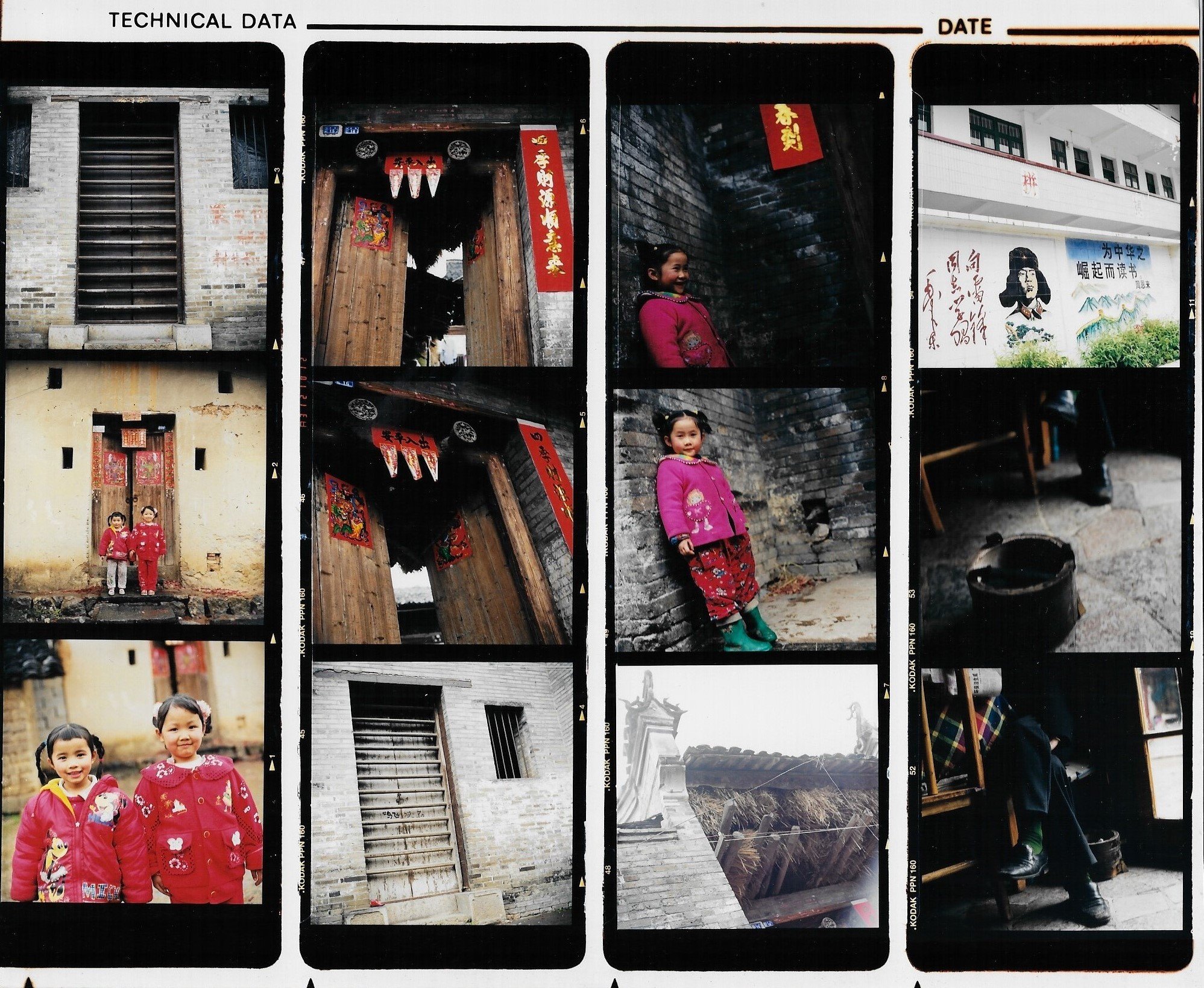

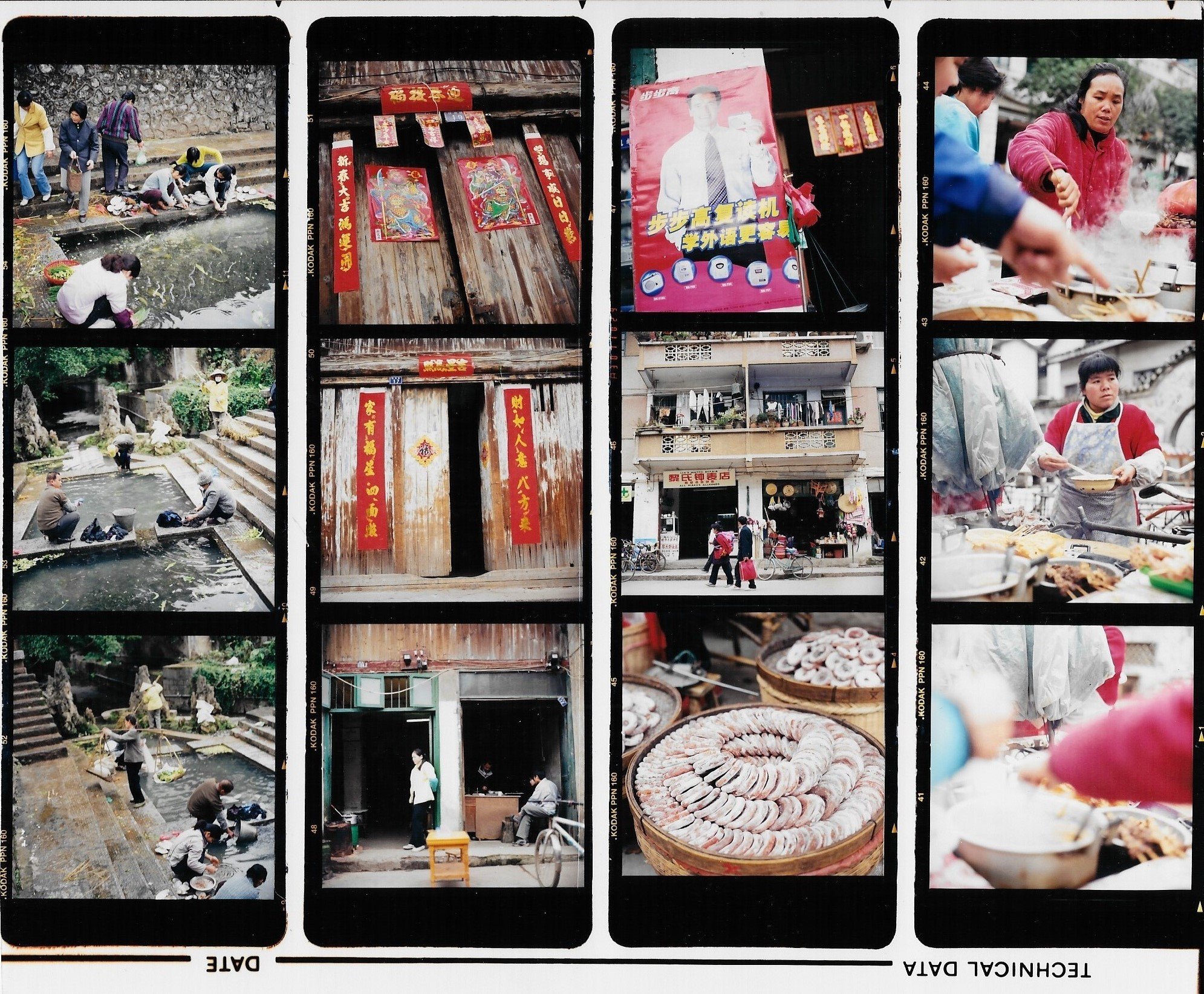
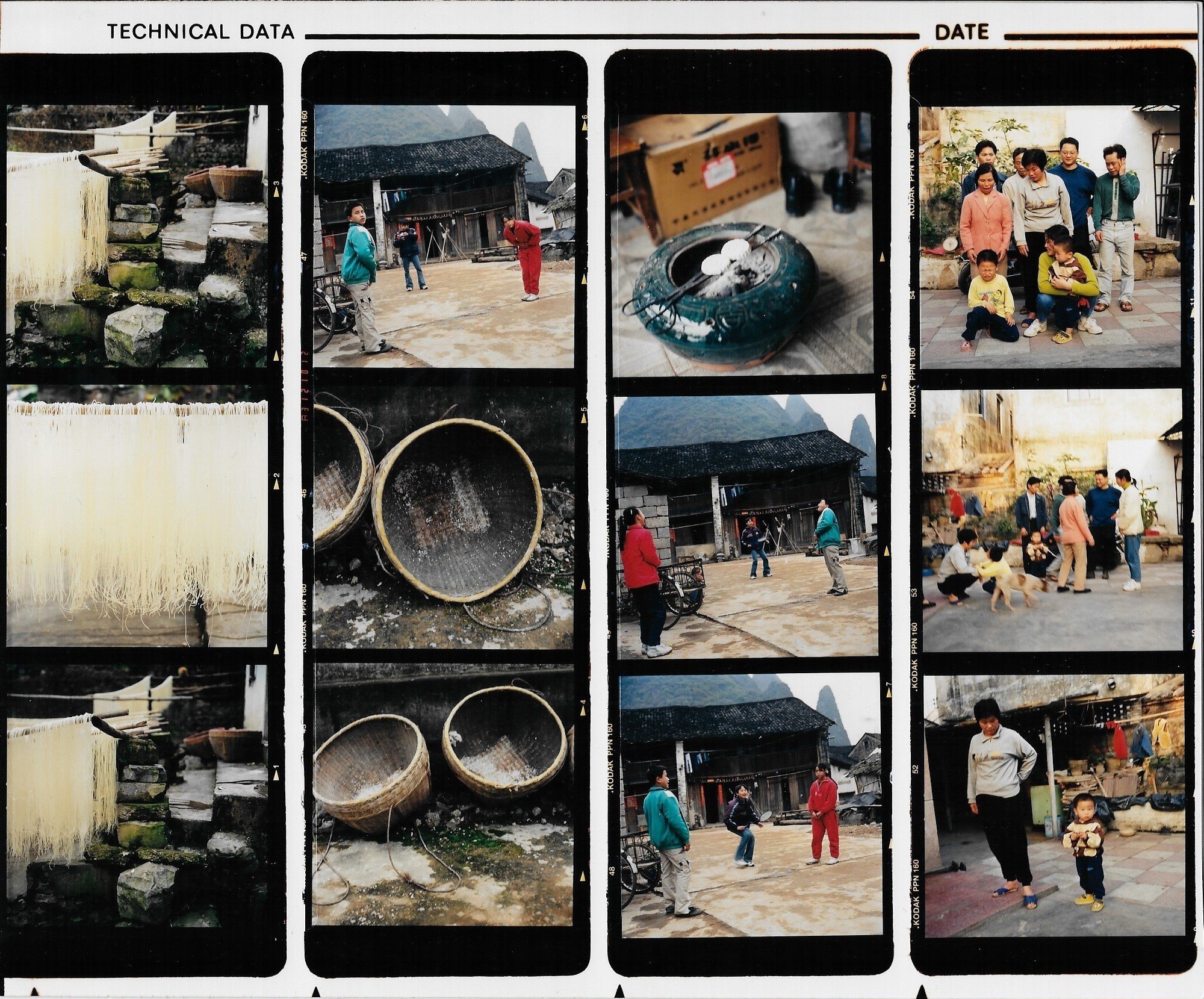
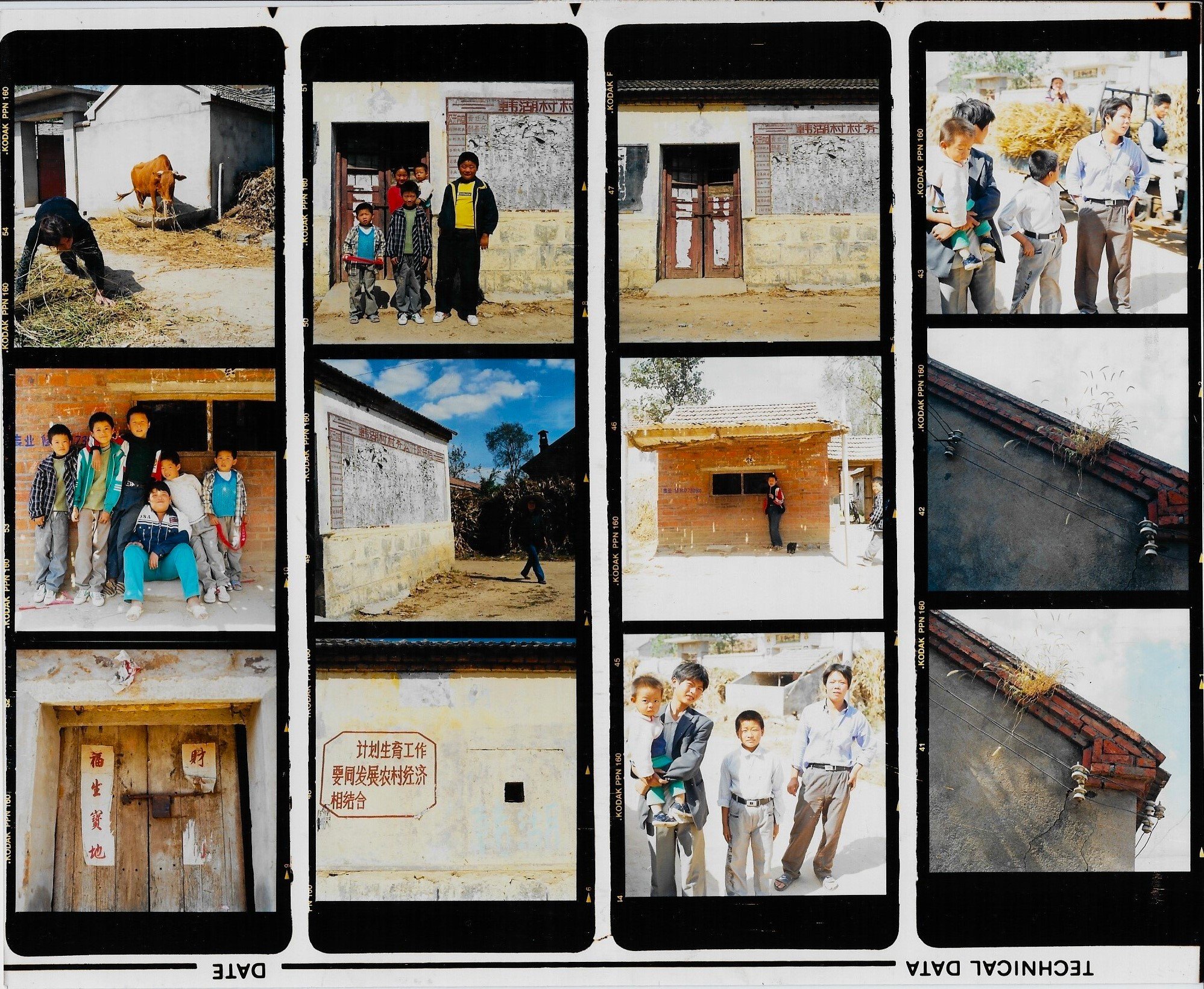















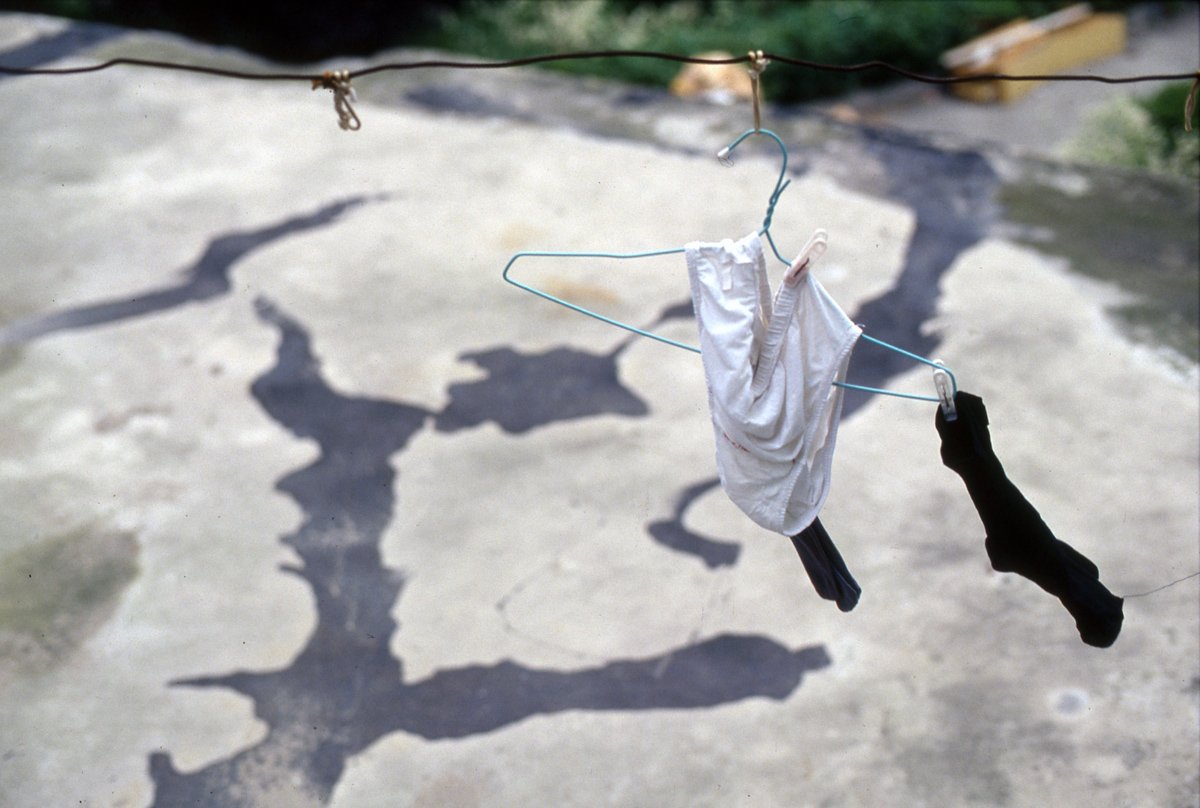

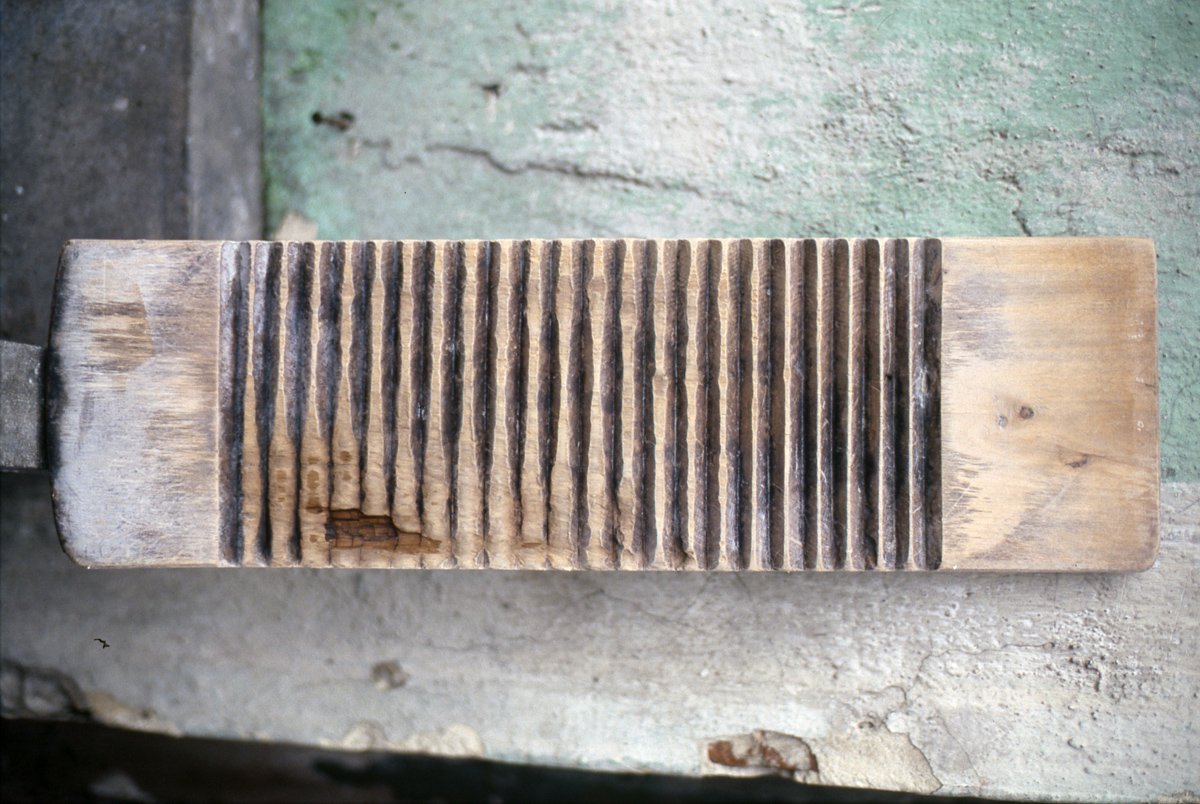
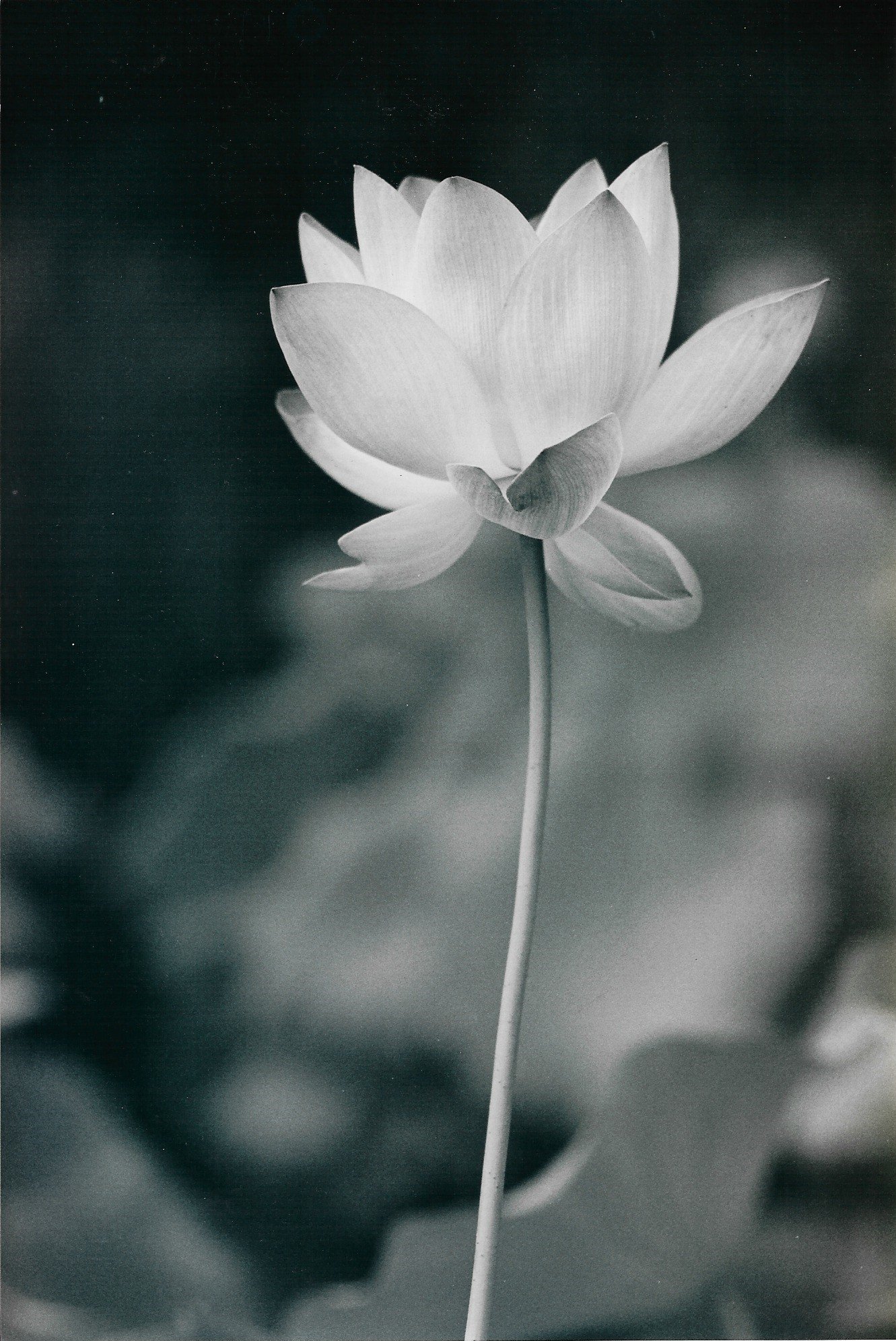
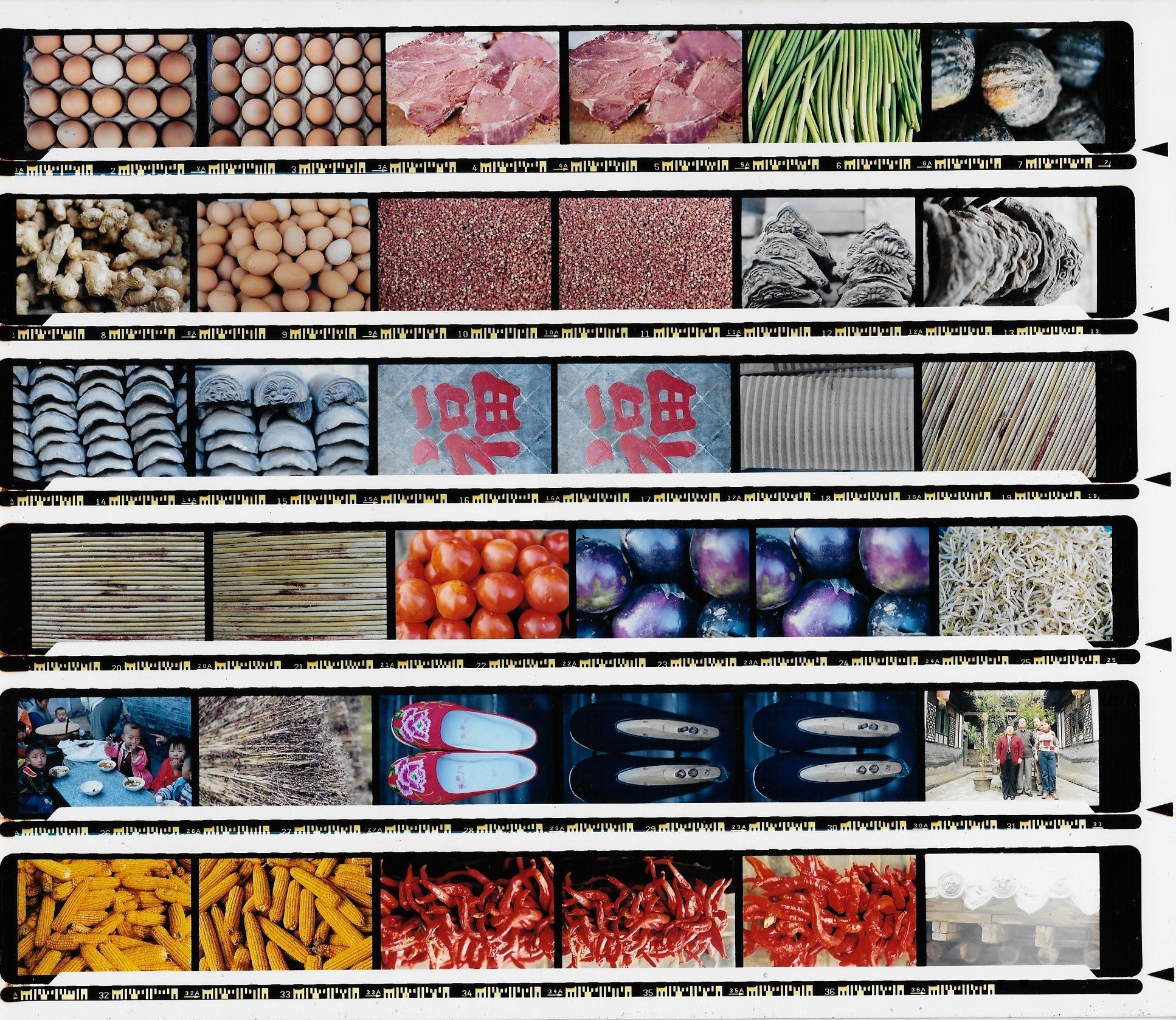
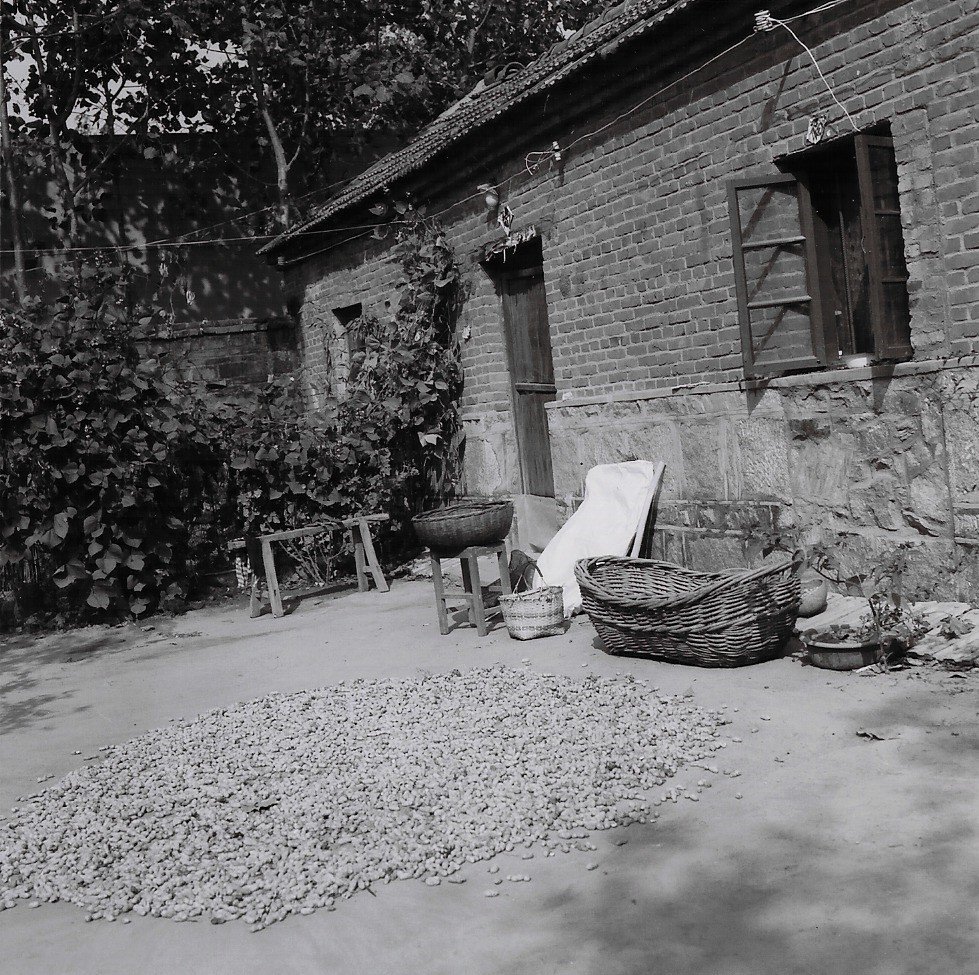
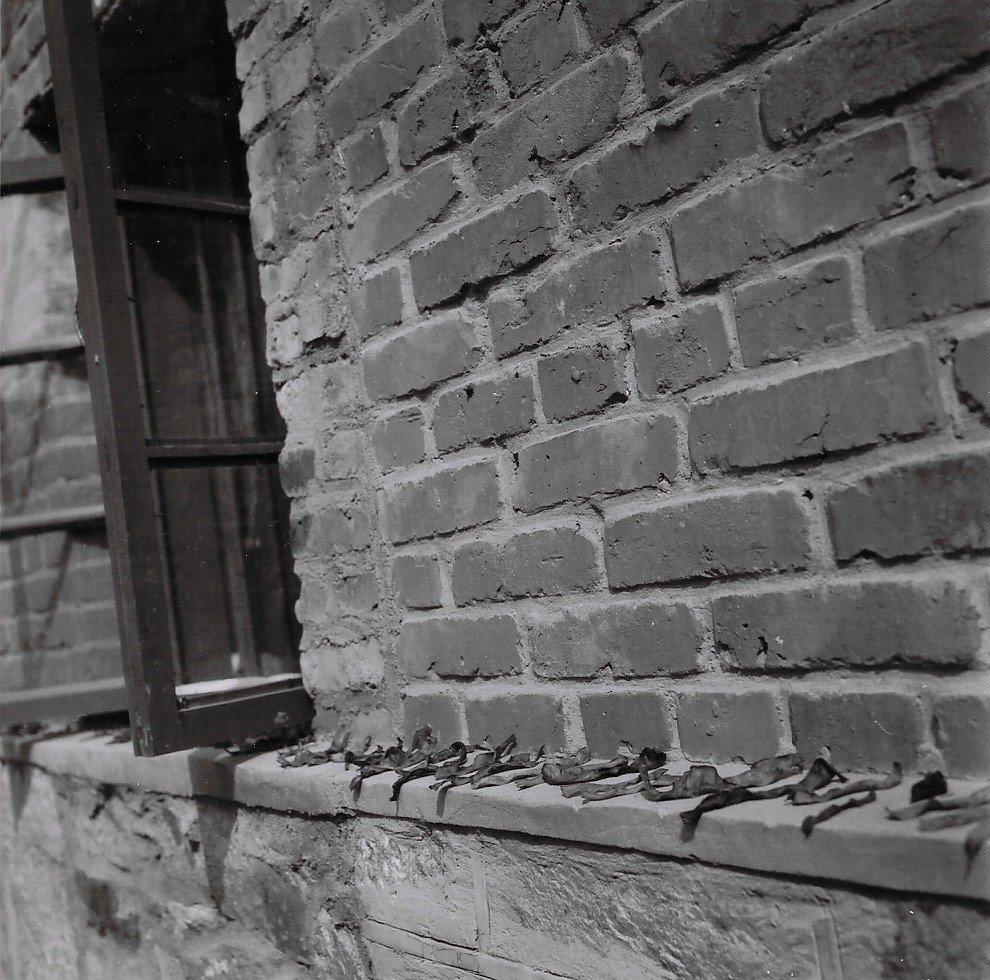
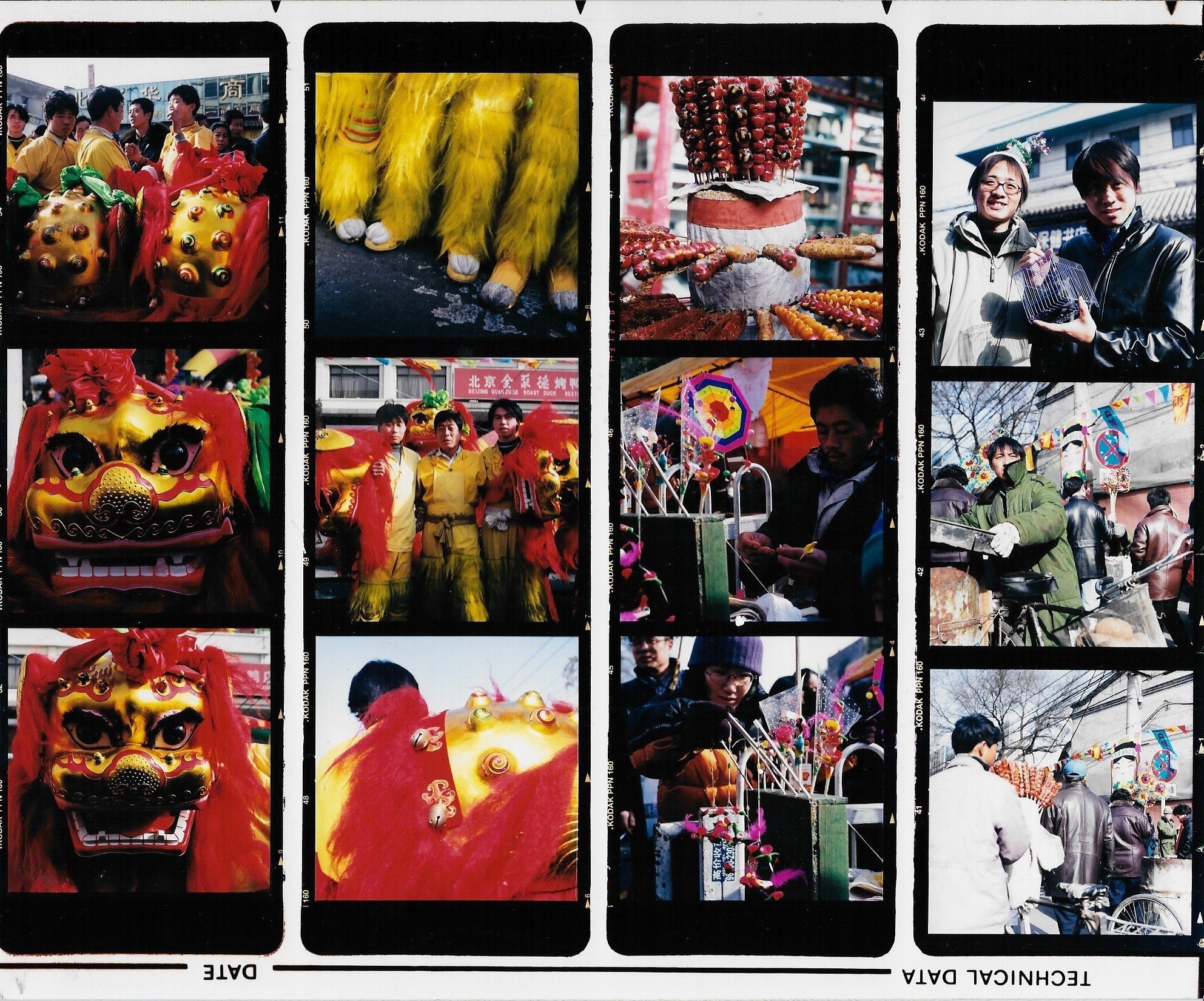
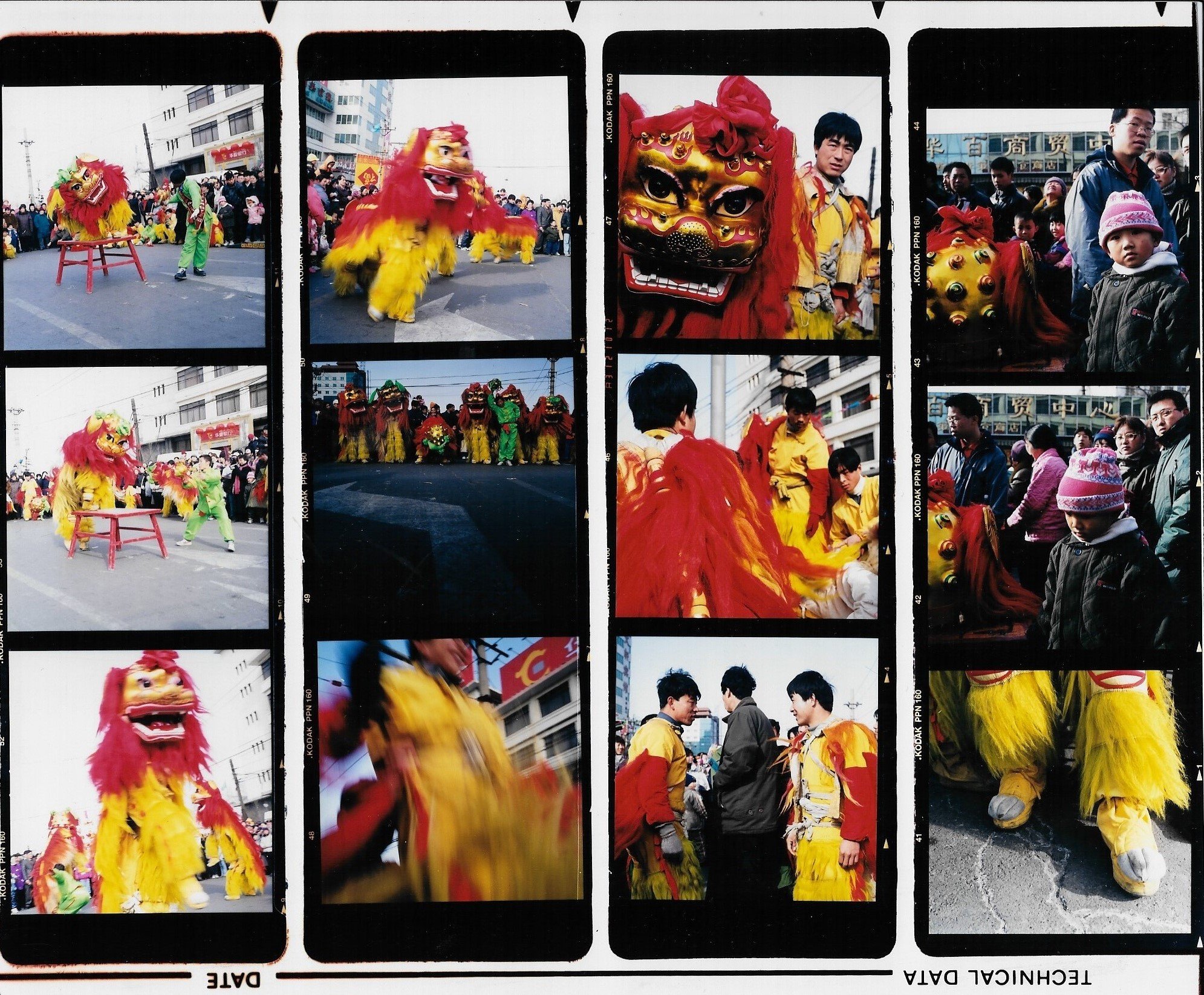
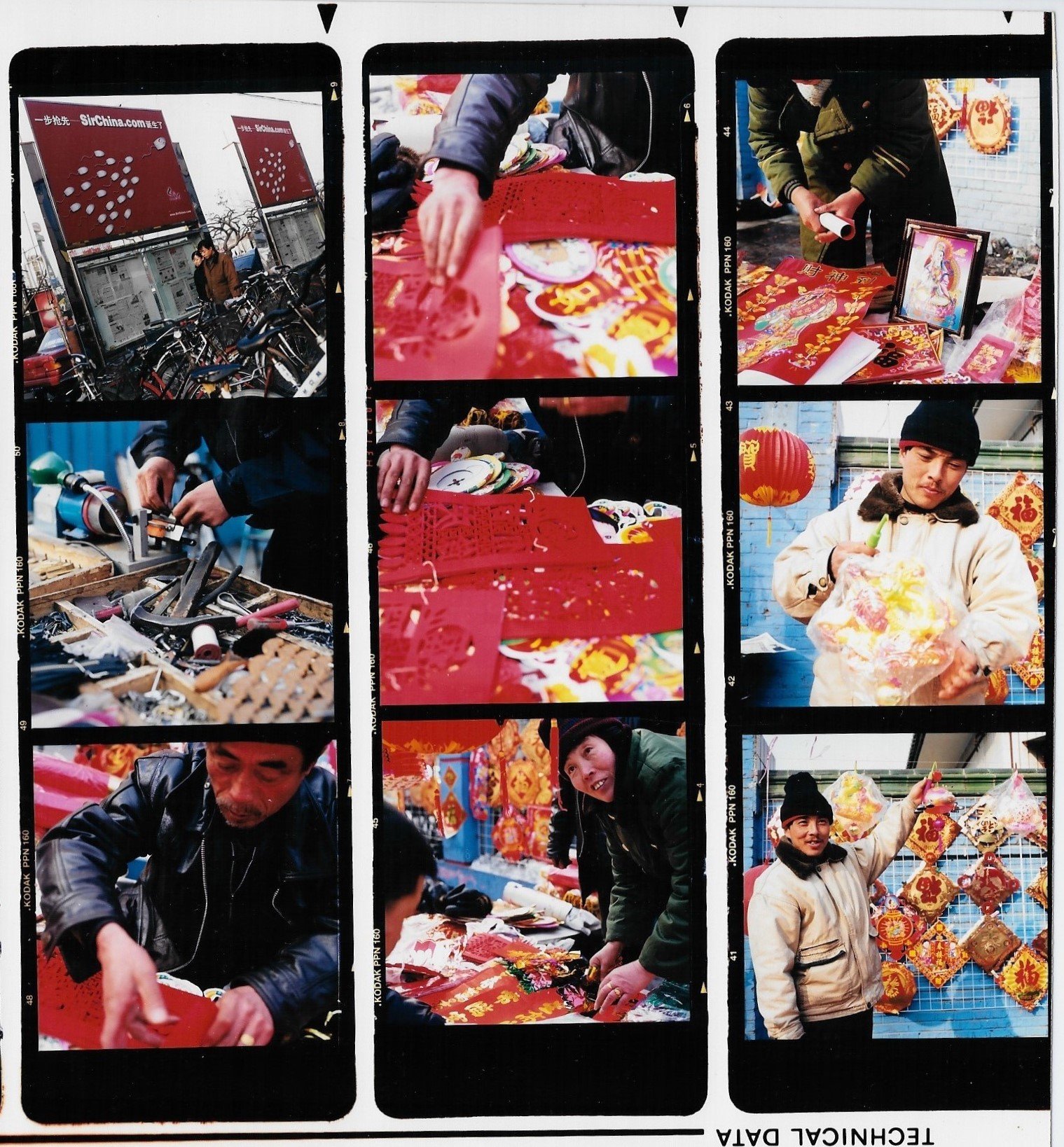
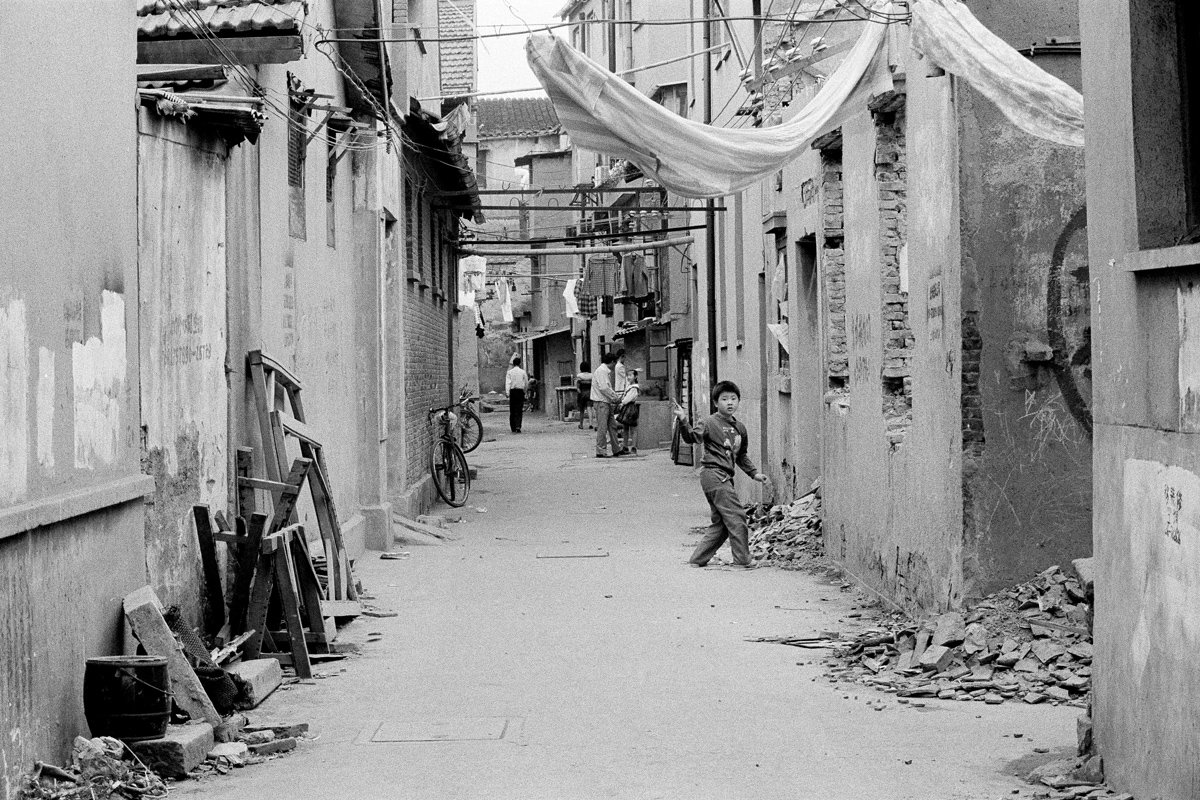
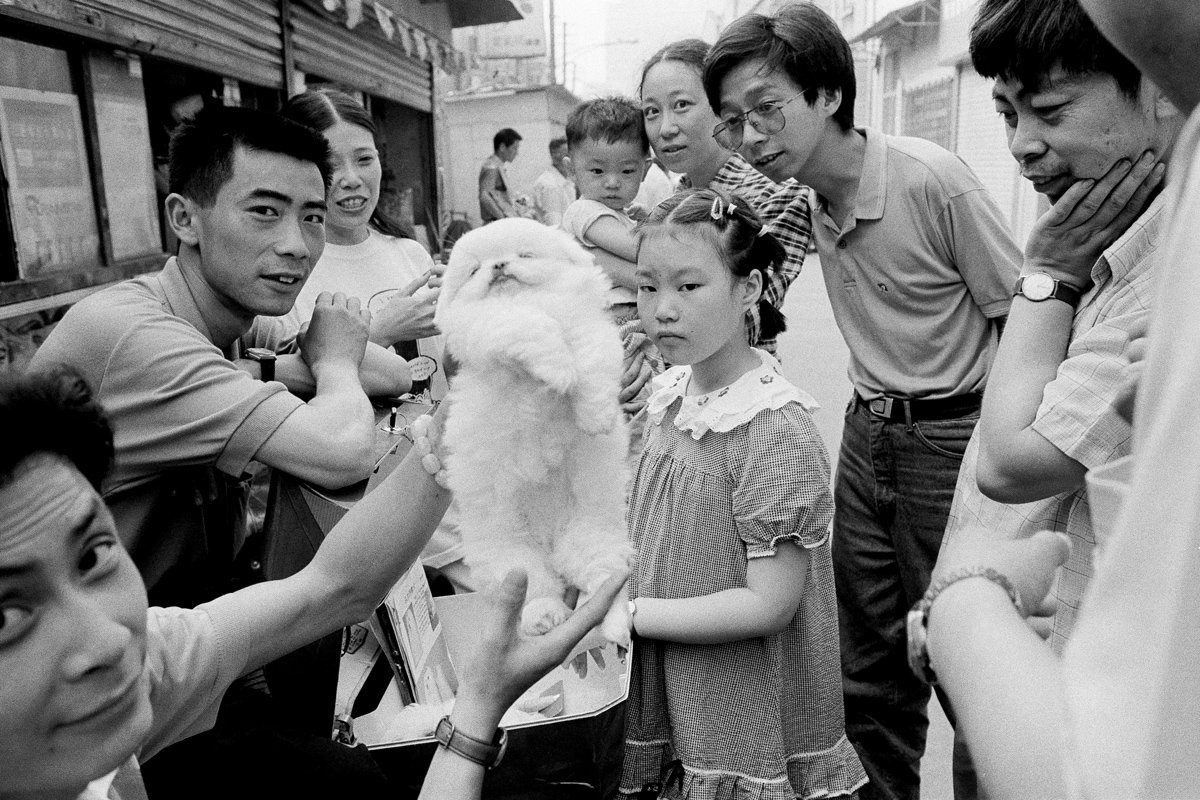
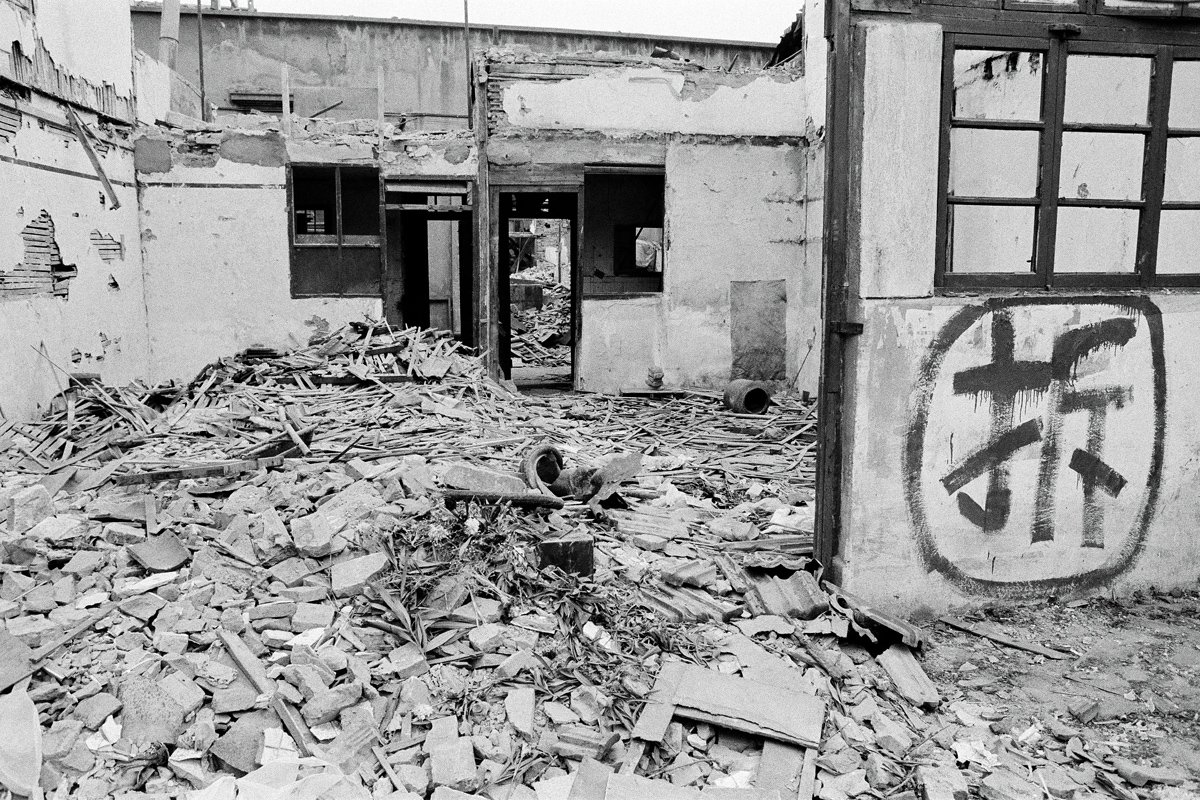
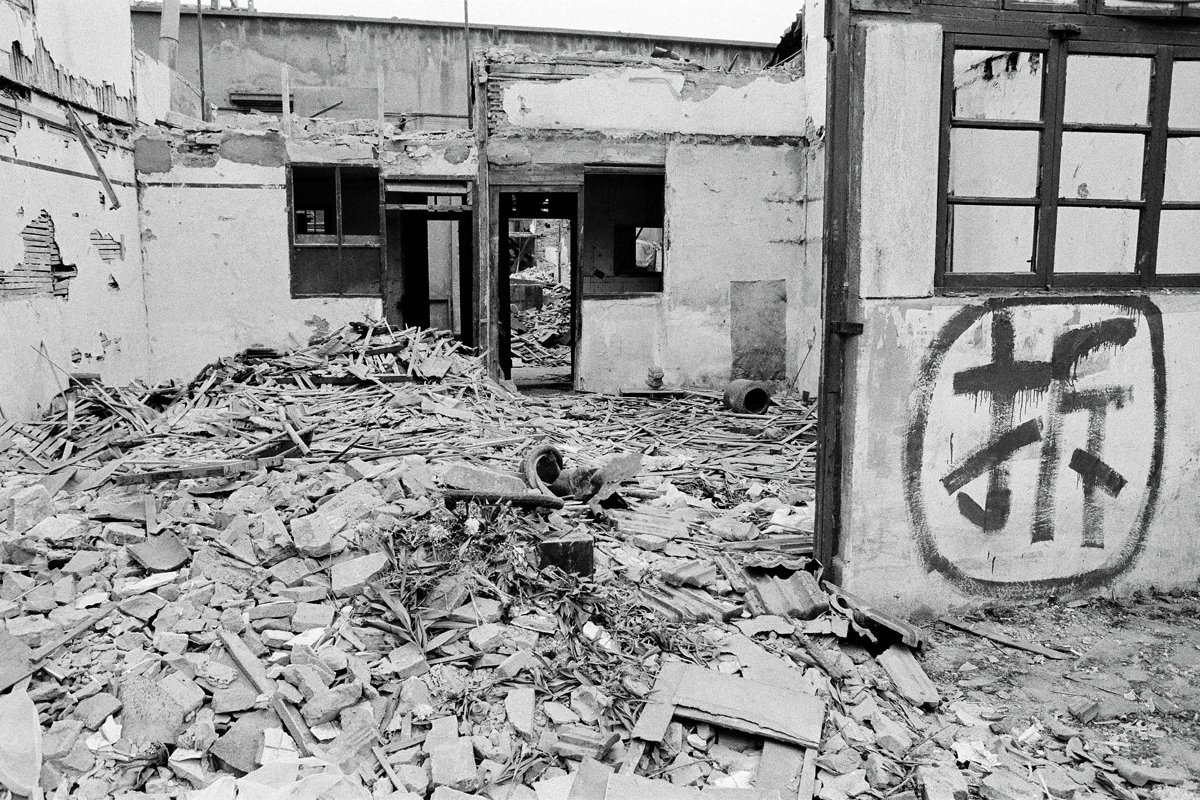
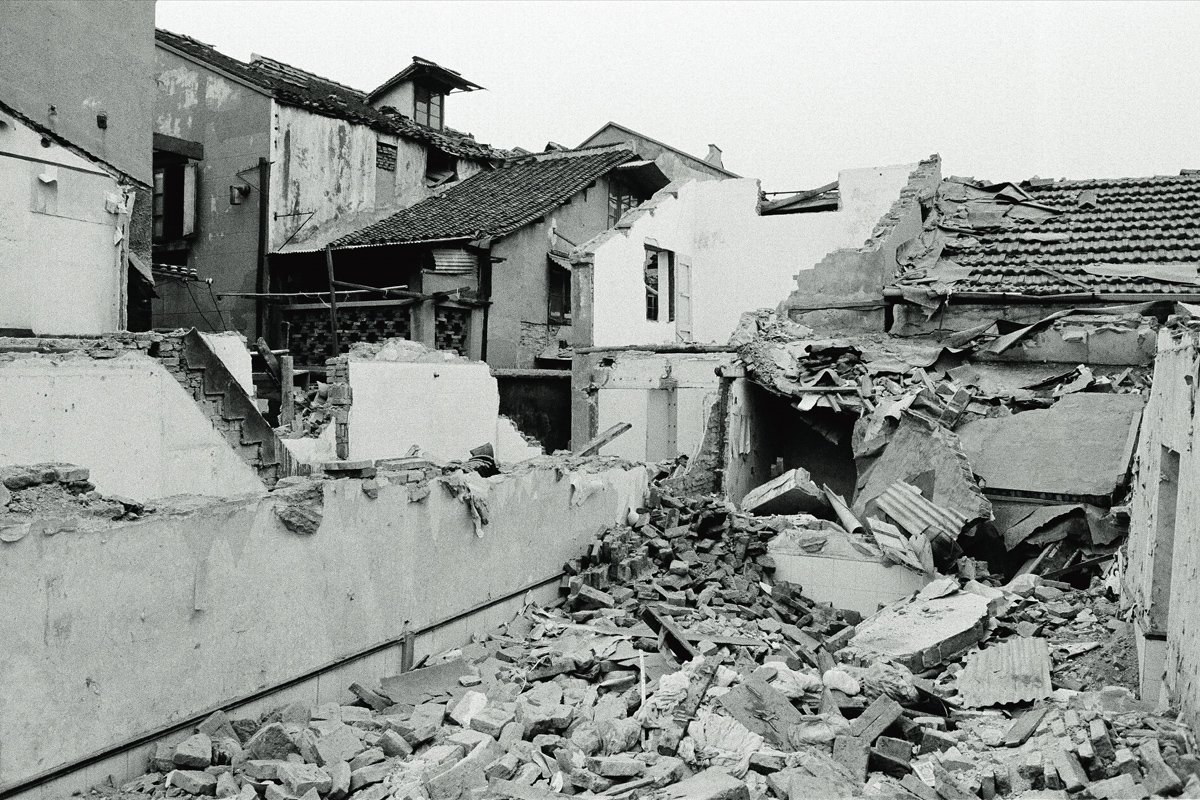
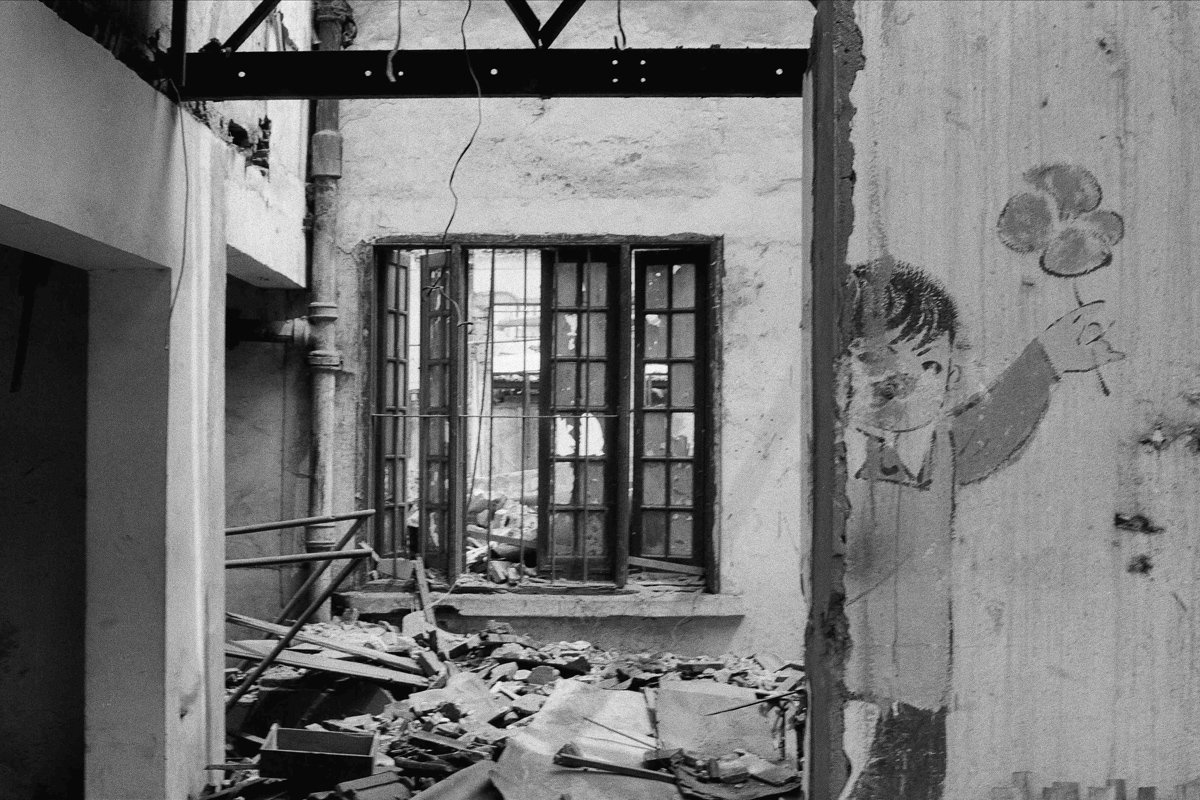
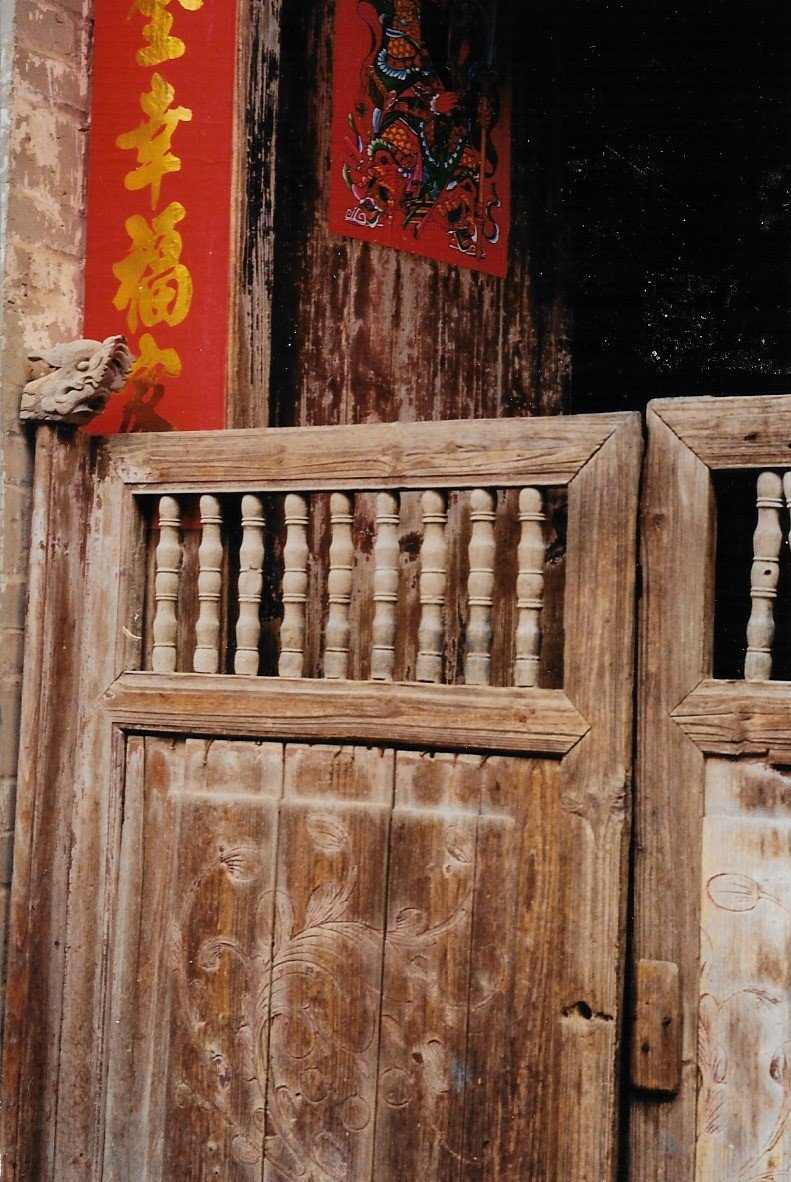
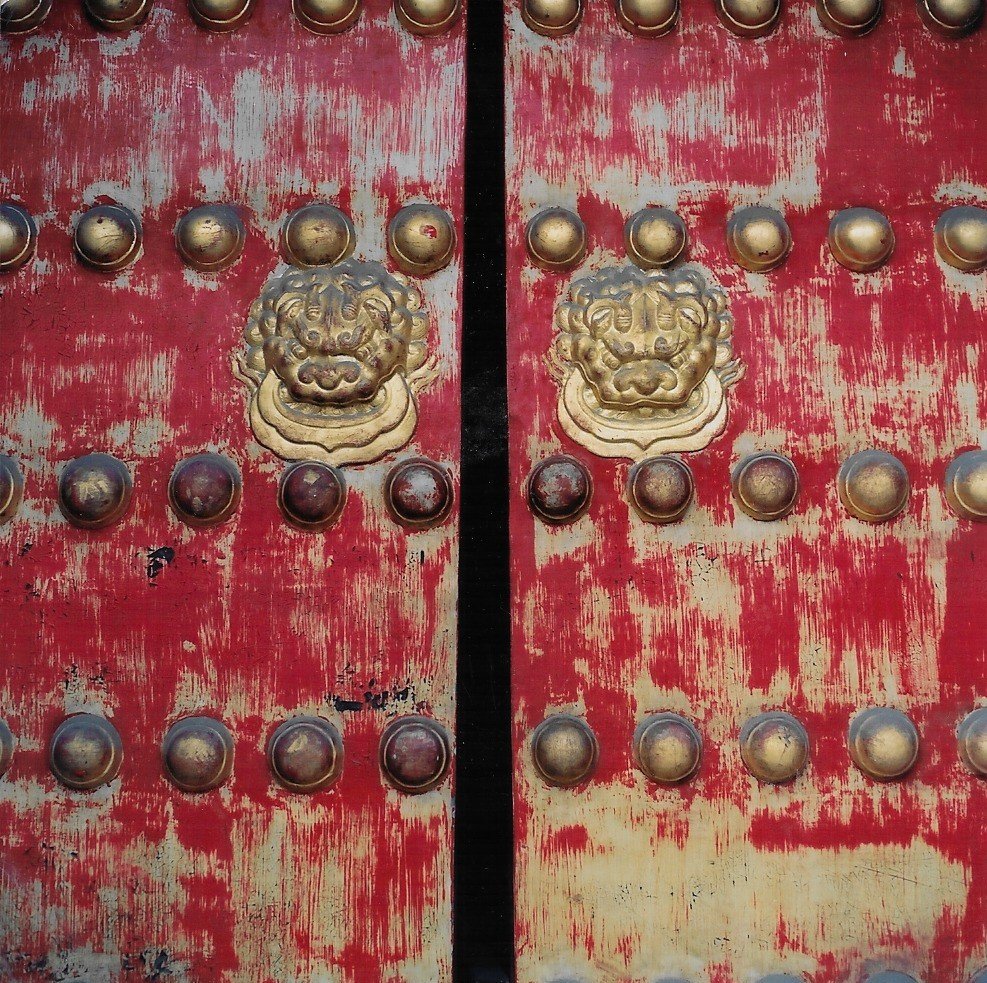
The Eviction of 008 International Art Community
Year: 2009-2010
Medium: Hasselblad, Medium Format, Color & B/W Photographs
In the spring of 2009, a group of talented and keen artists signed long term lease agreements with a local developer and created the 008 International Art Community. Located just north of the well known 798 Art District, 008 offered these artists affordable studio/gallery/living spaces, allowing them to grow their art practice and raise their families. However, by the end of July 2009, the local government (encouraged by the development company) issued eviction notices to all the resident artists of the 008 community, effectively voiding their 20+ year lease agreements. When the artists refused to move, the local government resorted to cutting off power, water, and other services, thus rendering the art community uninhabitable. To make things worse, the developer, nor the government, was interested in reimbursing the artists for the money they had invested in the complex to make these spaces homes. These images were taken from the fall of 2009 to early spring of 2010, documenting how the artists held their ground and lived as long as they could in the area and the Warm Spring performance art exhibition that was more of a protest on behalf of the artists and their friends, supporters. Not only did the media show up to this event, but also representatives from several European embassies. A long story that is explained in more detail in a book I wrote, TAKING ON CHINA: How I Freed My Husband from Jail – A Memoir (2020).
Taking On China write-up in Calgary Herald
Taking On Chinawrite-up in PostMedia/ National Post
Documentary film about 008 Eviction by Shannon Van Sant (2010)
008 International Art Community Eviction





















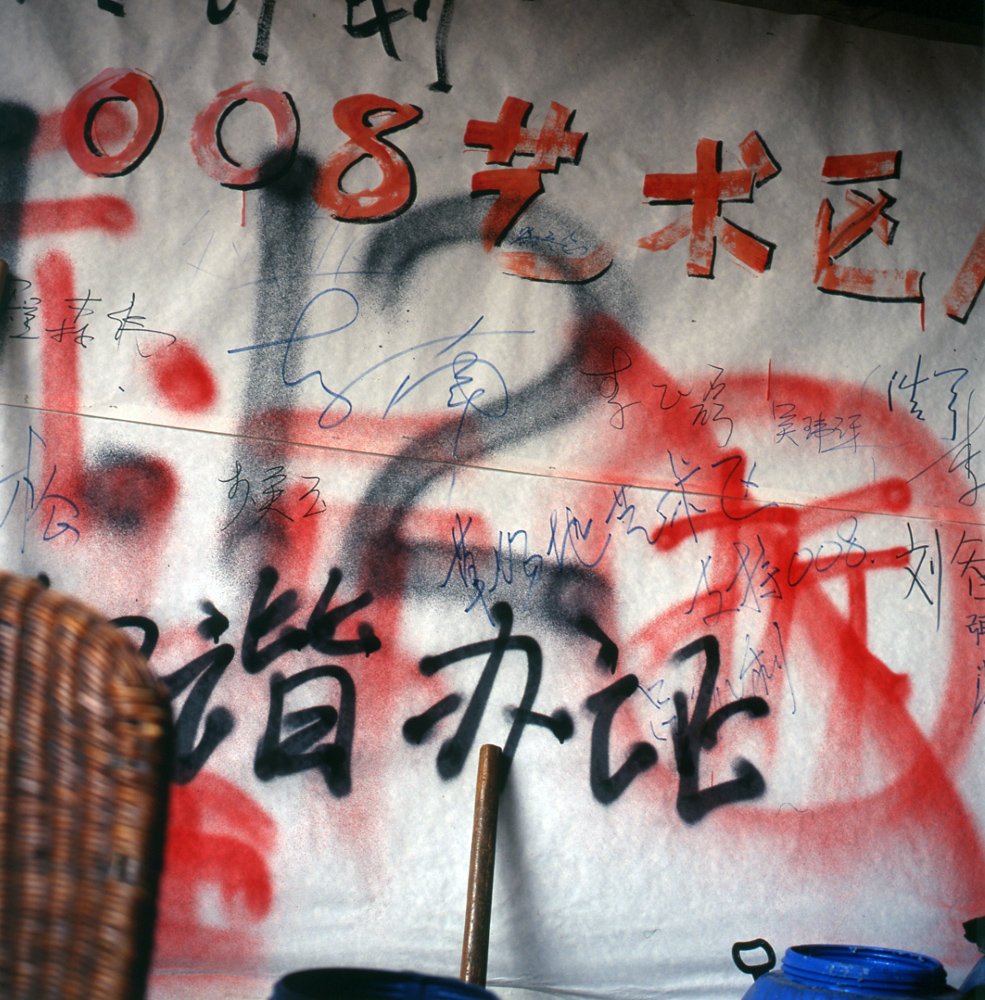


Warm Spring Performance Art Demonstration














798 Factory Buildings - Steam

Year: 2003
Medium: Hasselblad, Medium Format, B/W Photographs
Sometimes I just never know what I will come across when I step outside my door with my camera. It was good timing in November 2003 when I visited Beijing’s 798 District with my Hasselblad camera, as I stumbled across steam venting out of pipes of factory buildings on site. It was the perfect temperature of the air outside along with the temperature of the water flowing out, creating the most amazing opportunity to capture steam! This scene also relates to much of what the 798 Art District was prior to being claimed and developed as an art district: it was a major ammunition factory on the outskirts of Beijing. It gave me the feeling that the buildings were alive and engaging with the visitors and planners who were arriving in droves in the early 2000s to gentrify the community: like a dragon, giving off steam, overhearing the eventual destruction? The sound of the steam was equally enthralling, adding to the buildings communicating that they are NOT keen to being re-purposed.
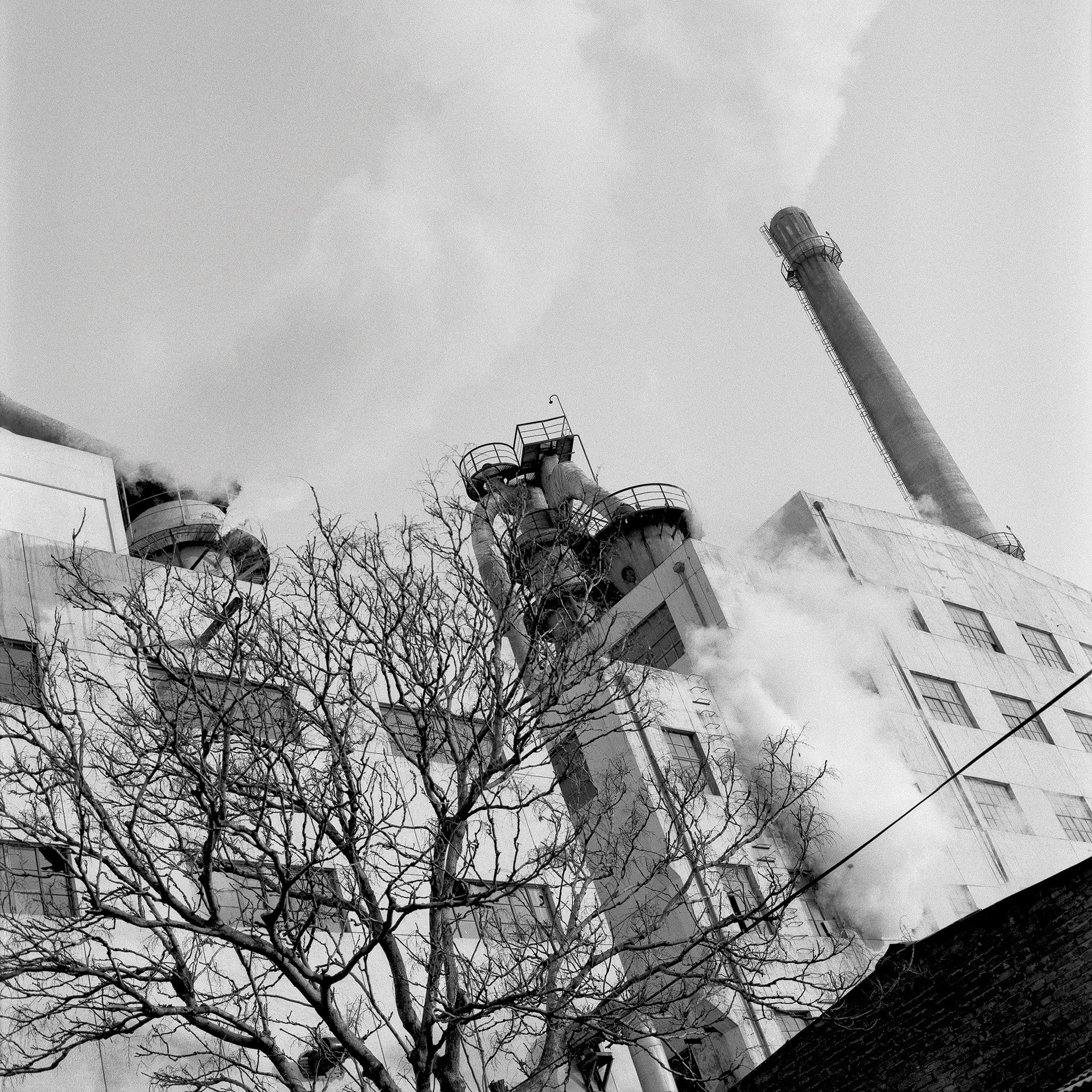
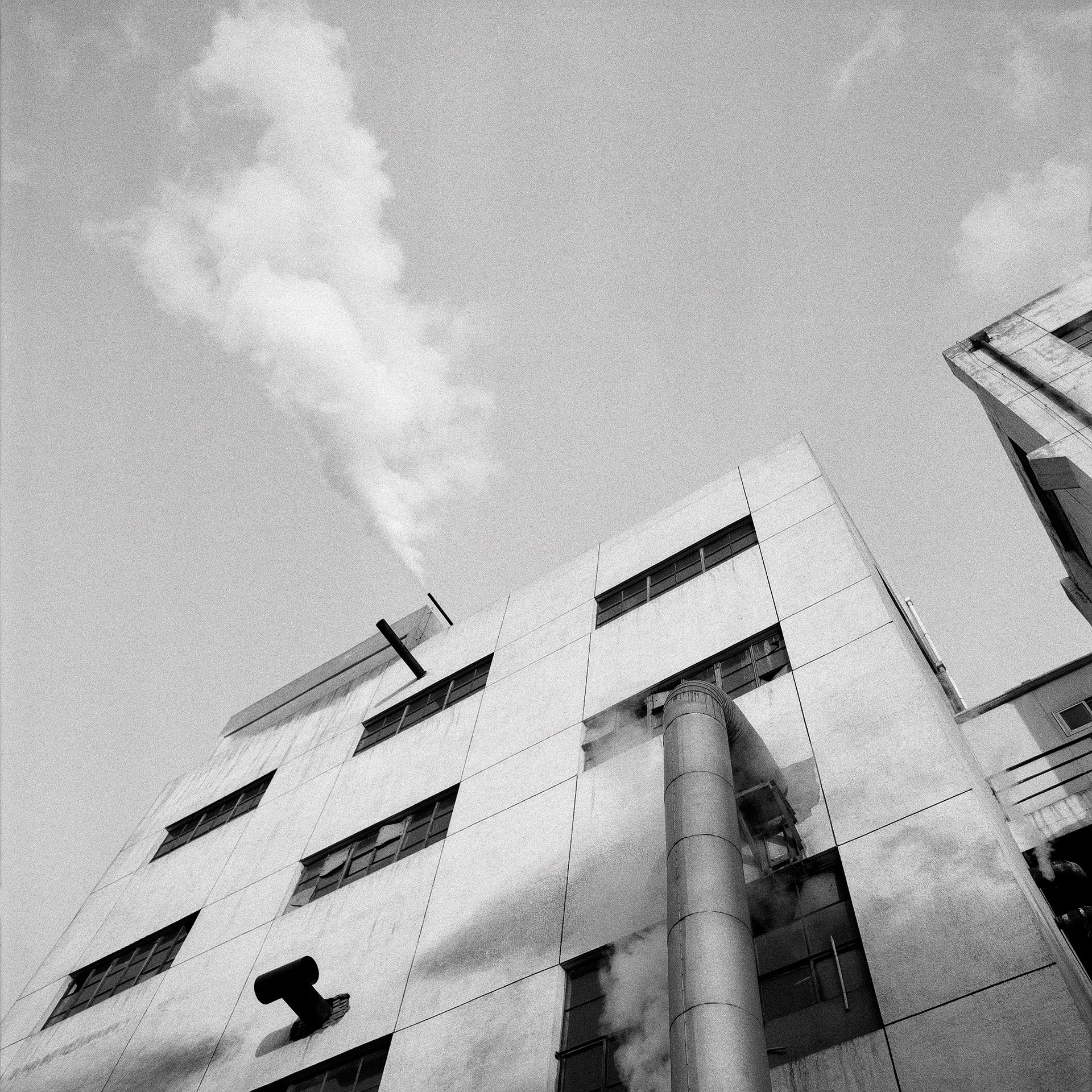
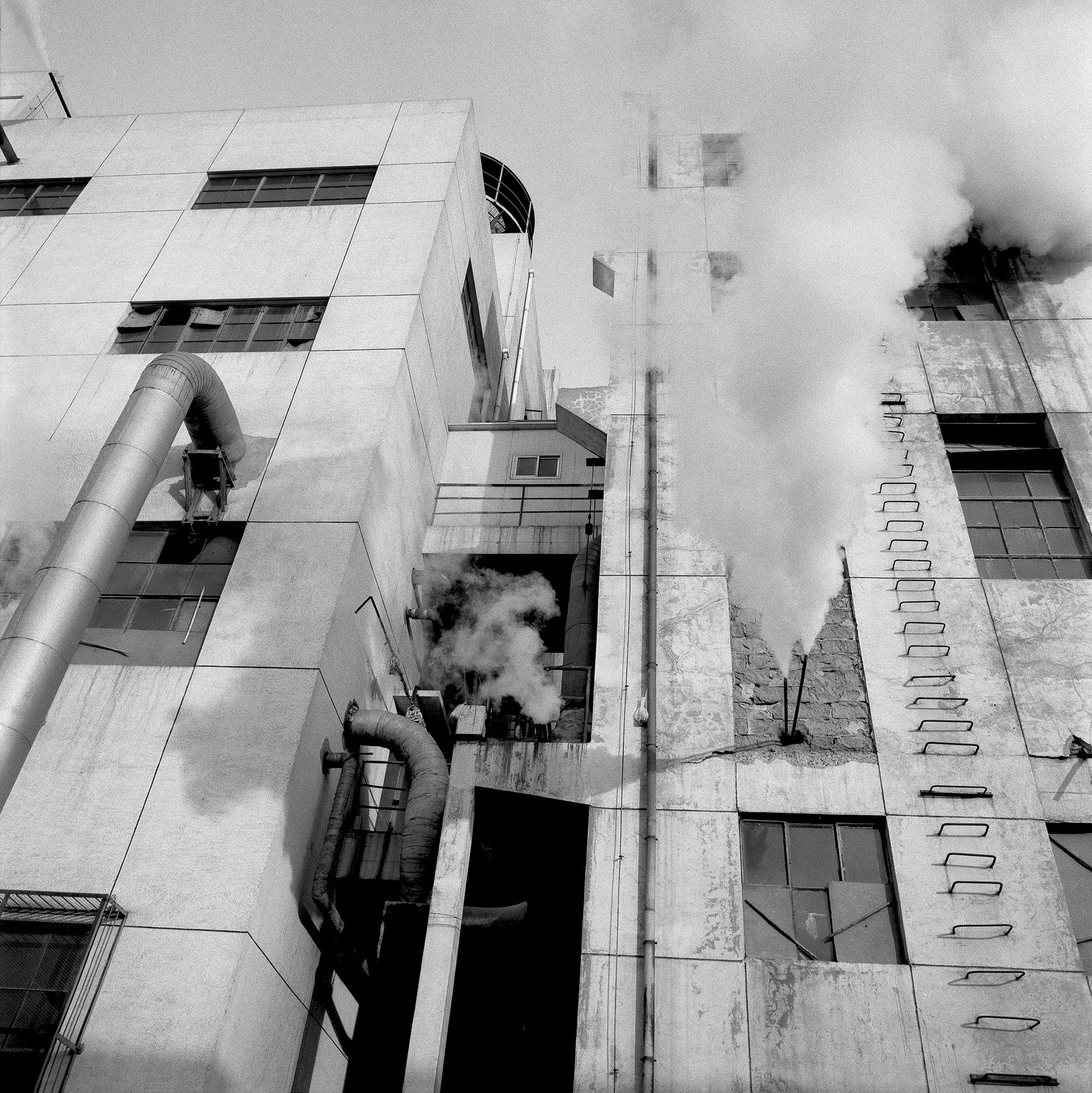
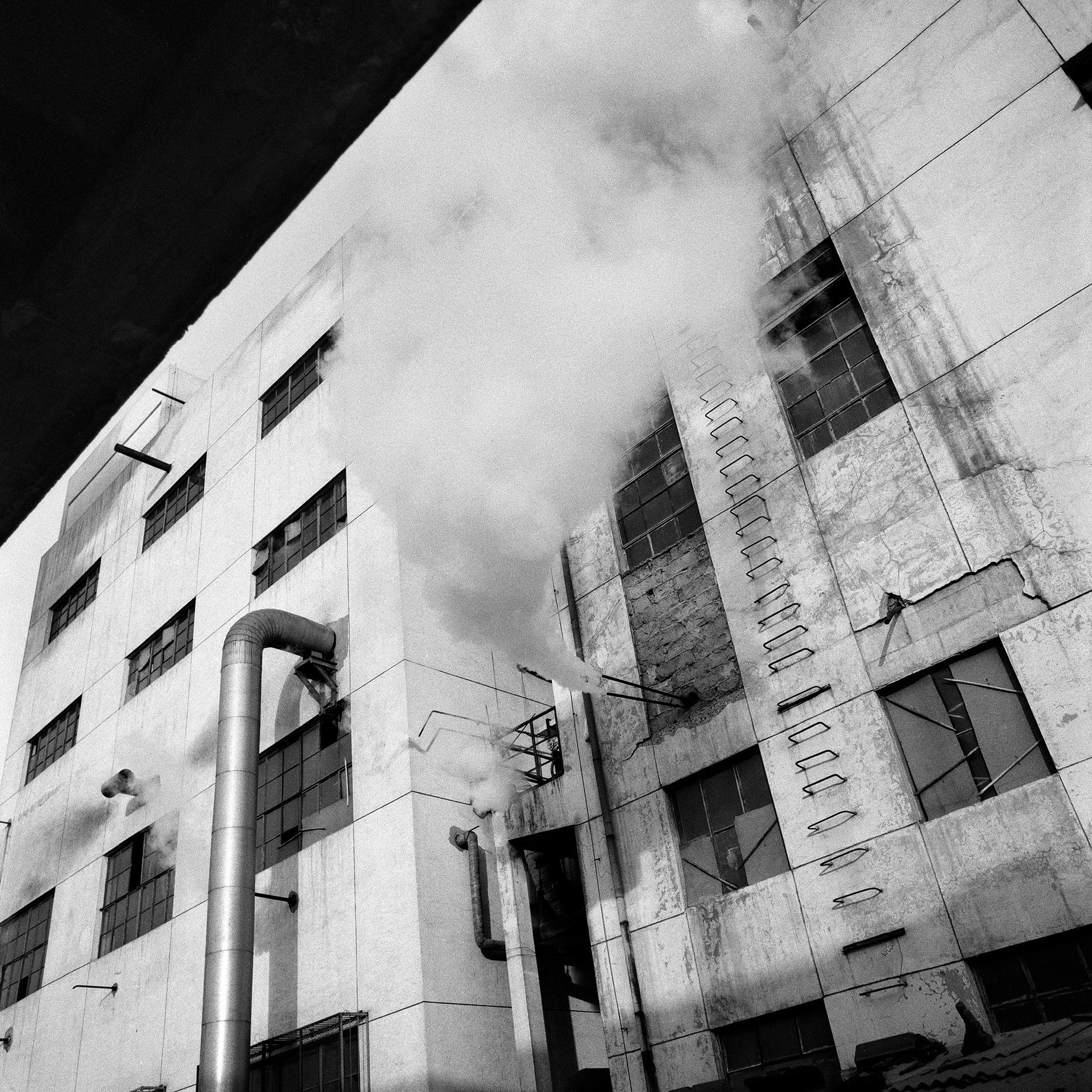
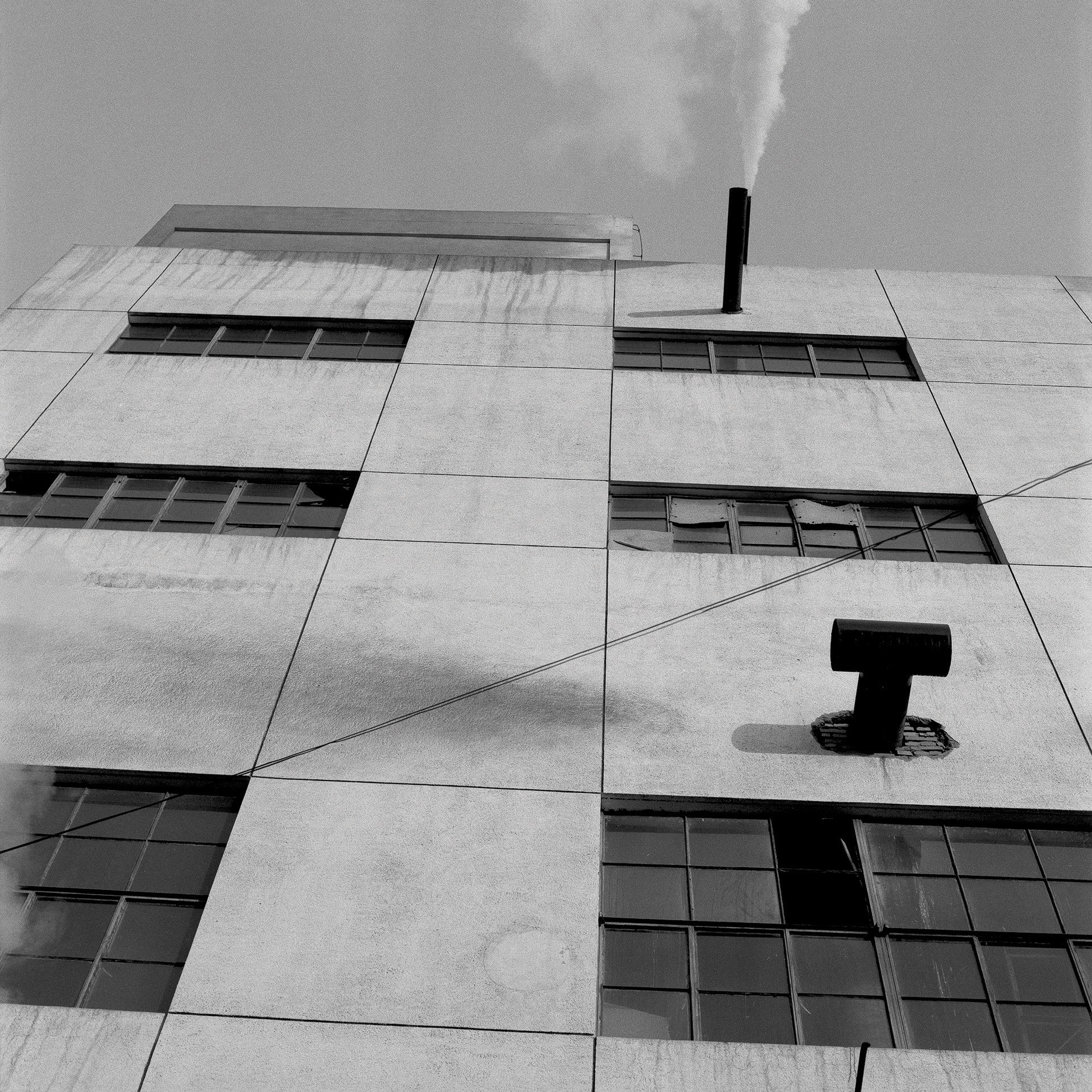
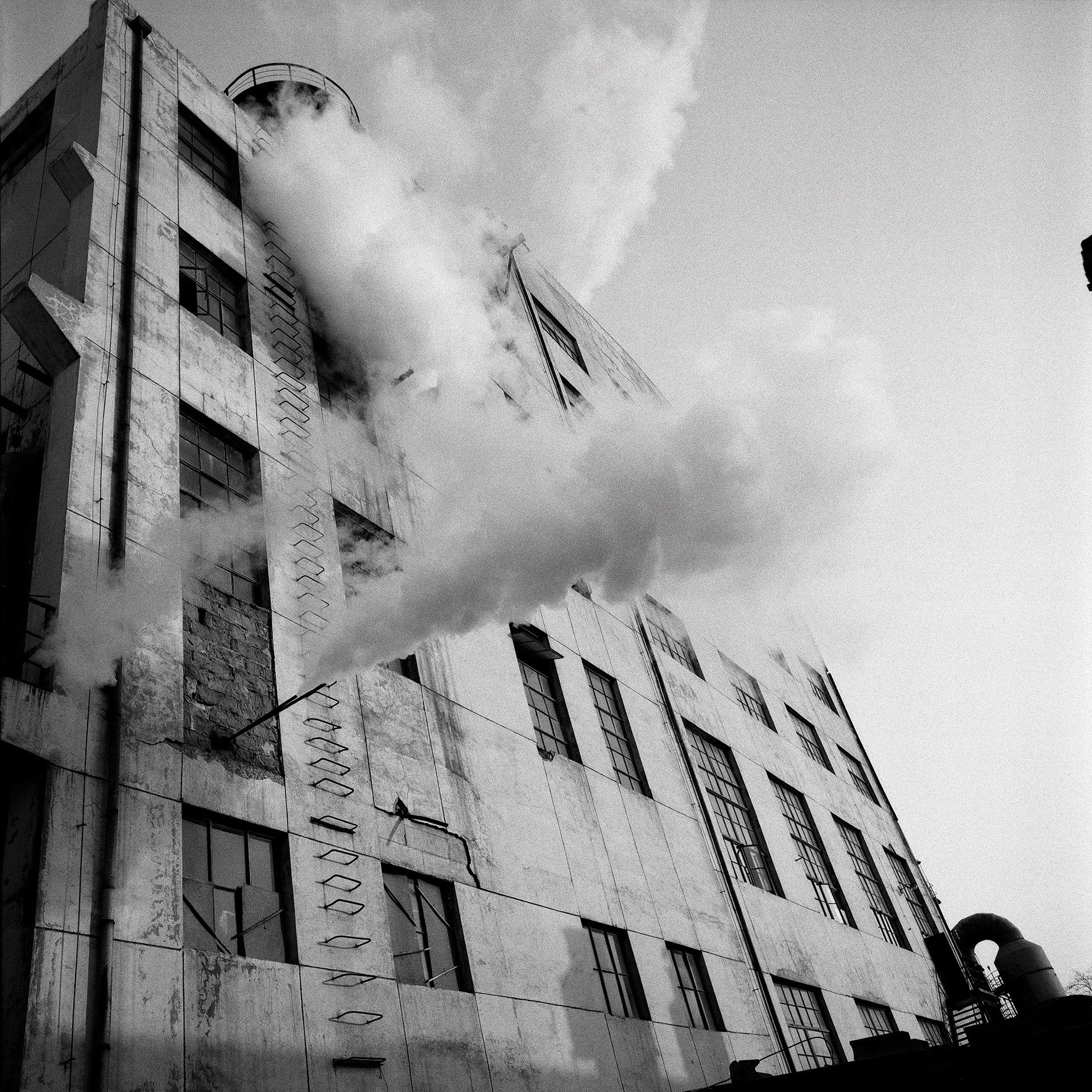
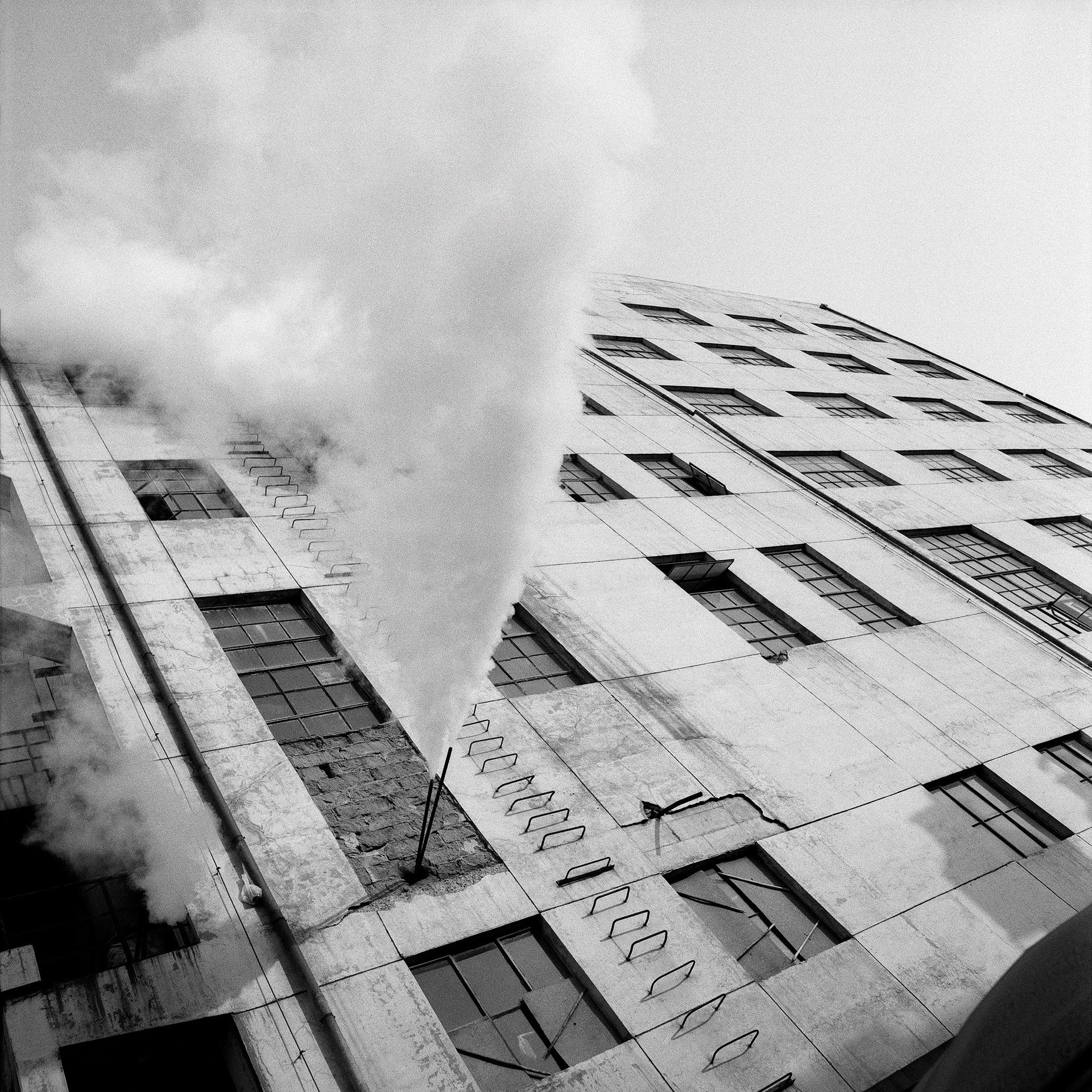
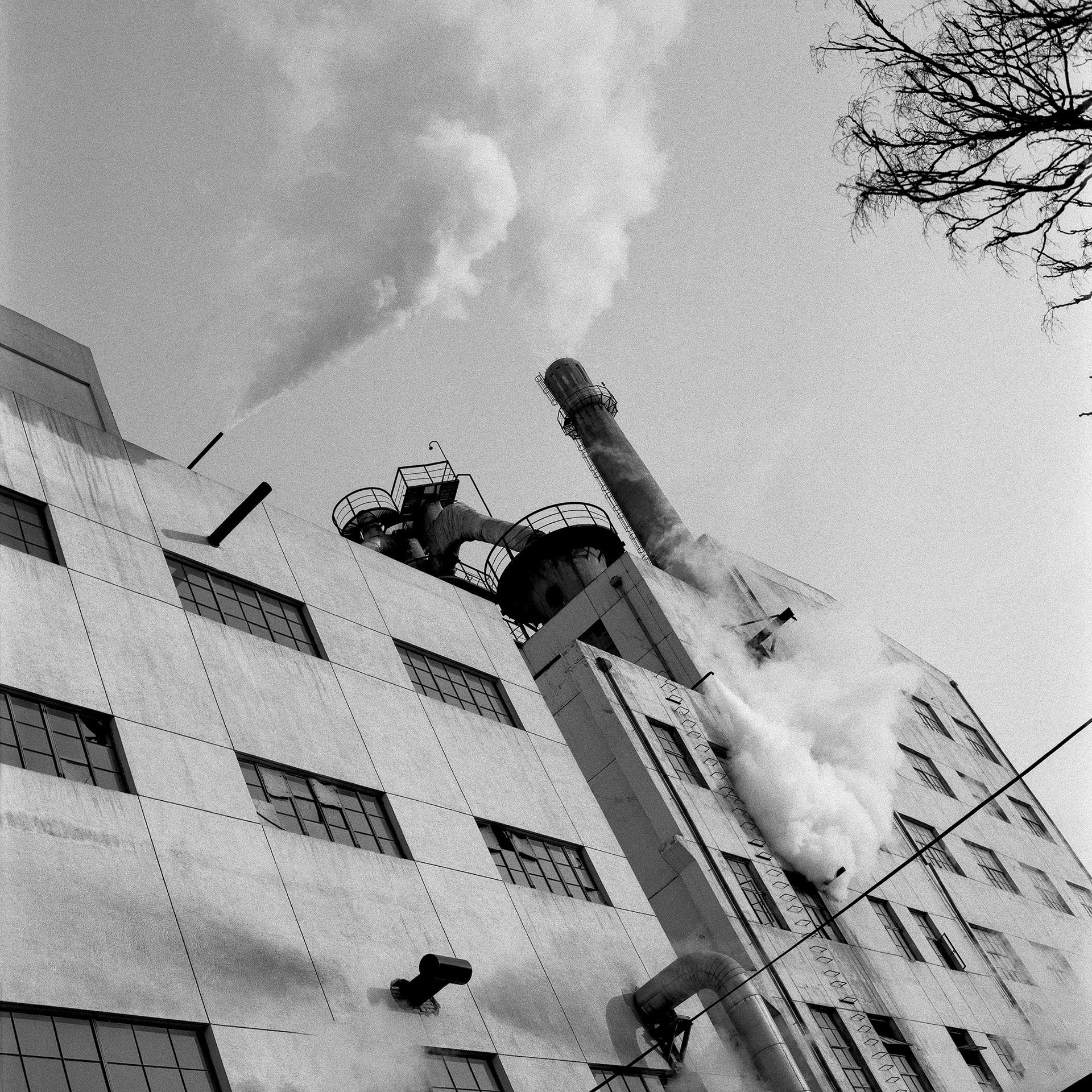
Toy Truck & Tractor

Year: 1991
Medium: Nikon FM2, B/W Photographs
I had been walking by trucks and tractors on my aunt’s farm for decades, but it was not until I stopped and really looked, I saw that child play was mimicking adult work. It does not matter how we change the perspective, the relationship between two things is always there, we just must commit the time and mindfulness to see it. I saw it that day, despite walking by it many times before: once you see something, you cannot unsee it.
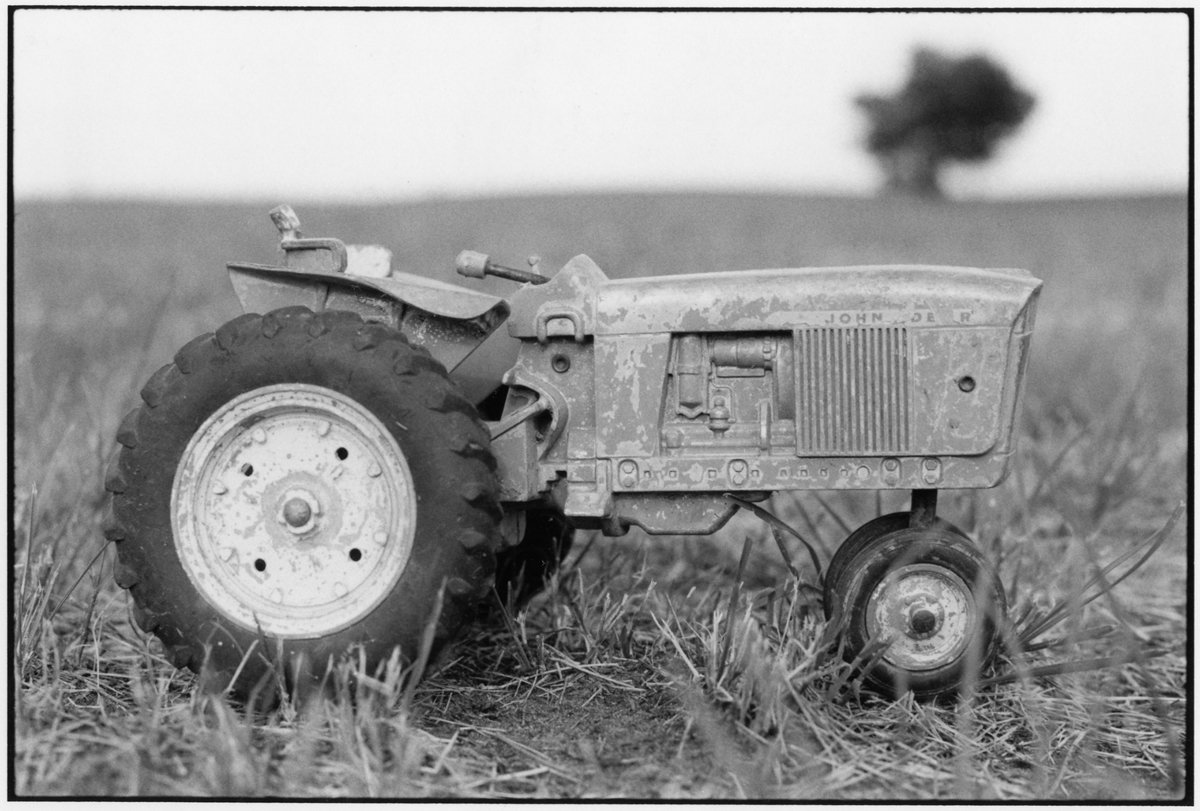
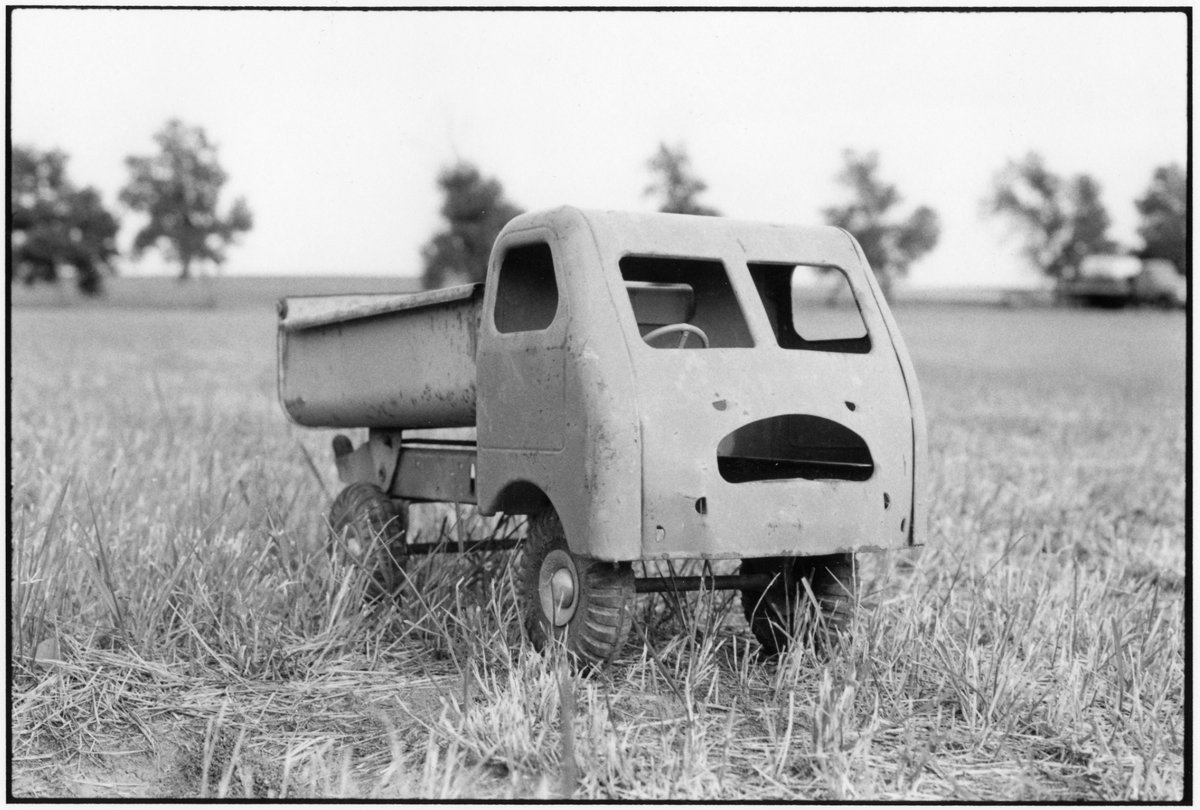

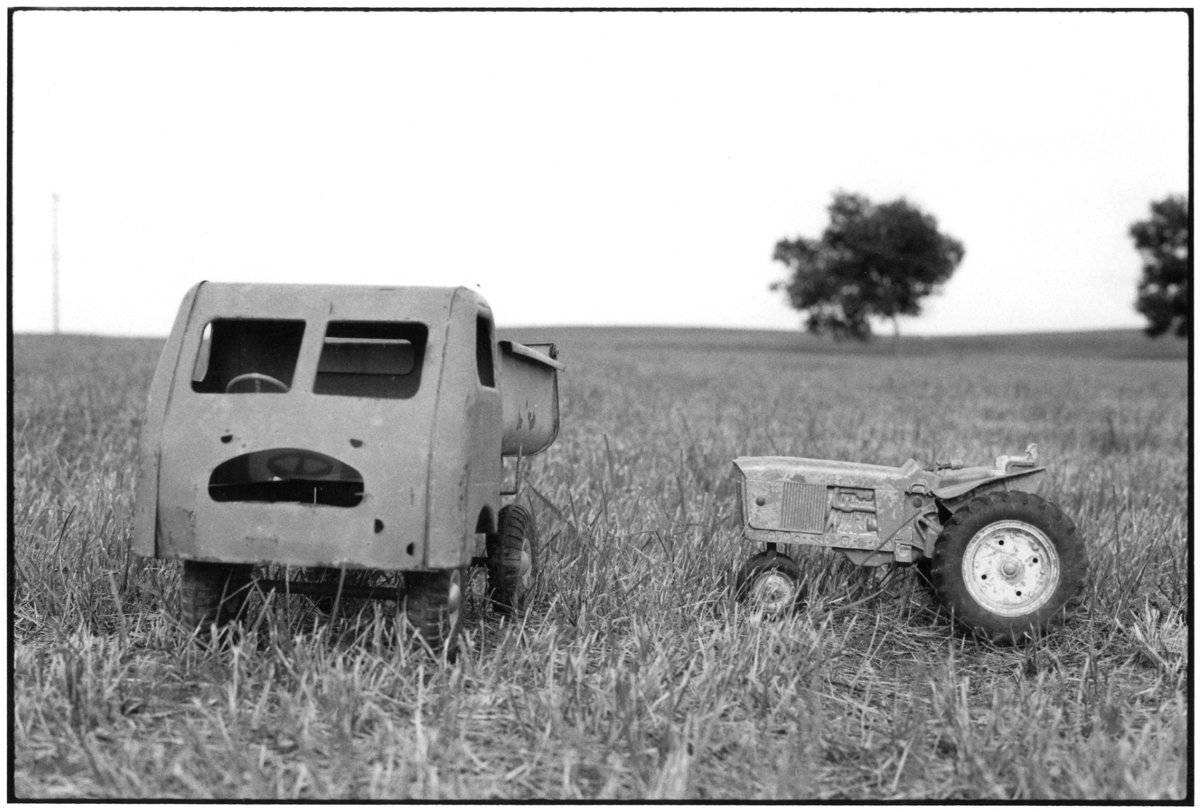
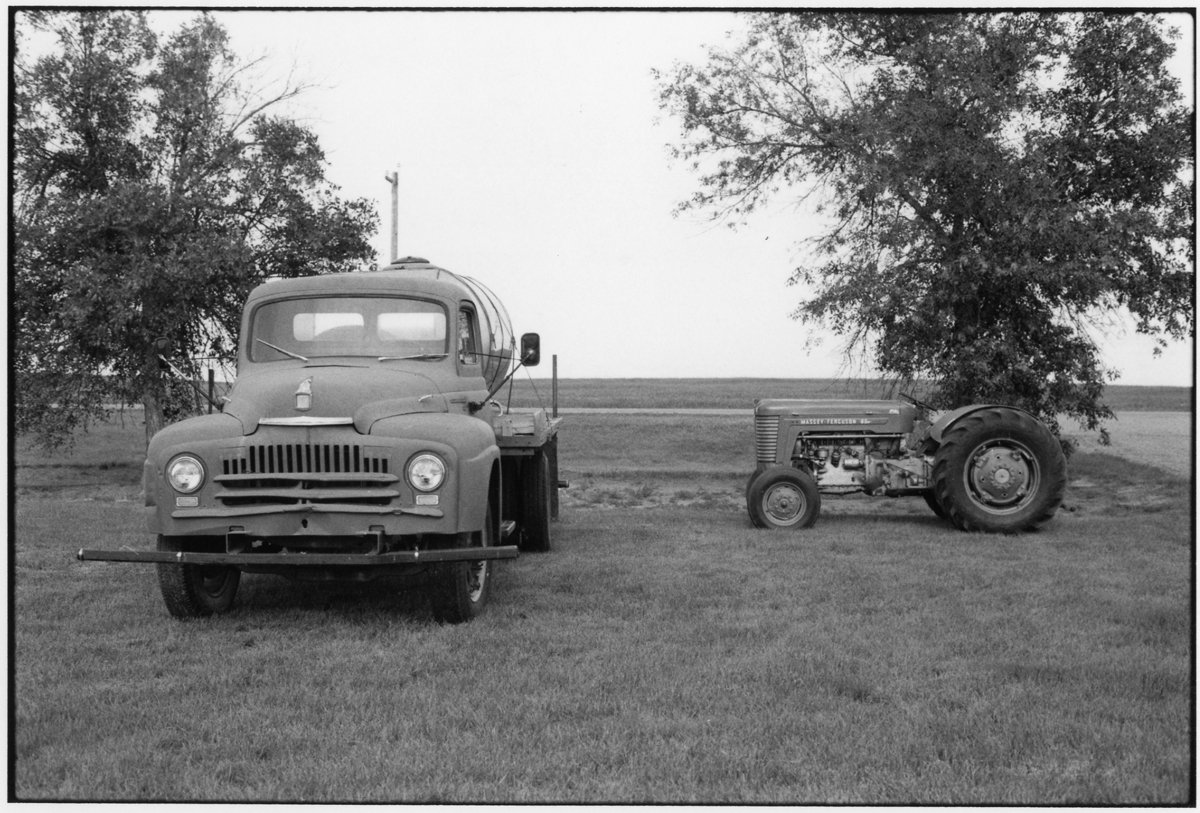
Powwow

Year: 2023
Medium: Nikon FM2, Ilford 125
I had some time on Sunday July 30 th , 2023, to take in the Tsuu T’ina Nation Annual Celebration and Powwow at the Redwood Meadows Fairgrounds. I had not been to a Powwow since … well, exactly 30 years ago to the day when I came to the same event in 1993, and as it turns out, with the same friends and brought the same camera with me! Funny how things circle around. Anyway, it made me think that very likely some of the folks I witnessed and photographed in 1993 were here again in 2023, and/or related to those dancing and drumming on this day. Neat.
I was able to catch most of the grand entry and some of the drumming competition, and of course several of the dance competitions. I love that dancers are literally from the age of toddlers to seniors in the 80s and 90s – for it is truly an all family, all genders, event, process, and celebration. I am shy in new, unfamiliar environments, and so I wanted to observe this time but was able to ask a lovely male if I could photograph him in his regalia and he said Yes! I know that I will be back and will take my time to get to know folks and not just snapping away, which is very important for me as a photographer. And I think for those whom I am photographing.
Some of my images appear blurry but it sort of works as it maybe reflects the atmosphere and vibe of all that was happening during those moments. I left feeling the drum in my heart and head, and the memories of fantastic regalia and dance moves, not to forget the smell of sweet grass bought from a gentleman selling stands for $5 apiece.
The photos from 1993 will be uploaded soon. Stay tuned!



















Skipping Series
Year: 2000
Medium: Hasselblad, Medium Format, Color Photographs
Another day with my Hasselblad camera at the right time to capture this young girl skipping in a Beijing hutong on a lovely fall day. The hutongs are alleyways in the inner sections of Beijing, and spaces where life takes place on many different levels. Folks who live in the inner city of Beijing’s hutongs are not necessarily upper and wealthy but are living there for a variety of reasons. Some are descendants from the last 100+ years, and others were relocated to an overcrowded hutong home due to other circumstances. This young girl I am not sure, but she was free to be herself in this space, at this moment in time, as the world whirled past her. Not sure, or really concerned about, what the future will hold. Will her hutong be torn down for economic development? Will she go to a key university? On this day, those concerns are not part of her skipping: just skip 1-2-1.



